In CBS’ backyard lies a very special house
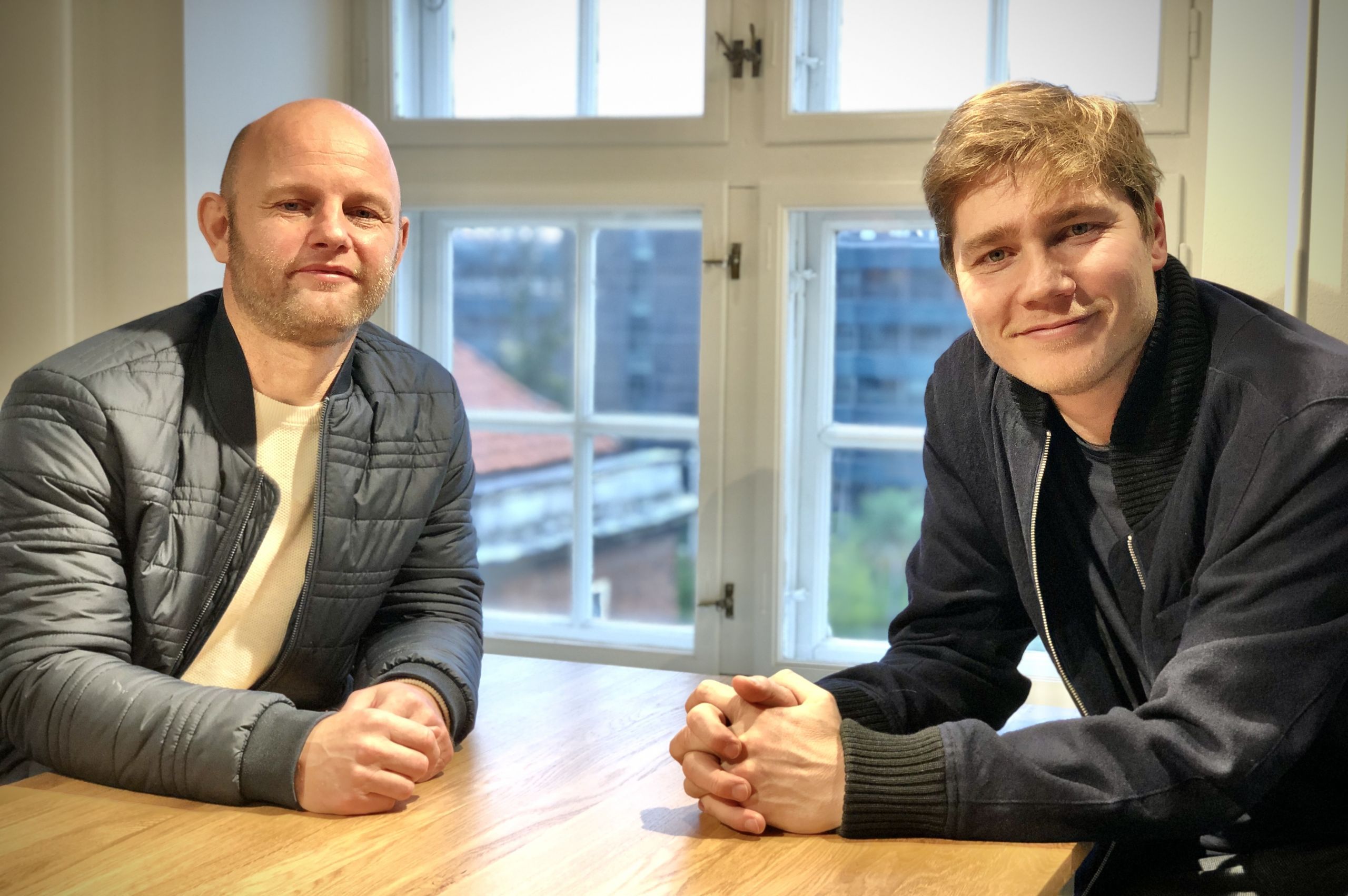
Mads Vigen, Project Manager, and Tore Klitgaard, Architect have spent countless hours on the renovations of the old police station, which has now been transformed into Station. (Photo: Anne M. Lykkegaard)
CBS has been the contractor behind the retrofit of the more than 100-year-old police station that has now been transformed into Station – A Student Innovation House. Tore Klitgaard and Mads Vigen from Estates Management at CBS reflect on the building process, which has exceeded “business as usual”.
Over the past few years, Frederiksberg’s more than 100-year-old police station has been transformed into a modern house with room for students to explore their innovative and creative ideas.
The house opened on October 9 thanks partly to the hard work of Tore Klitgaard, Architect, and Mads Vigen, Project Manager, from Estates Management at CBS, who have helped make the students’ wishes and dreams for the house come true.
“Our mission was to create a direct link from idea right down to the last nail, and I think we’ve pretty much succeeded,” says Tore Klitgaard who joined the project in the early stages back in December 2015.
At the beginning, the concept was to make a simple student house, especially for foreign students, but along the way it became a house with the scope to support societal innovation. The building, which covers 3,150 square meters, houses various kinds of rooms that differ in size and offer a range of functionalities designed to accommodate the activities defined by the meeting between stakeholders and the house.
“It has been a special building process, as we have collaborated closely with the students. As the building owner, CBS sits at the head of the table when it comes to construction, but it’s a partnership that can best be described as a marriage. We have had to figure it out together, and our ‘business as usual’ approach has been challenged, which has been good for everyone,” says Tore Klitgaard.
More specifically, Mads Vigen and Tore Klitgaard have been in charge of making sure everything has run smoothly throughout the process, including keeping track of deadlines, observing the budget, and delivering the quality required by the students.
“The collaboration has been good, but also very different from what I’m used to from other building projects. In other cases, CBS is the one making the decisions, but here the success criterion was to fulfill the needs of the users,” says Mads Vigen and explains that colleagues from Estates Management, Campus Services and IT too have been heavily involved in the building process – and still are.
“I have really enjoyed the complexity of this project. Yes, it has been difficult at times, that’s how it is for project managers, but I think we have created a great house for the students,” says Mads Vigen.
Tore Klitgaard emphasizes that the collaboration with the students has been a driving motivation throughout the year-long process.
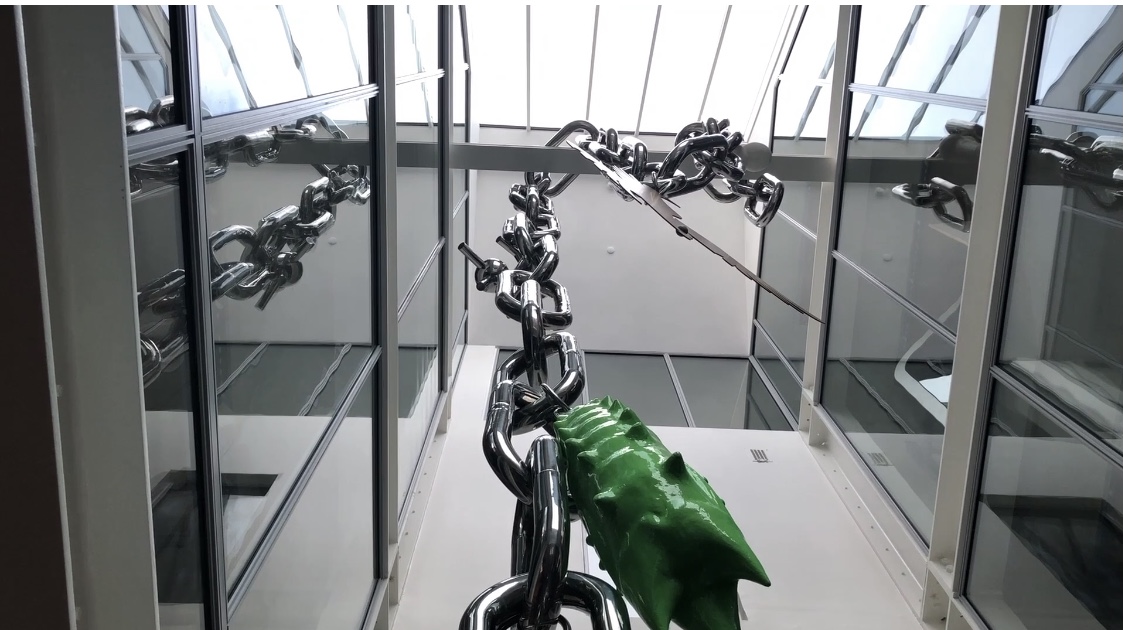
“The students’ energy has kept my nose to the grindstone. I have seldom lacked motivation during this process. It has never been something I just want to get over and done. And I really appreciate that they have insisted on the house being something special,” he says.
Coronavirus – not only an ill wind
The house opened on October 9, right on time. The lockdown did not have a huge effect on the building process – in fact, in one sense it was an advantage.
“When coronavirus hit, I was told by René Steffensen that the project would not close down. The workmen could continue. However, Tore and I were not allowed there to begin with, which created some challenges, as we couldn’t keep track of progress in person. We also had some delivery delays, but despite that, we prevailed without lengthy delays,” explains Mads Vigen.
Tore Klitgaard explains that he and Mads Vigen eventually received permission to visit Station, and then something unexpected happened.
“The project was allowed to continue, even though other contractors had to close down work on their projects, which meant that the entrepreneur could send more people to Station. So coronavirus was not only an ill wind in a CBS perspective,” he says.
A house to be explored
The old police station is listed as ‘worthy of preservation’, which also covered the building process. For example, the building façade could not be changed significantly, and as the renovations progressed, the students and Tore Klitgaard discussed how to preserve some of the building’s old spirit and history.
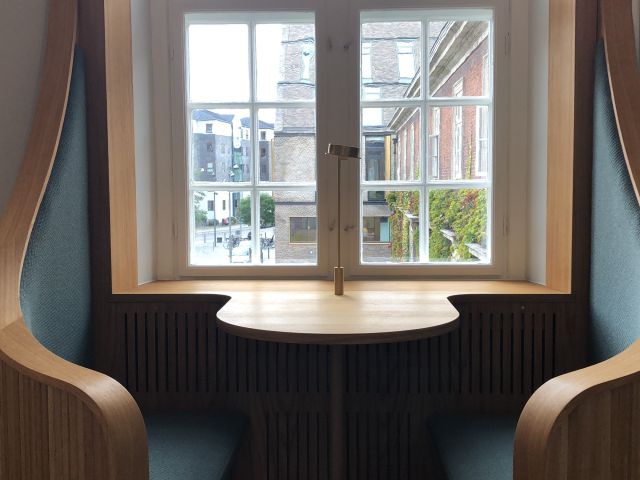
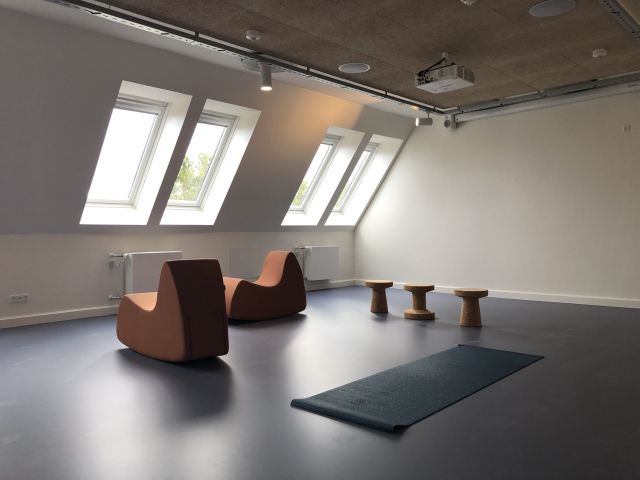

“The house is a building to really be explored. In the atrium, we have kept a window from an old bathroom including the tiles, and that’s funny, as bathrooms are usually a private space, but now it’s visible, and it makes a contrast to the most public space of the building. We have also kept a cell where prisoners had to wait to have their mugshots taken and turned it into the entrance of the elevator at that floor,” says Tore Klitgaard and continues:
“And all these were requests from students wishing to preserve these little stories in the house to make the transformation of the house into a timeline that so fare spans over 100 year.”
According to Tore Klitgaard, one of the subcontractors has nominated the project for the architectural award called “Lille Arne” (Little Arne after the famous Danish architect, Arne Jacobsen).
“Little Arne is given to projects that stand out and are different from other projects. So that’s exciting,” says Tore Klitgaard and adds:
“I’m very happy about the result.”



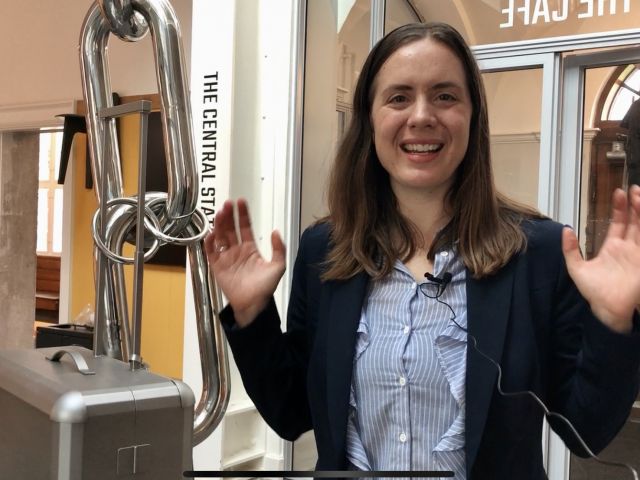

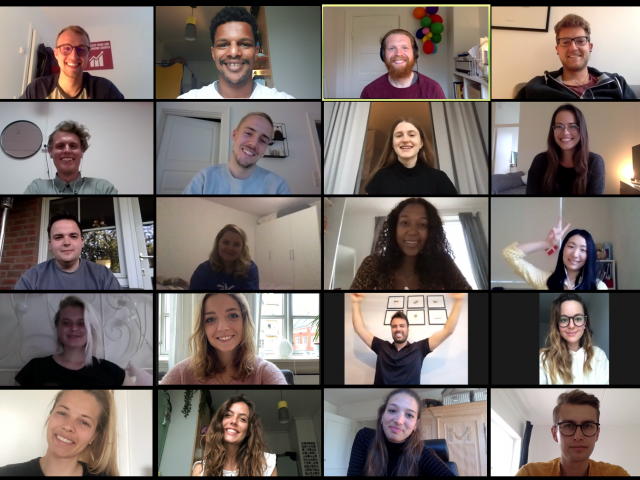
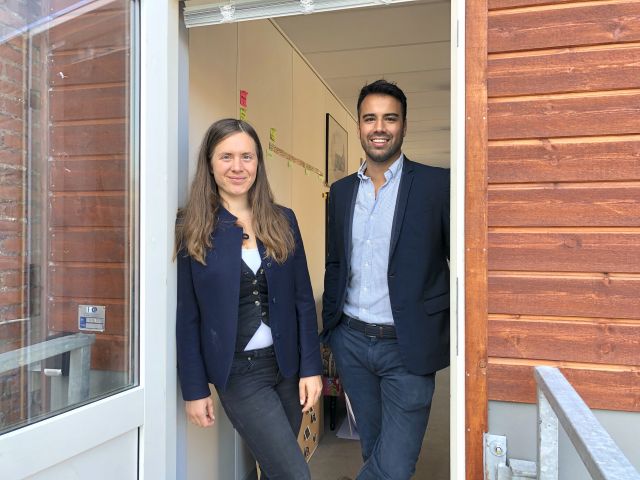
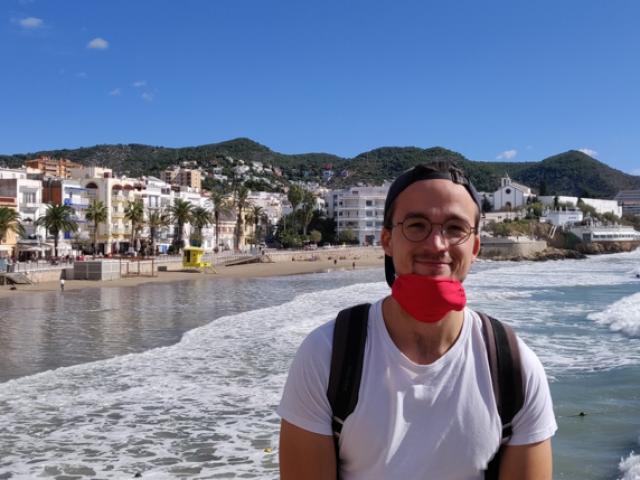
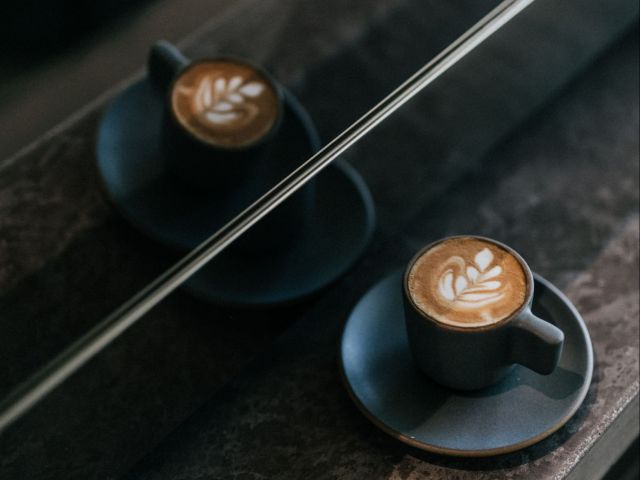
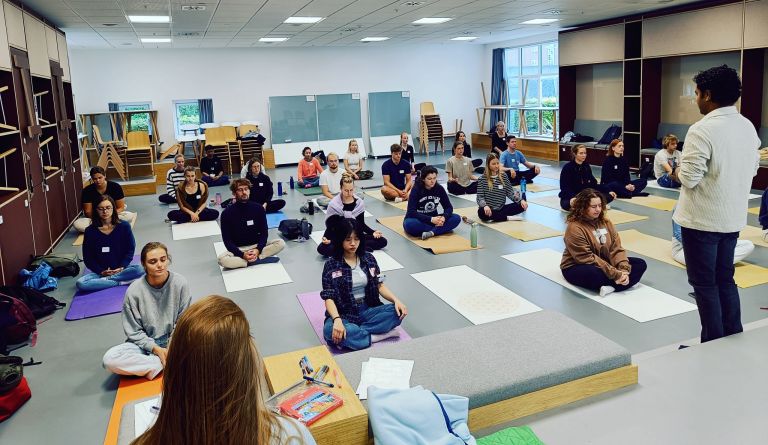
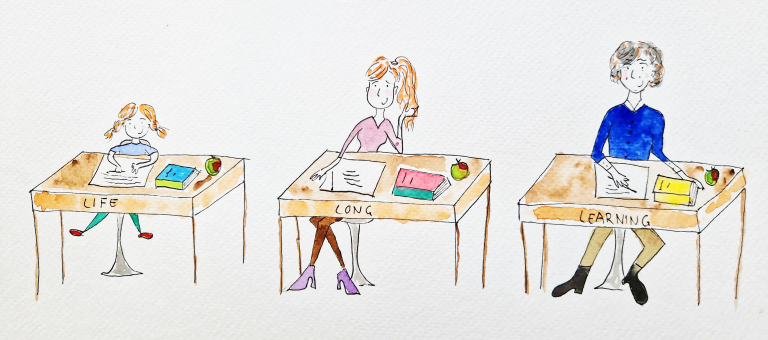
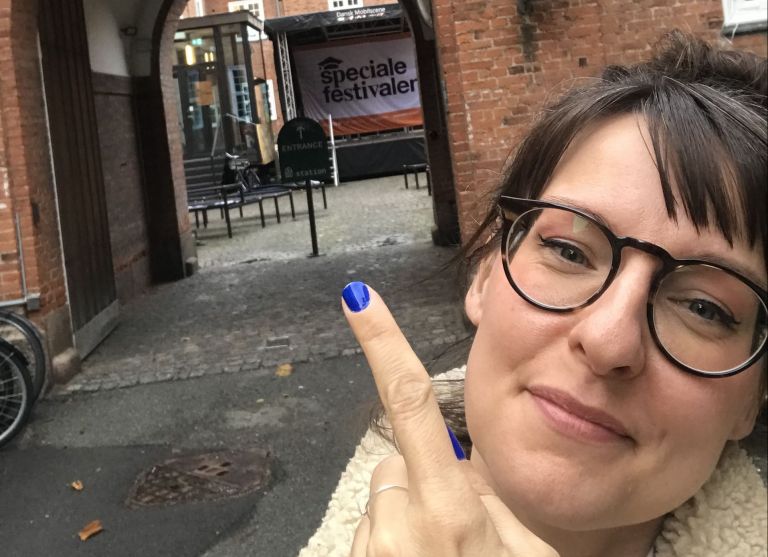

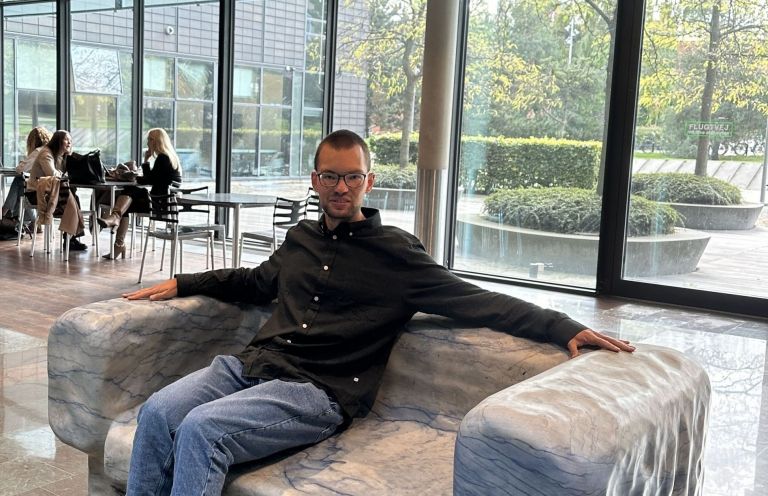
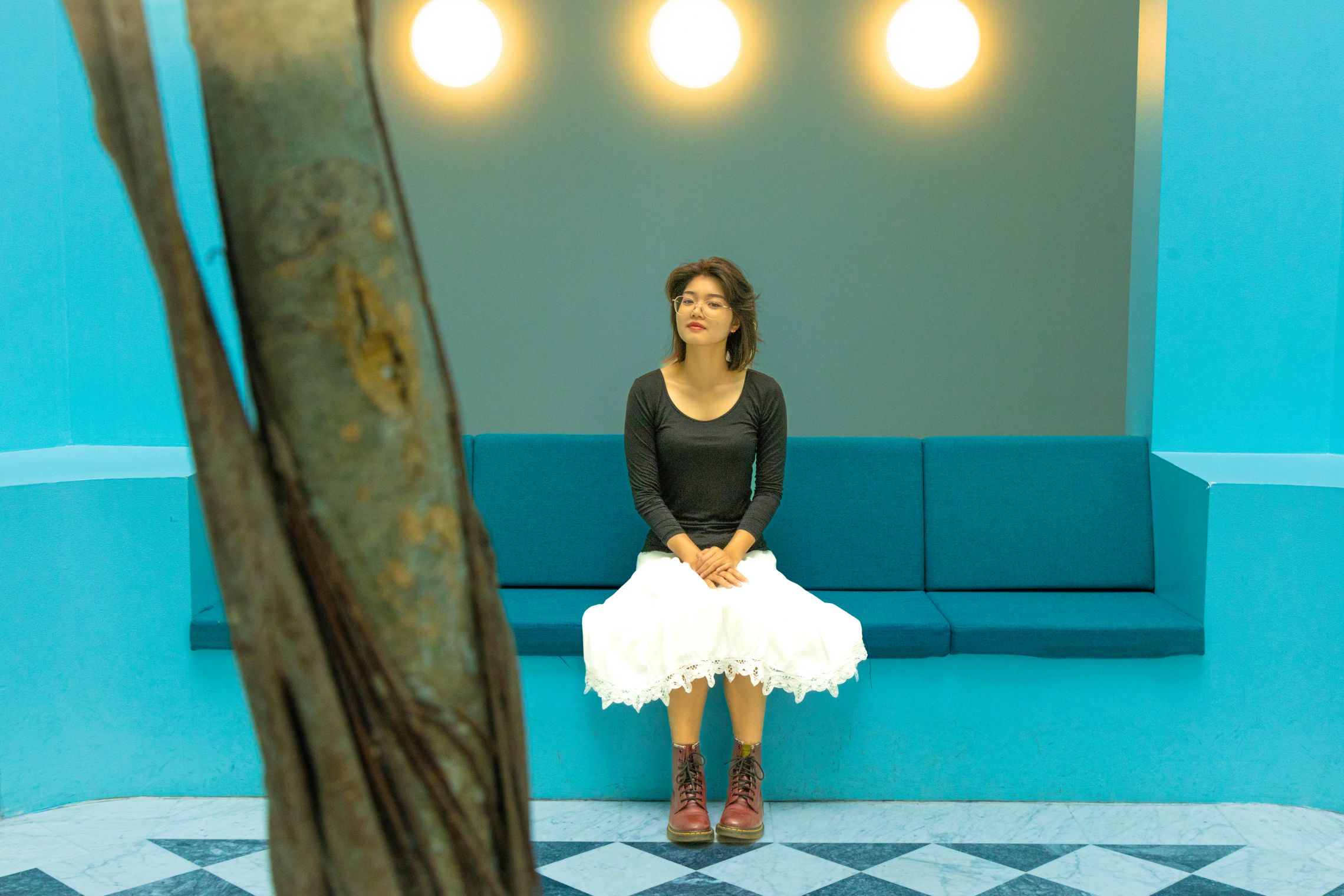


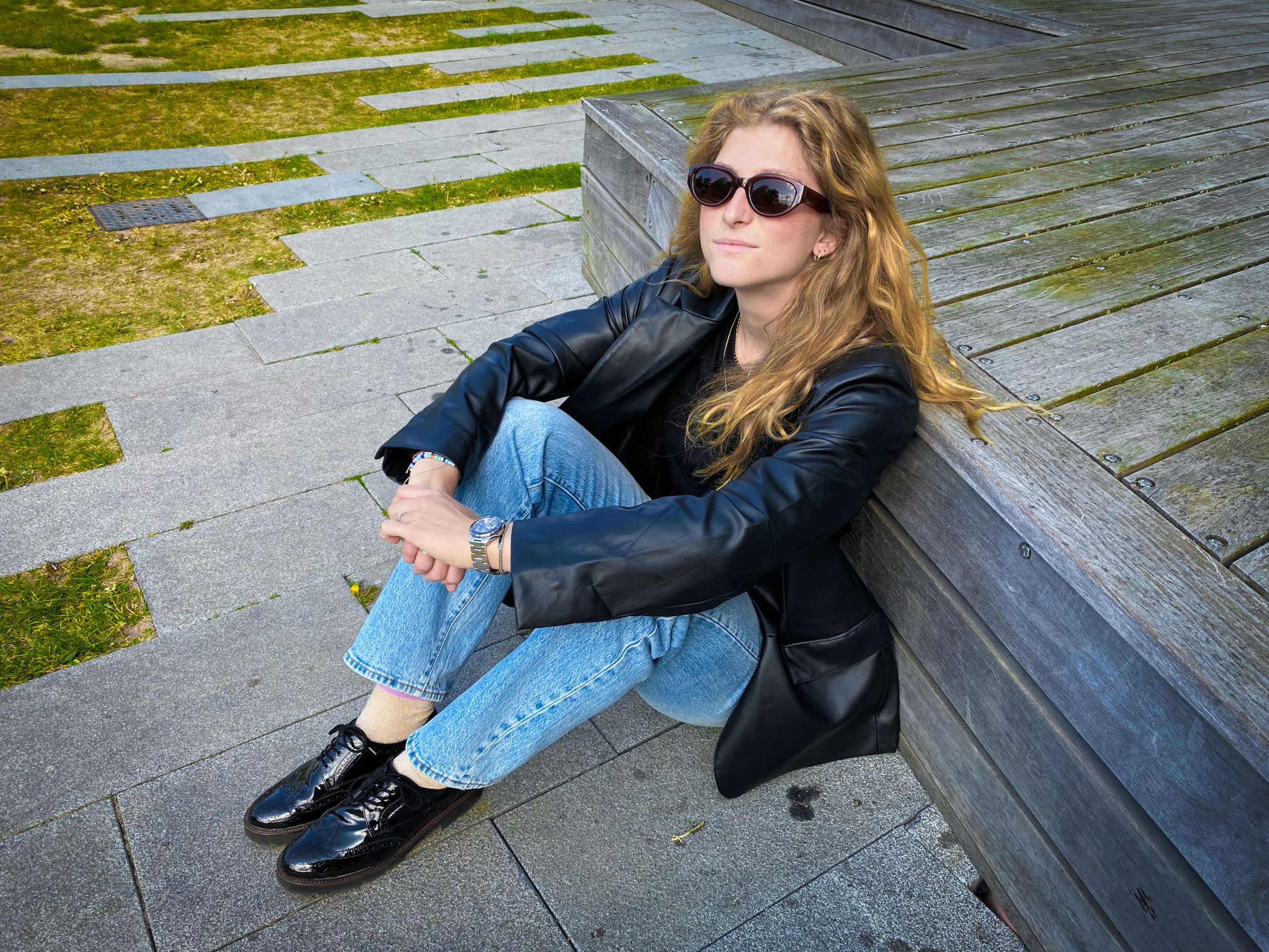
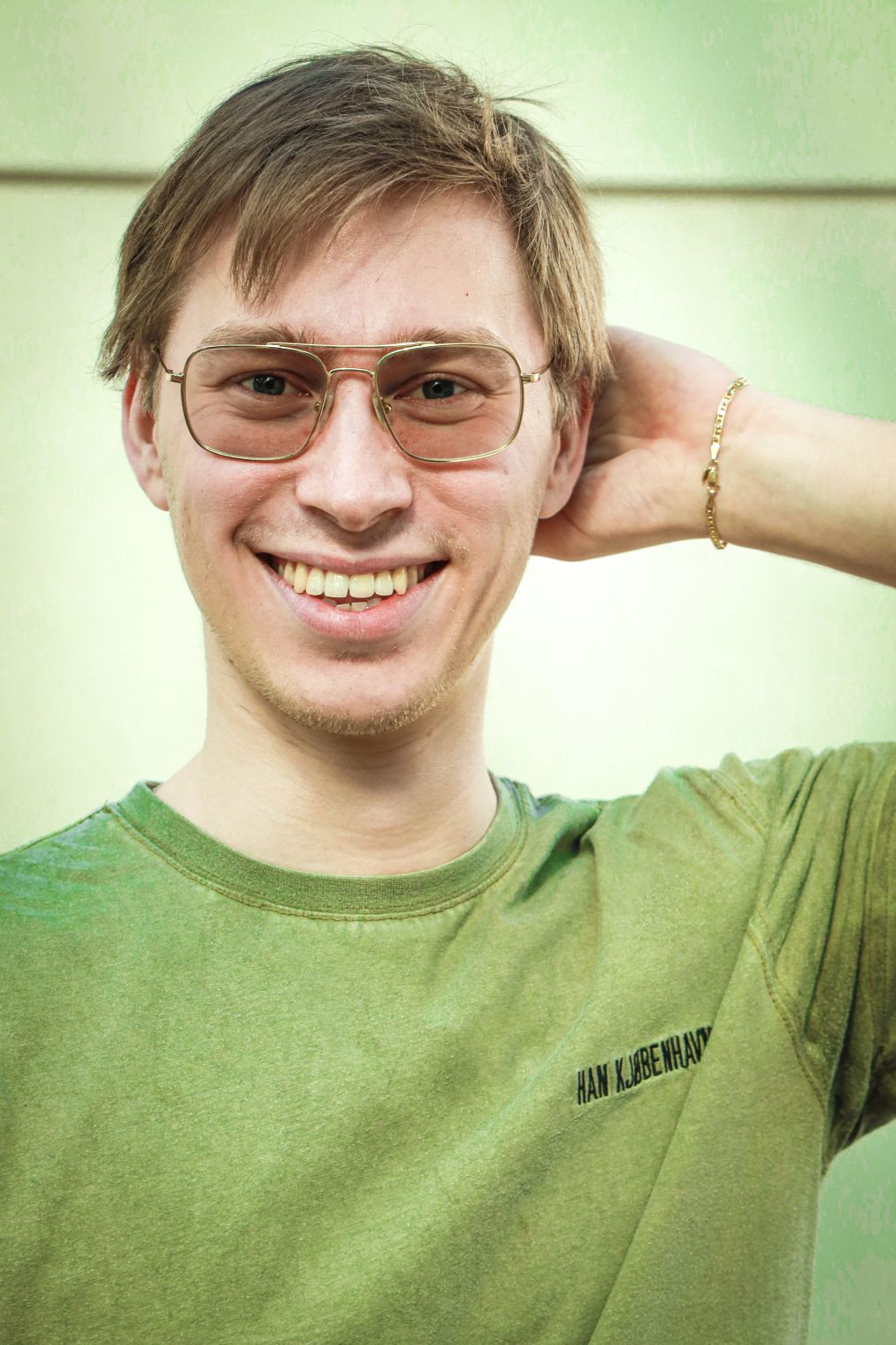
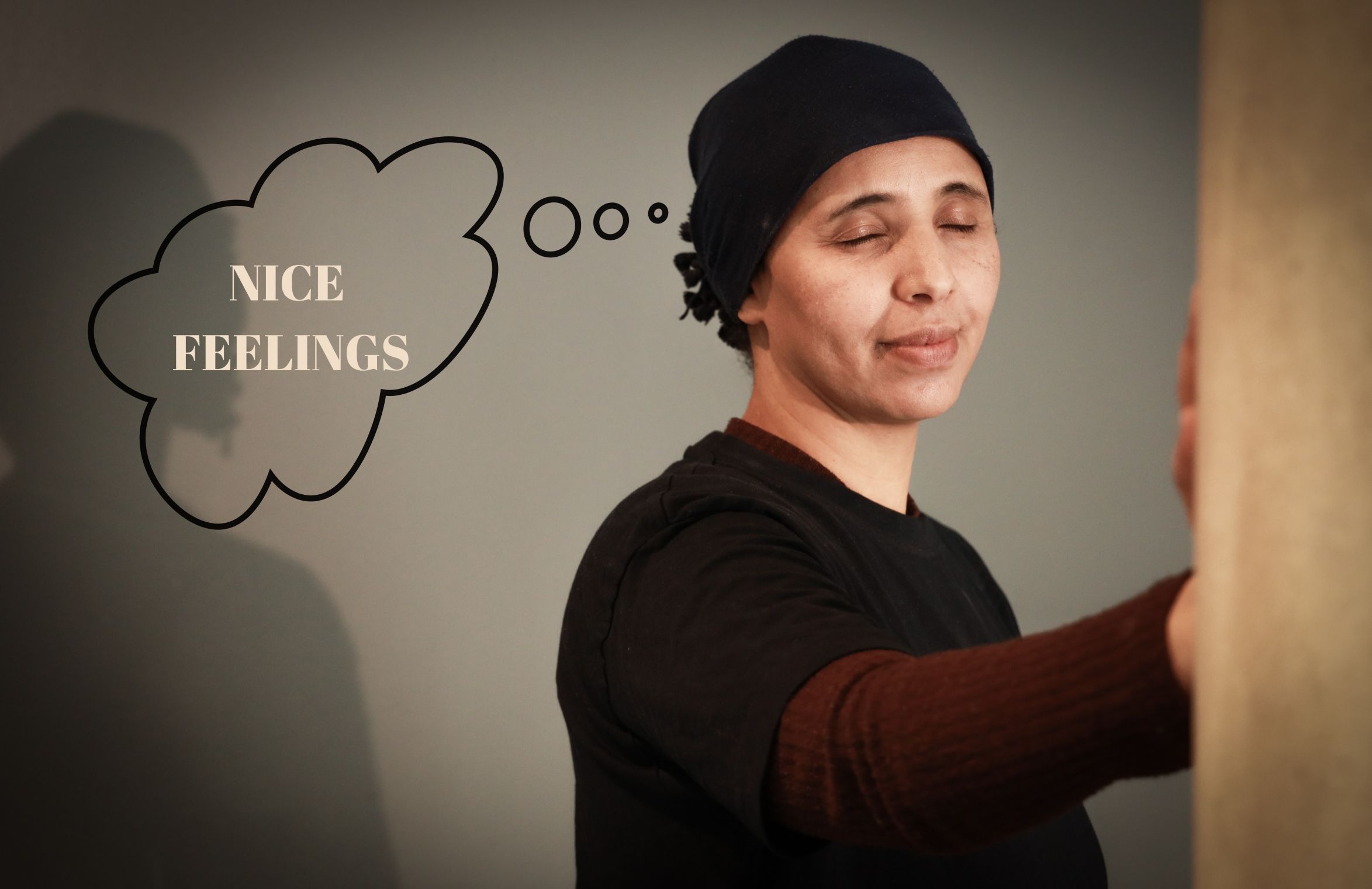
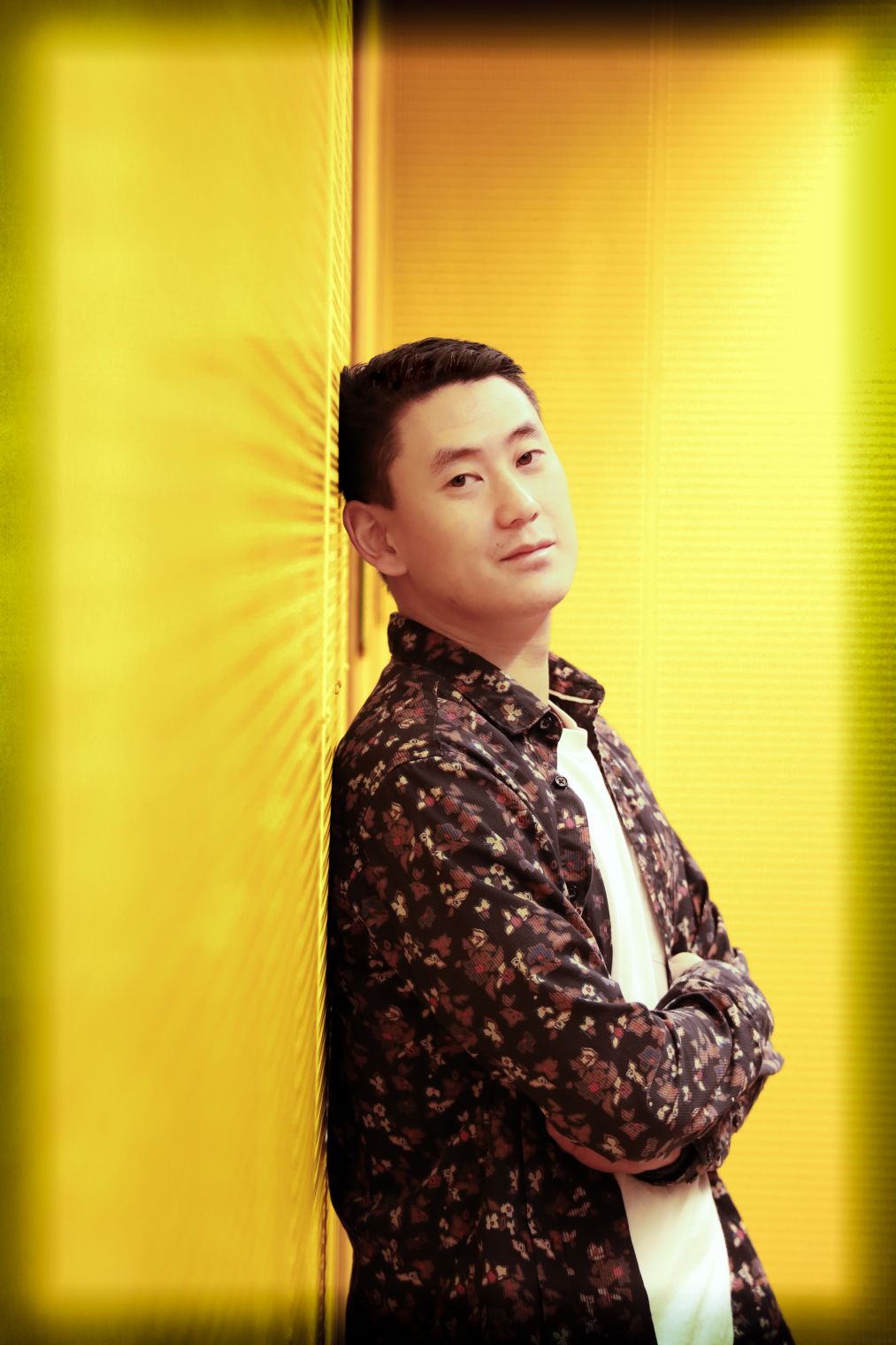


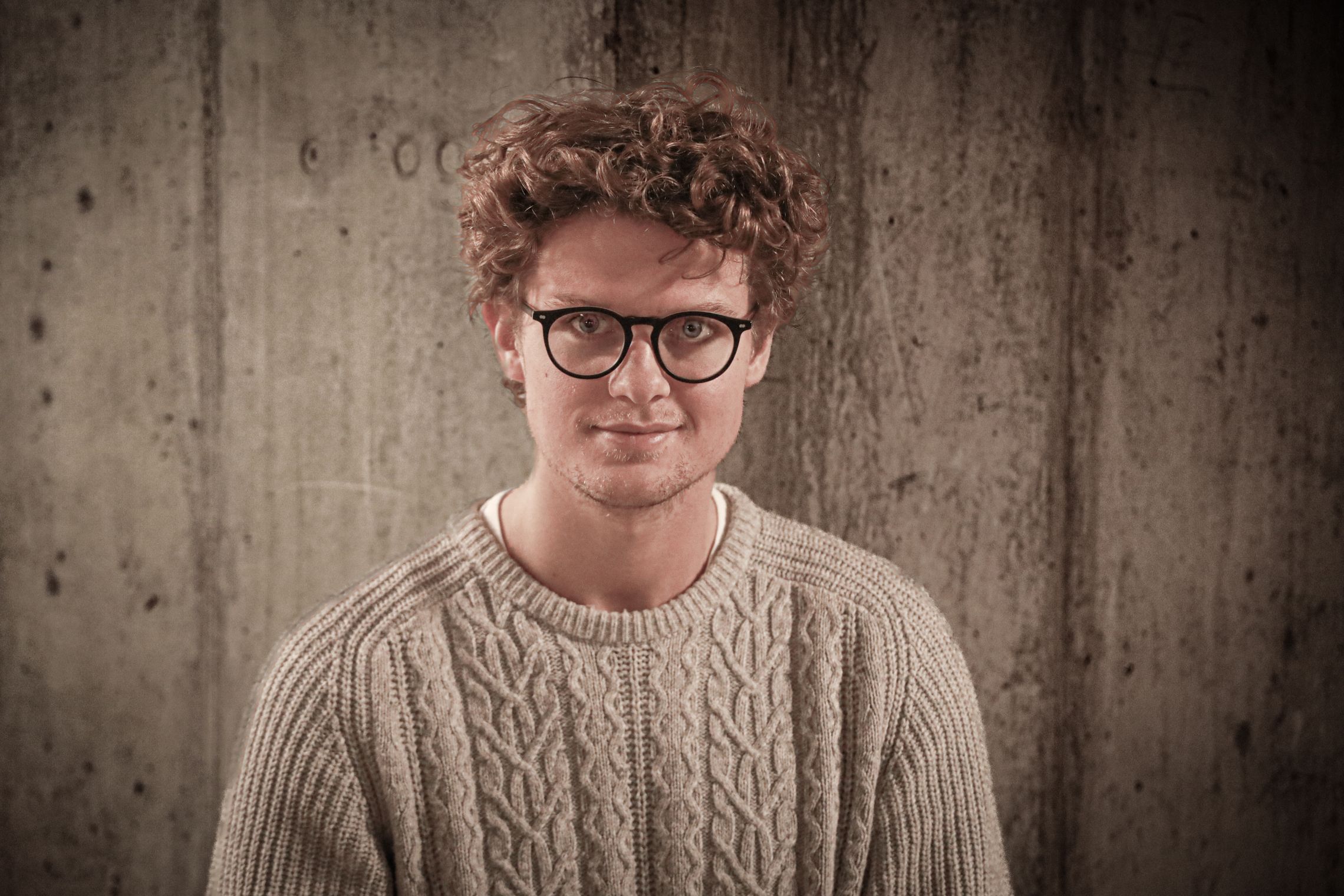



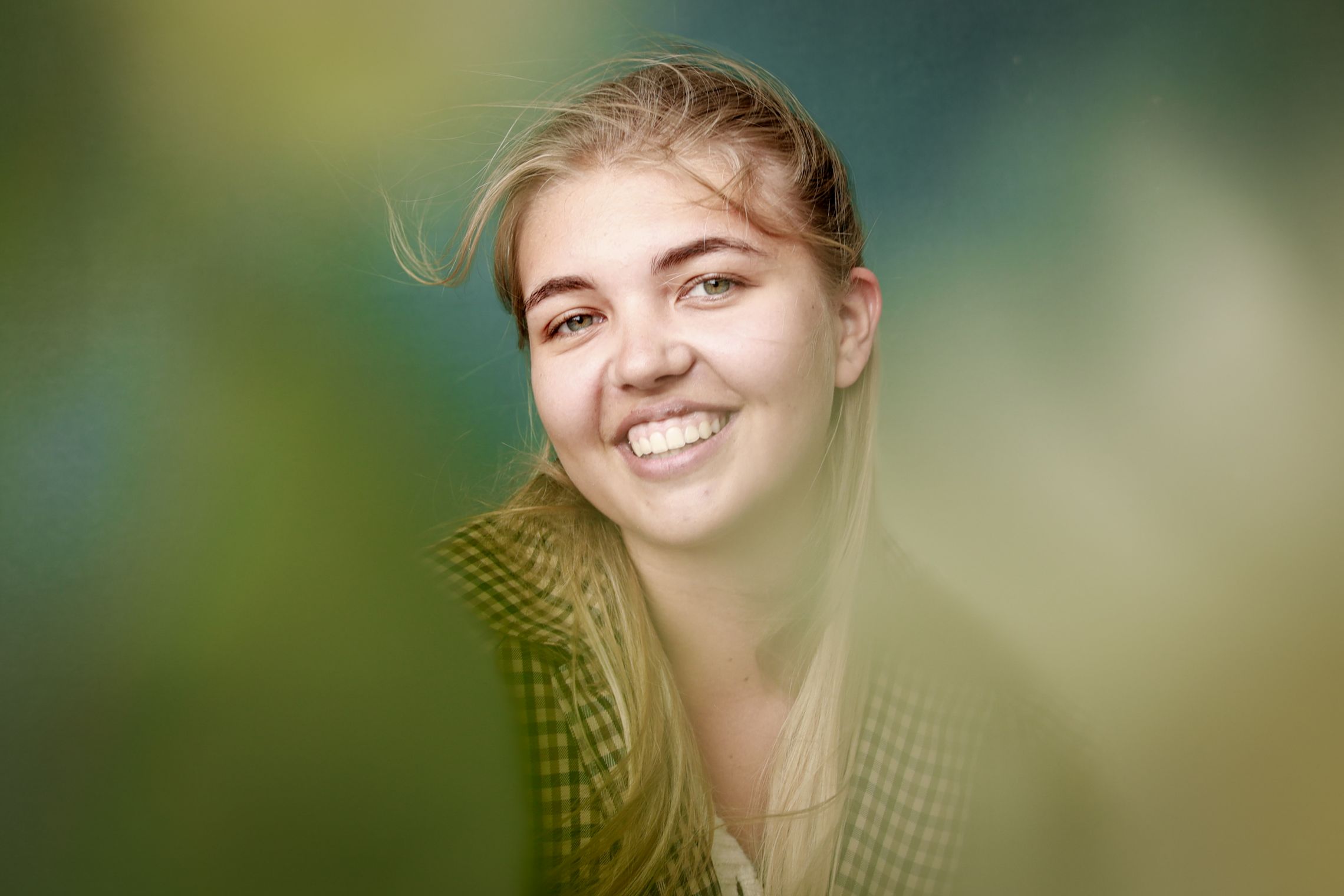
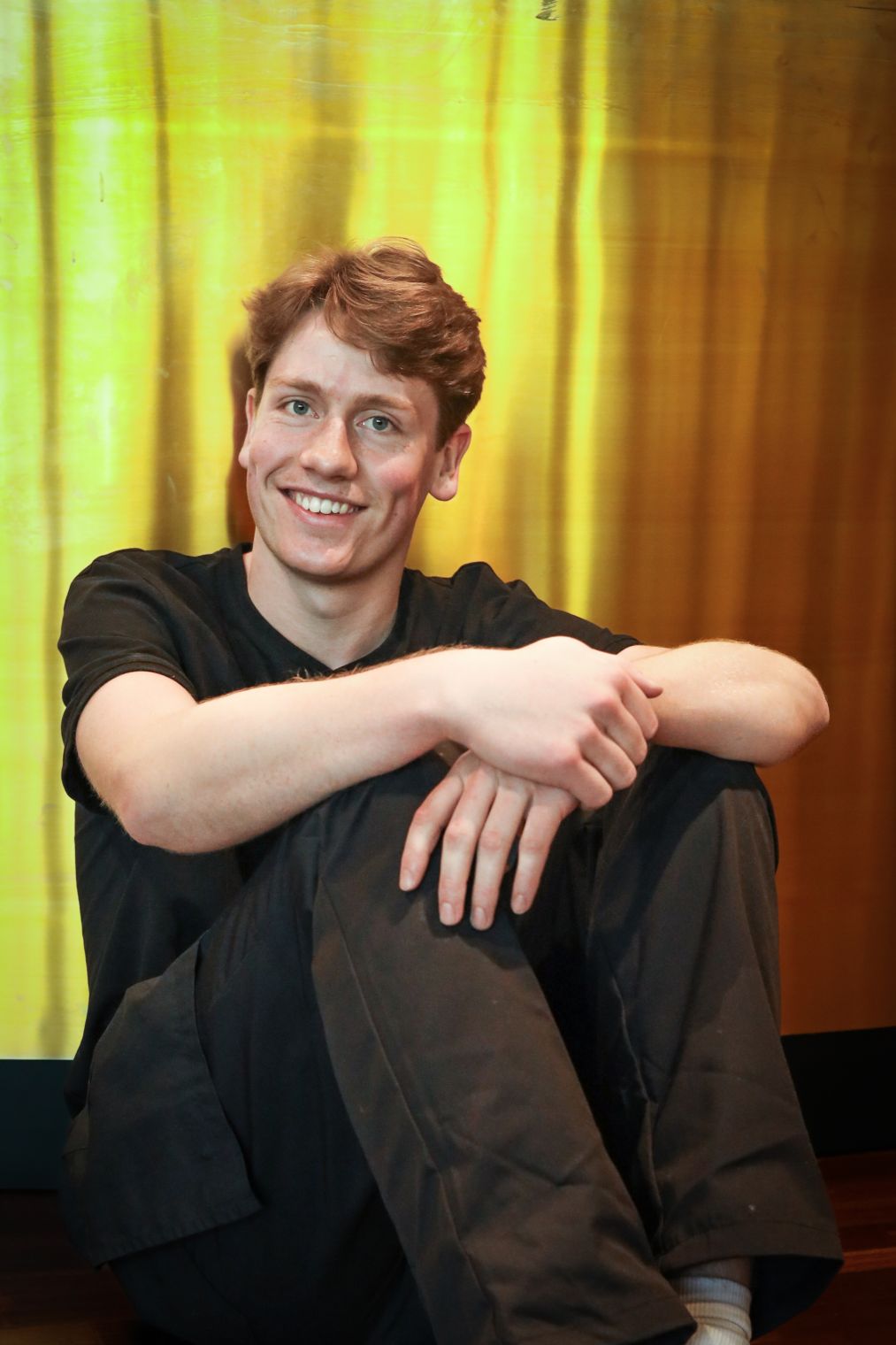
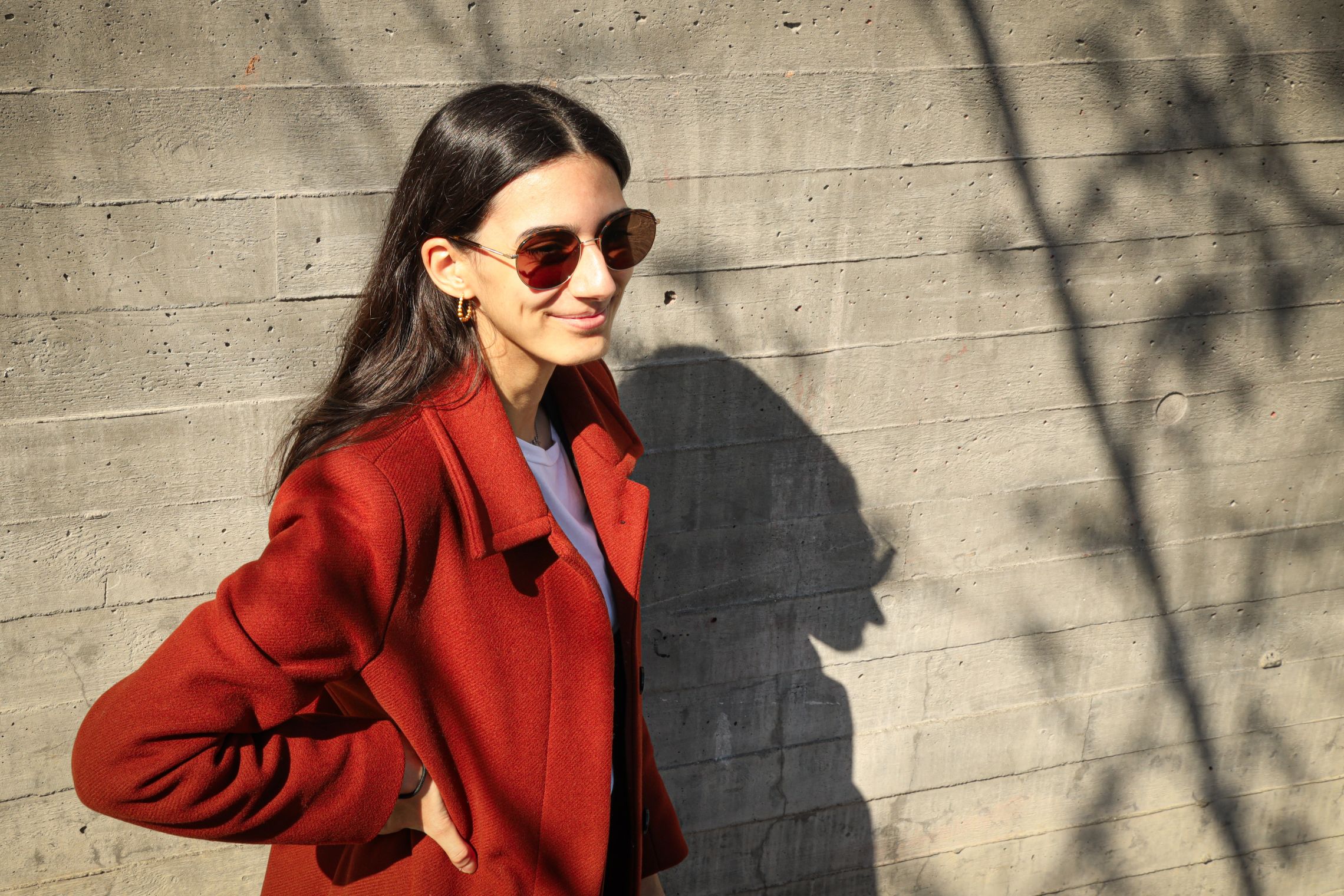
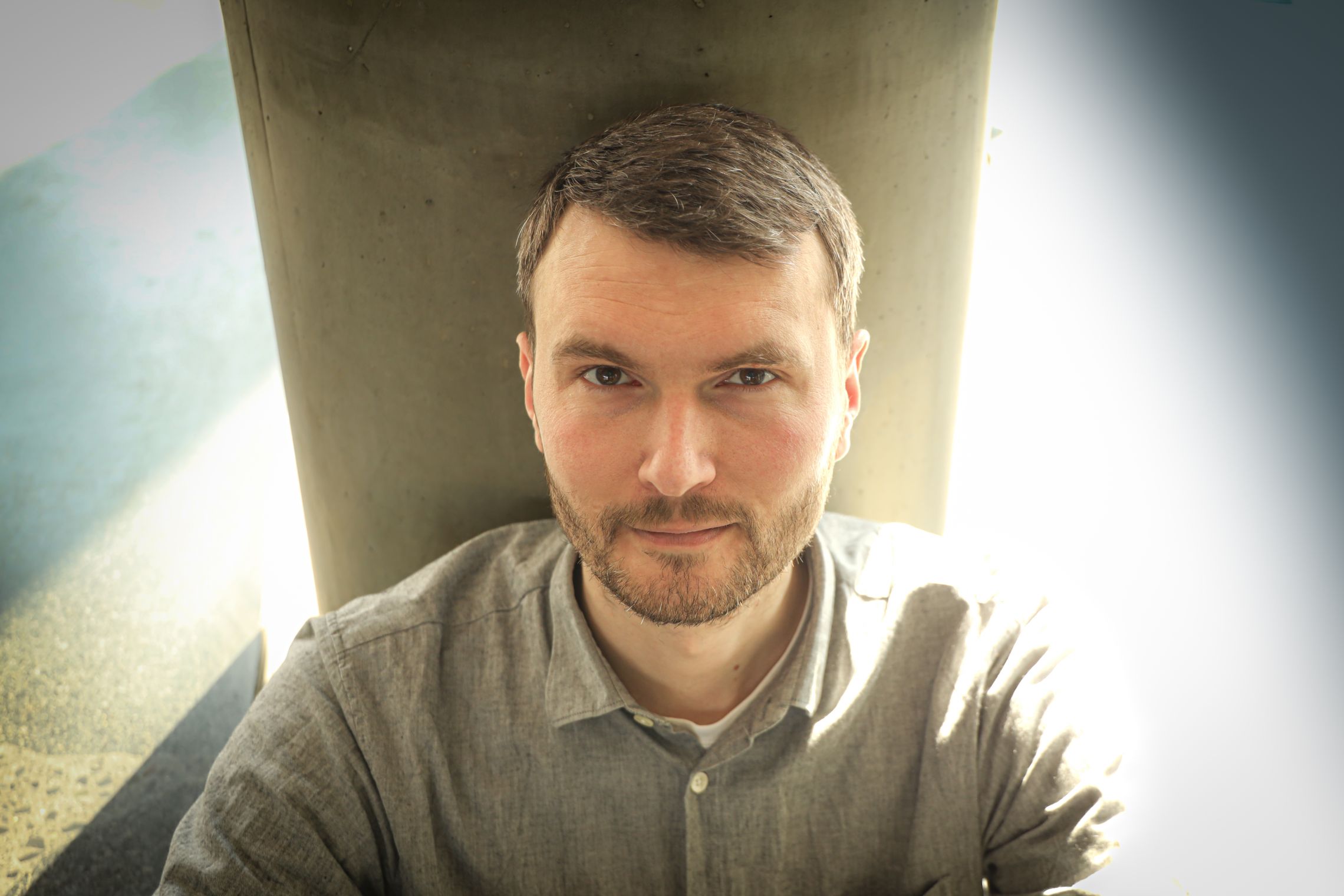
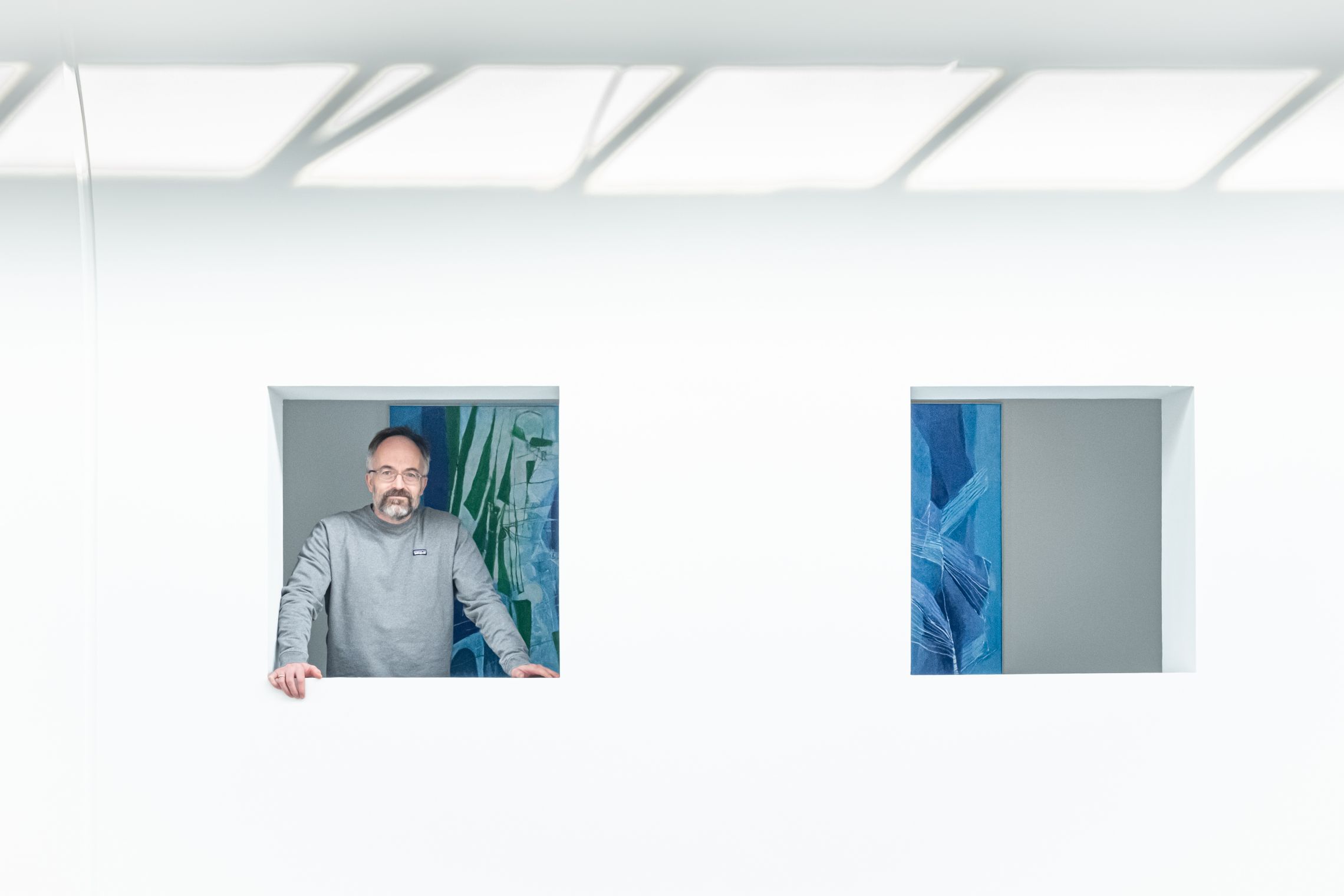

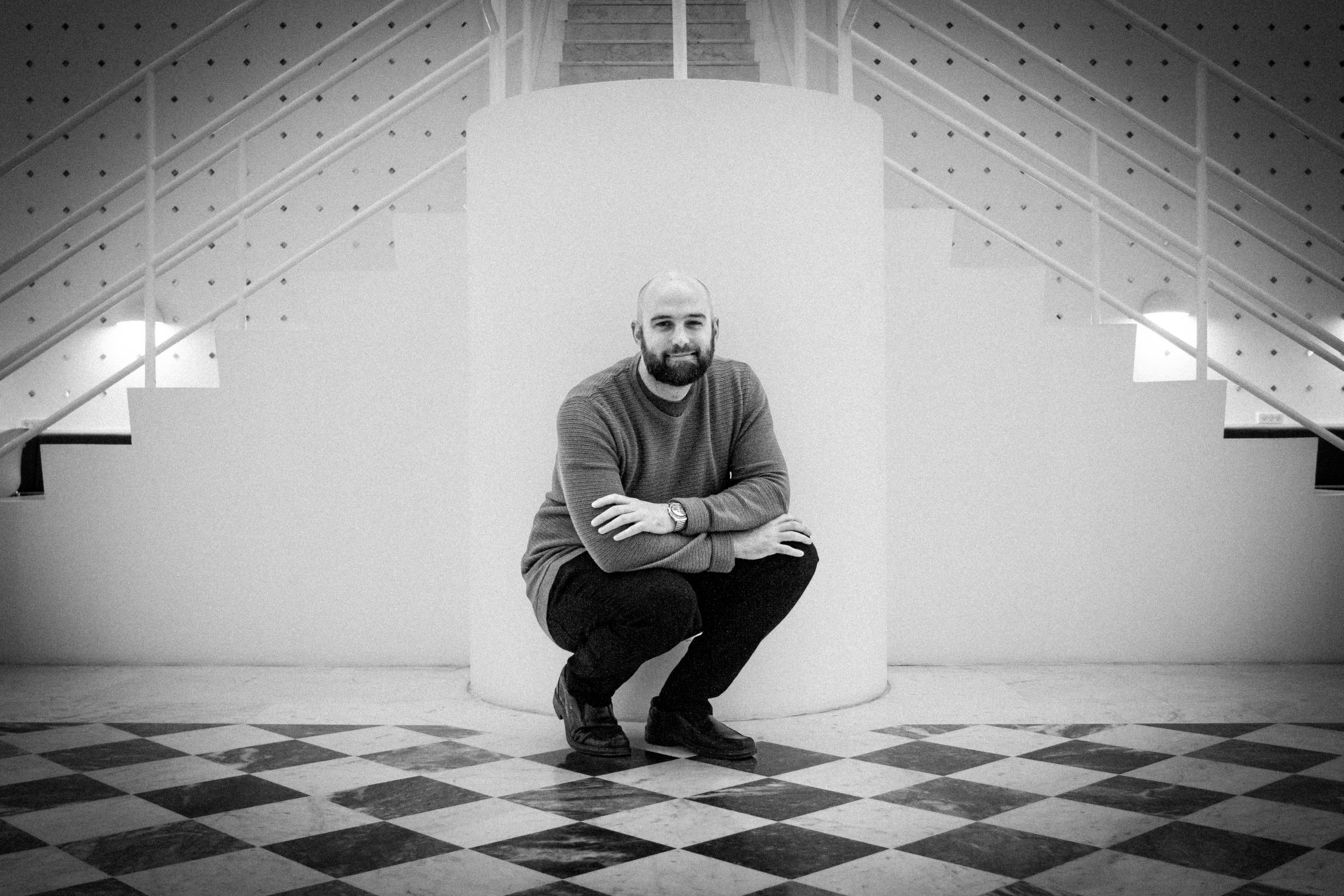
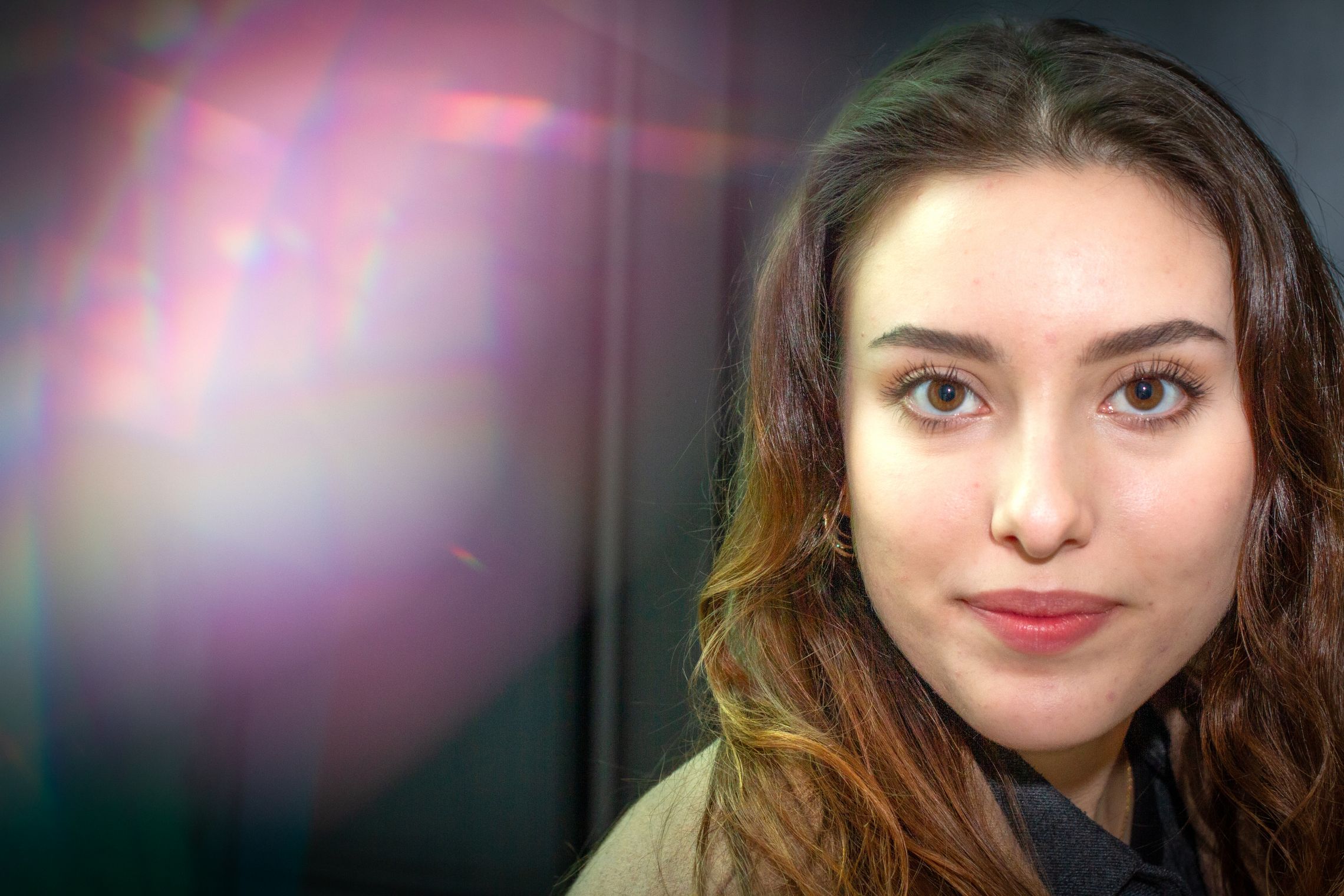
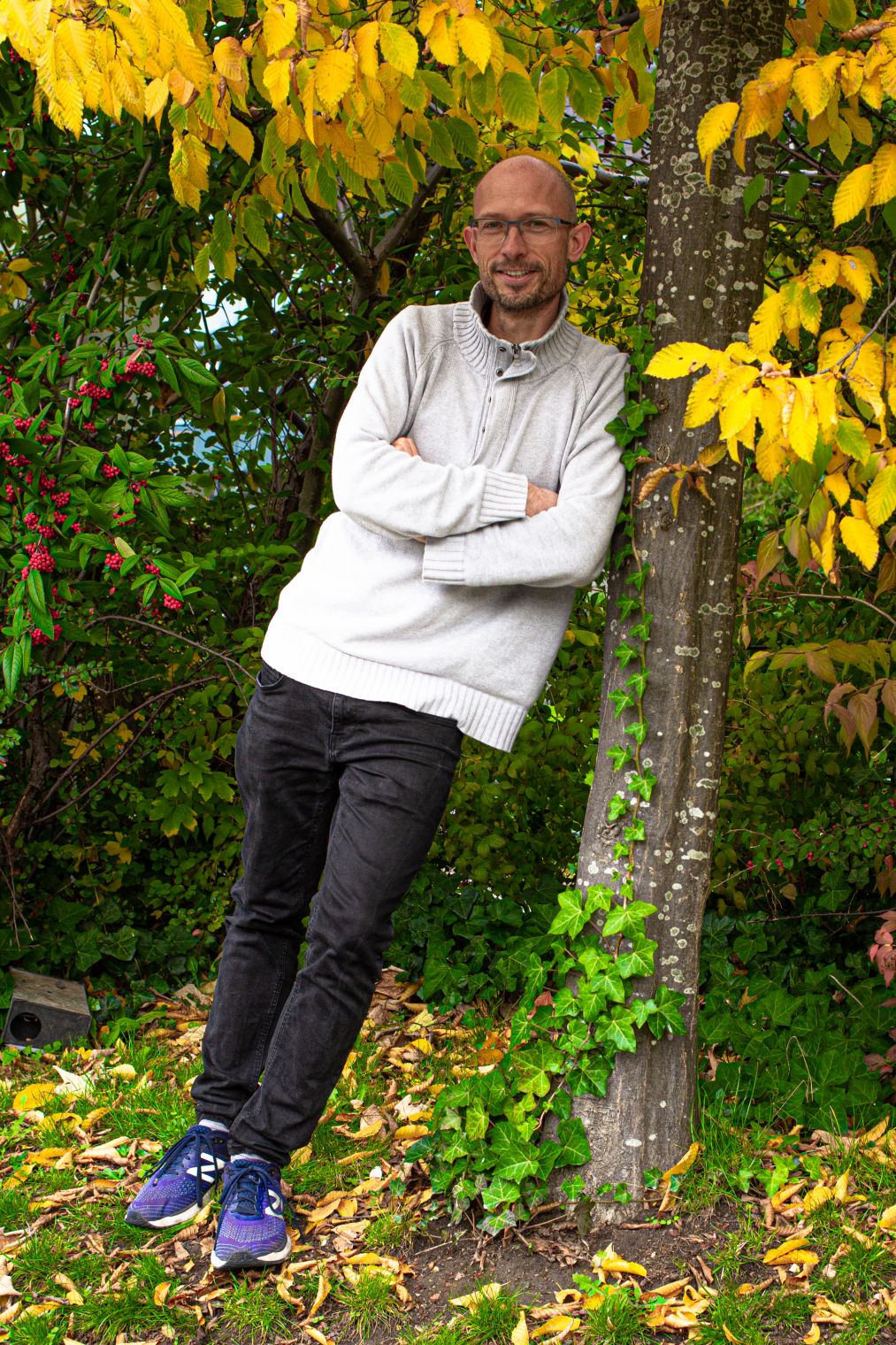
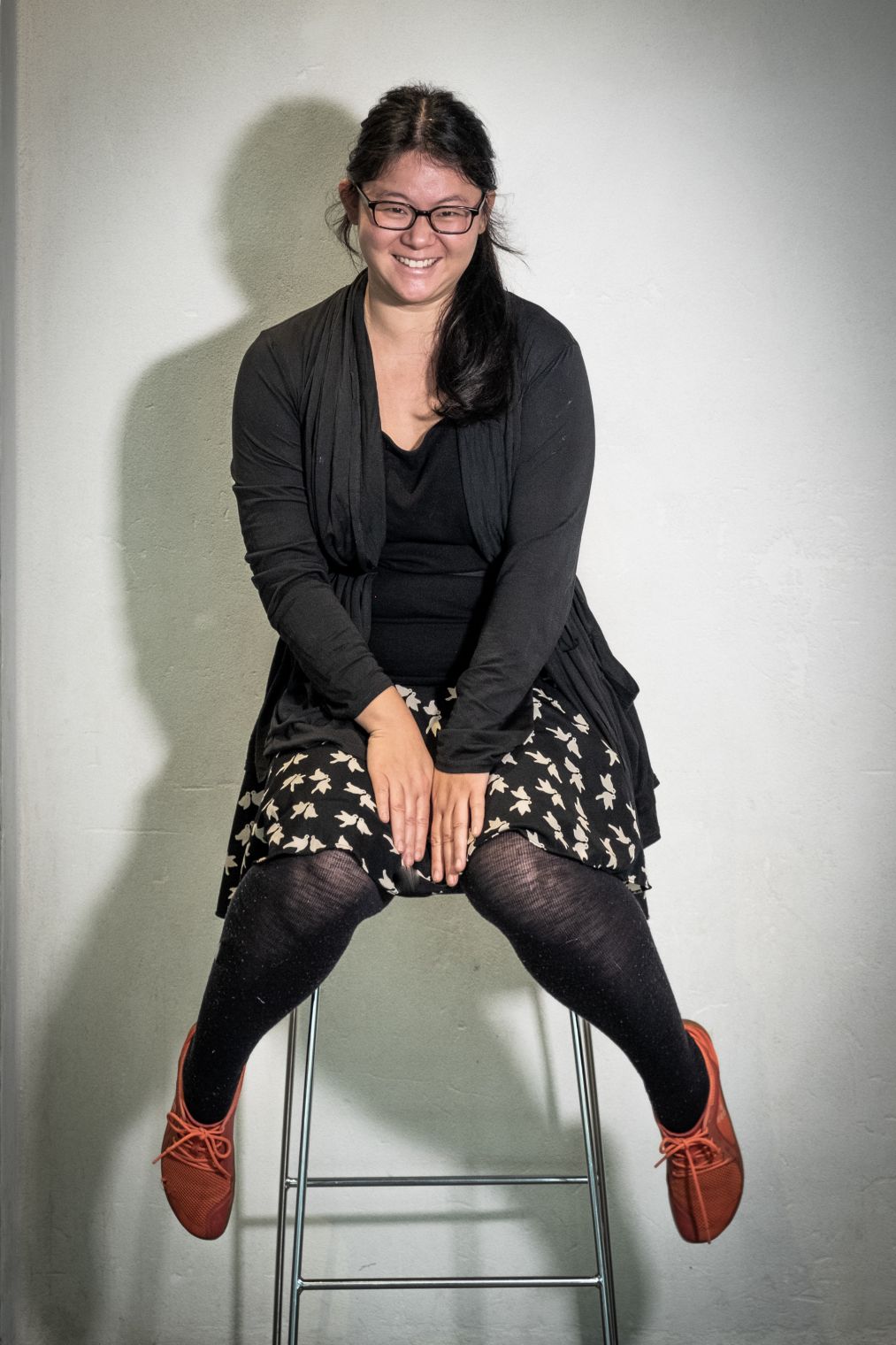


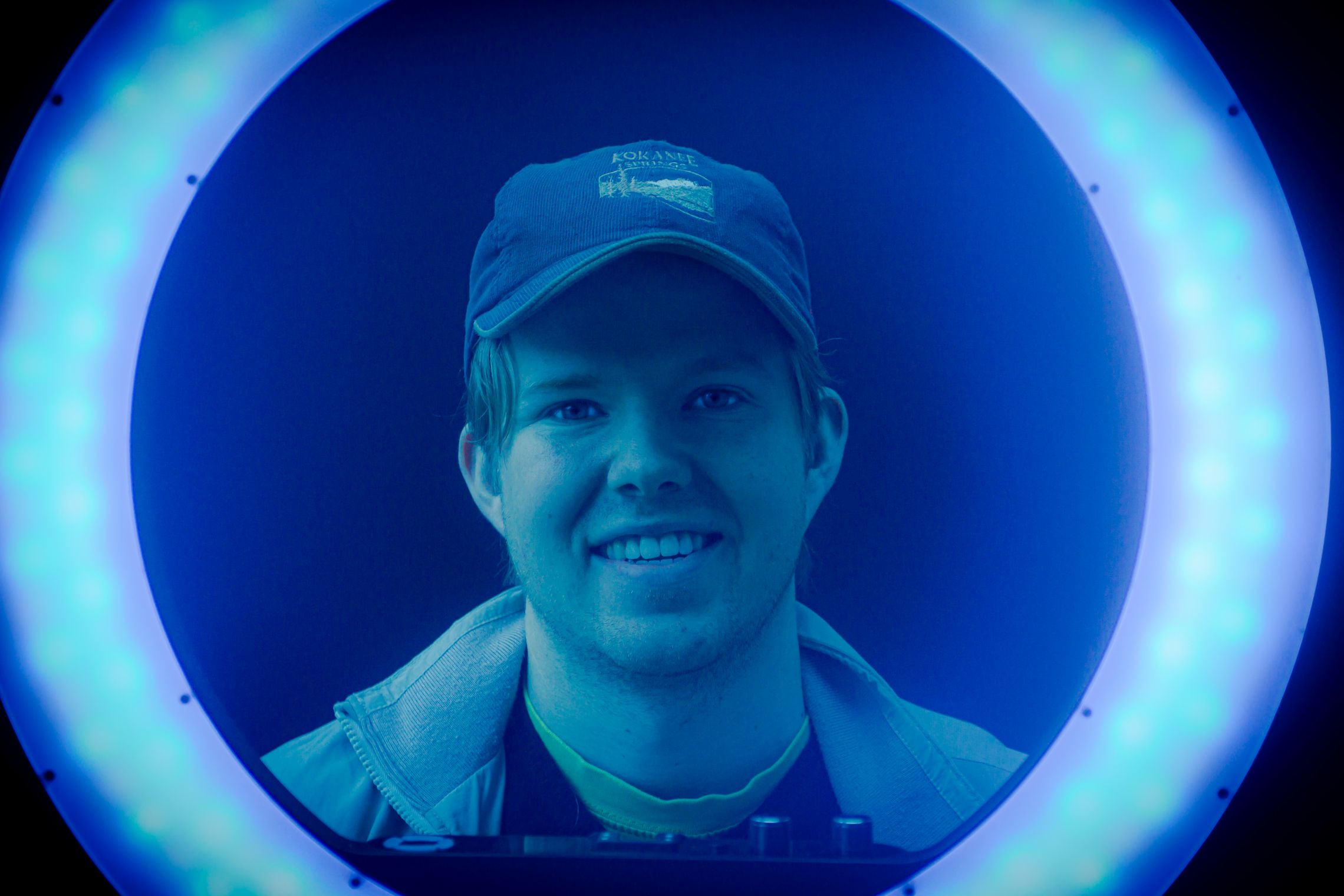
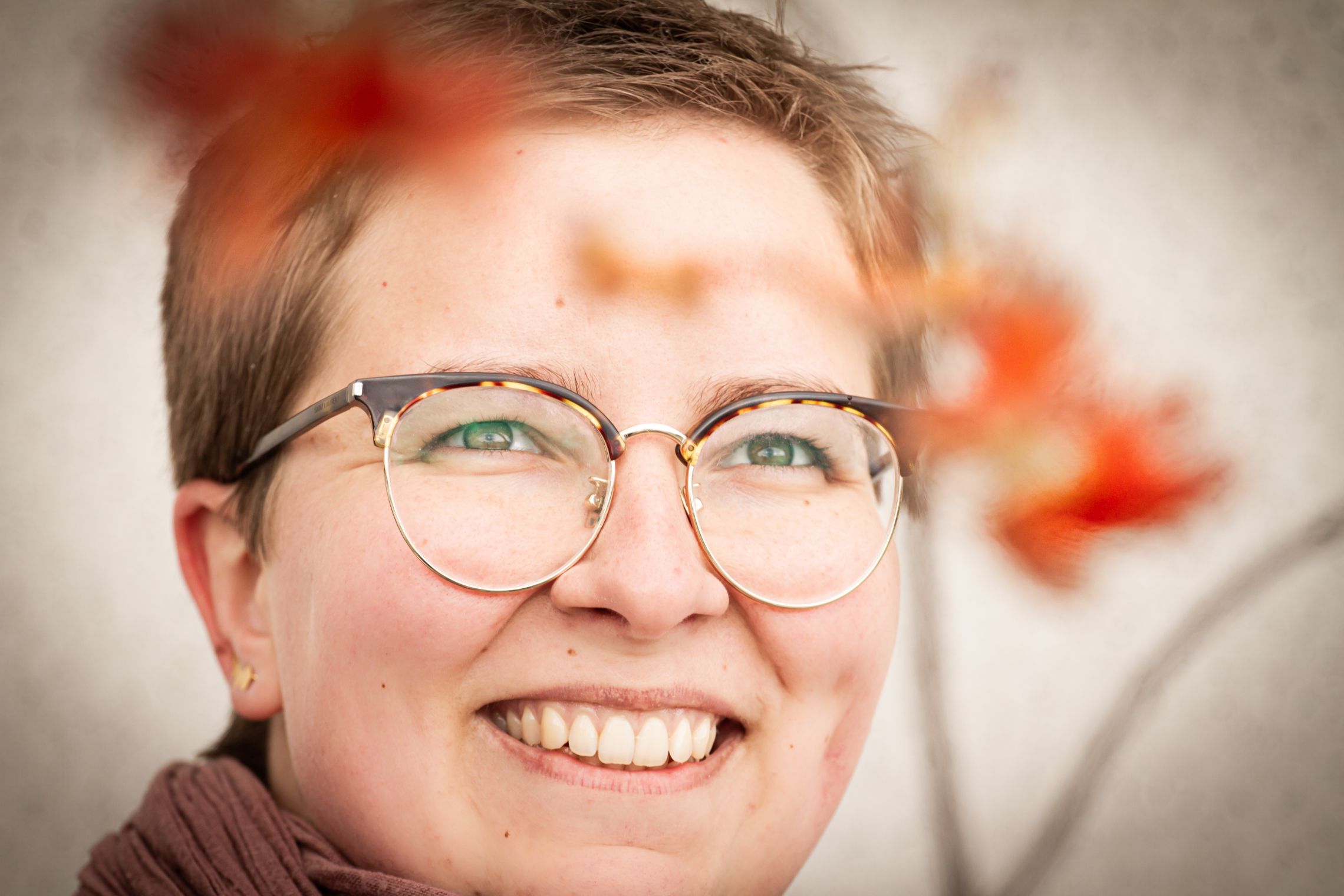
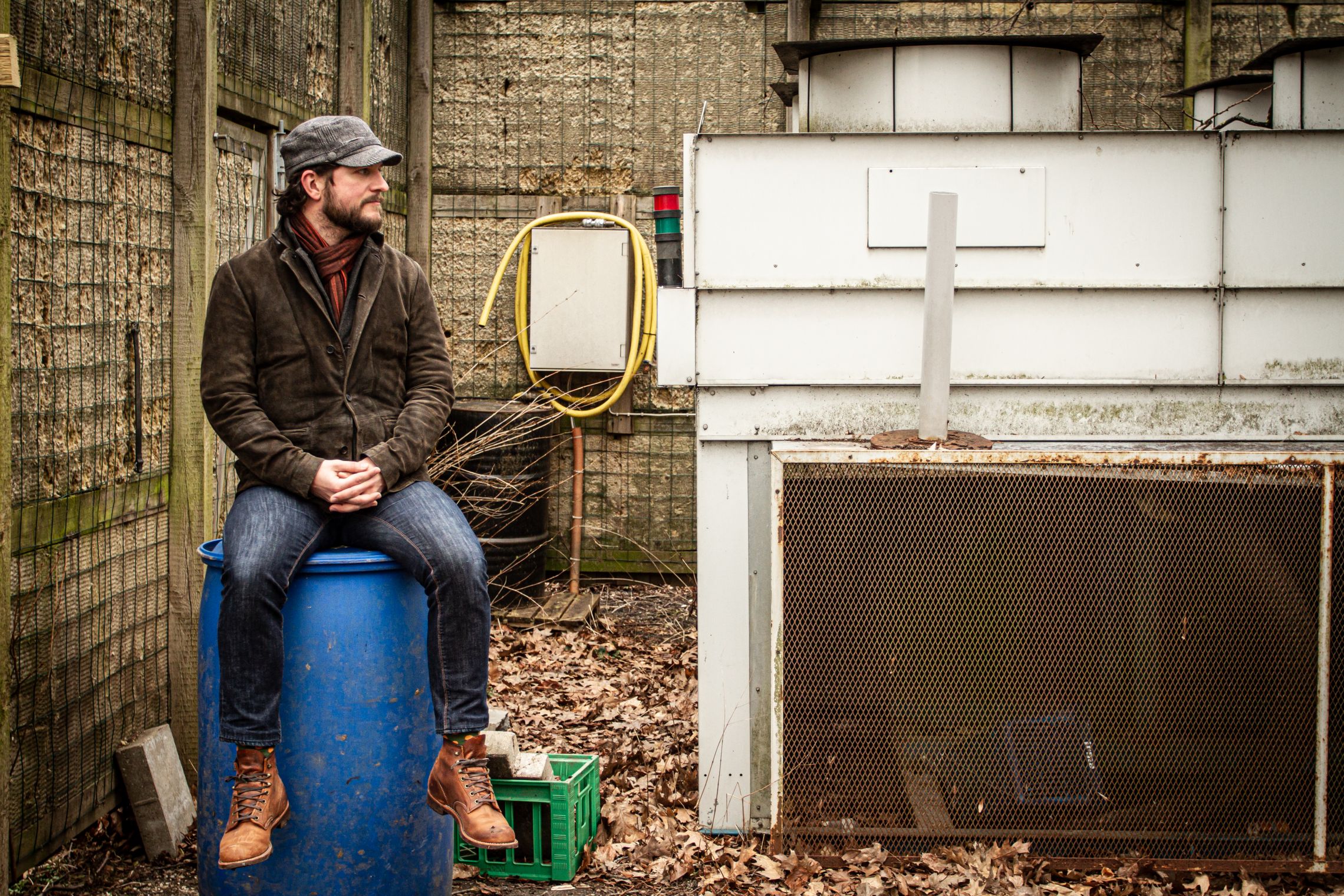
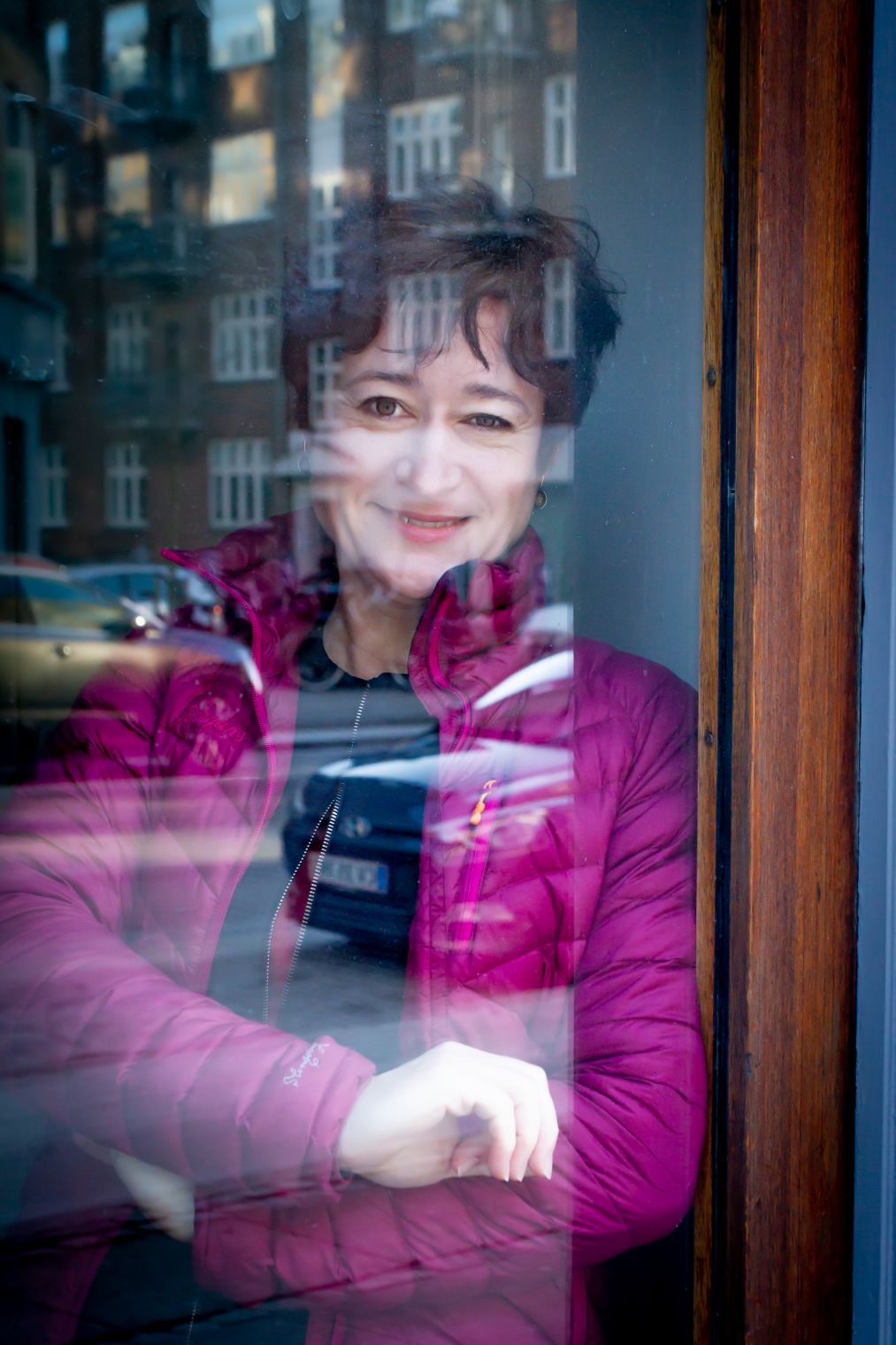
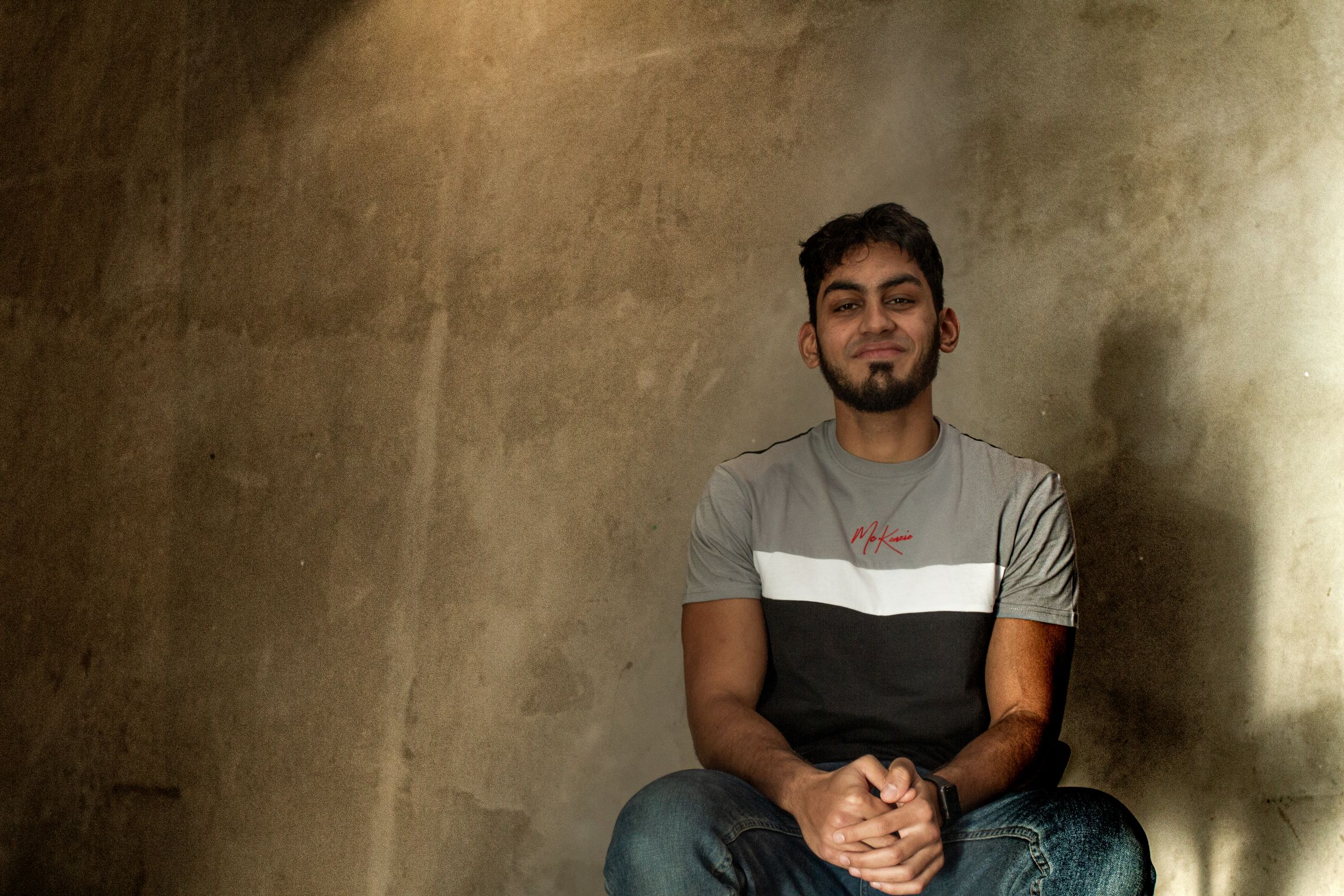
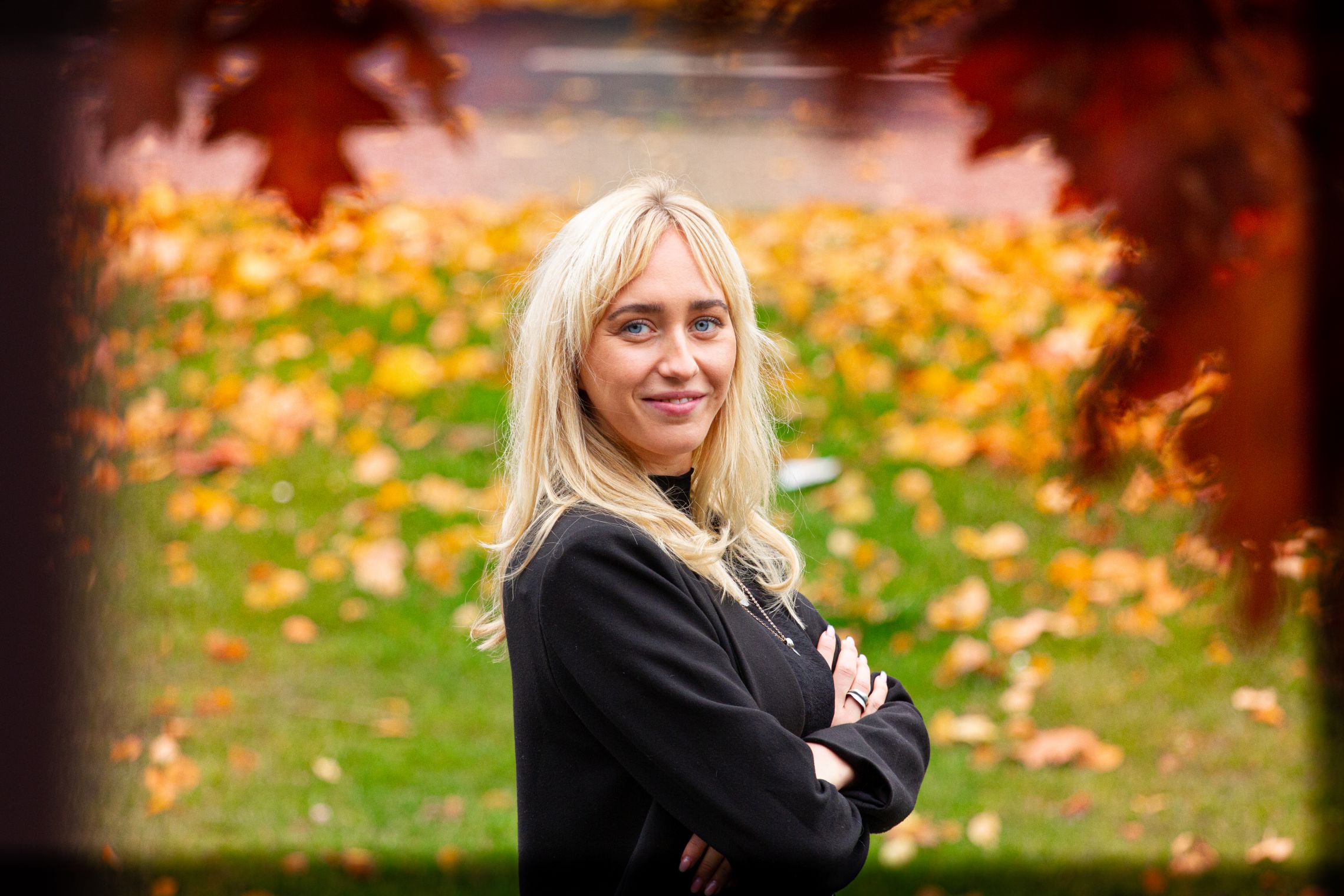


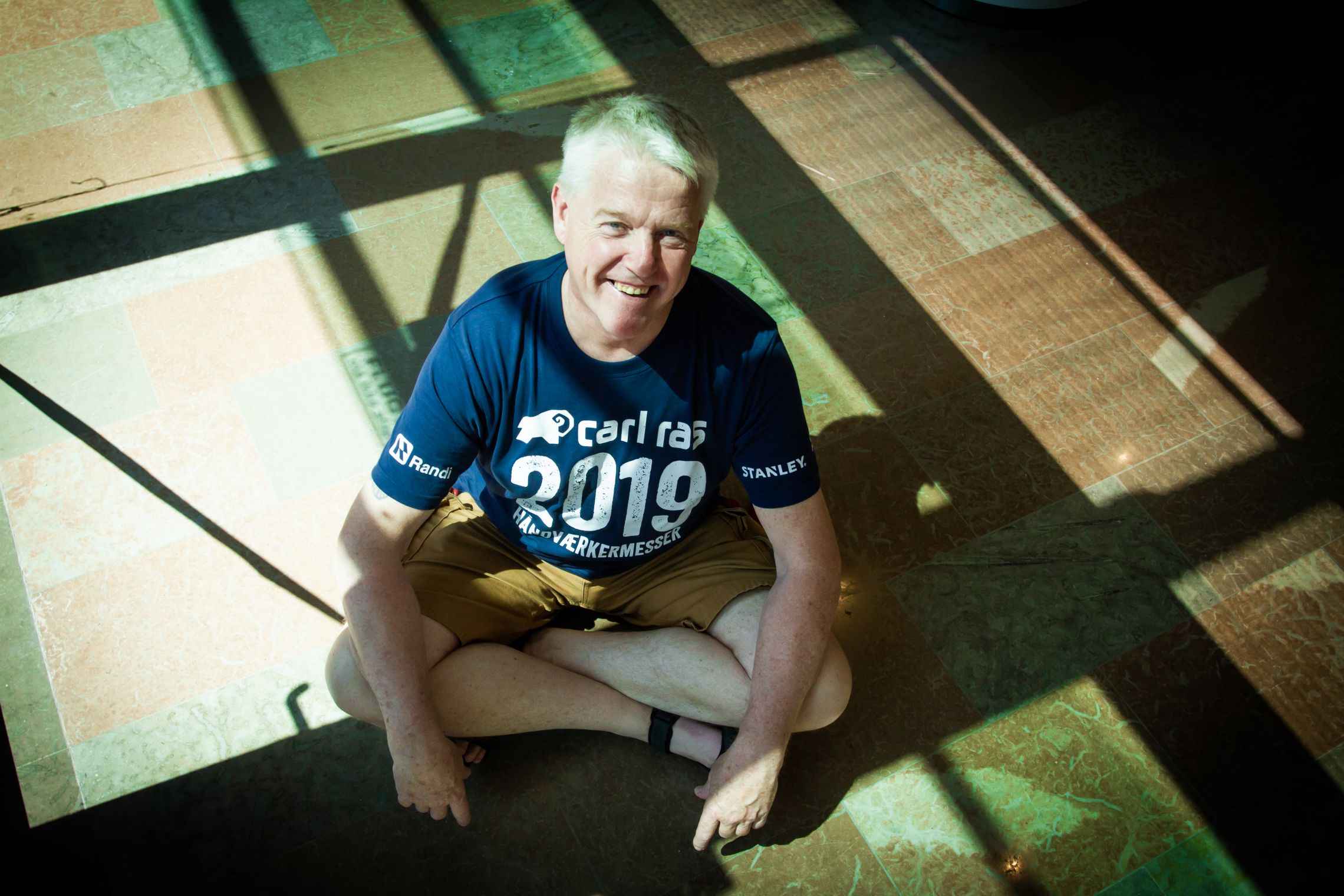
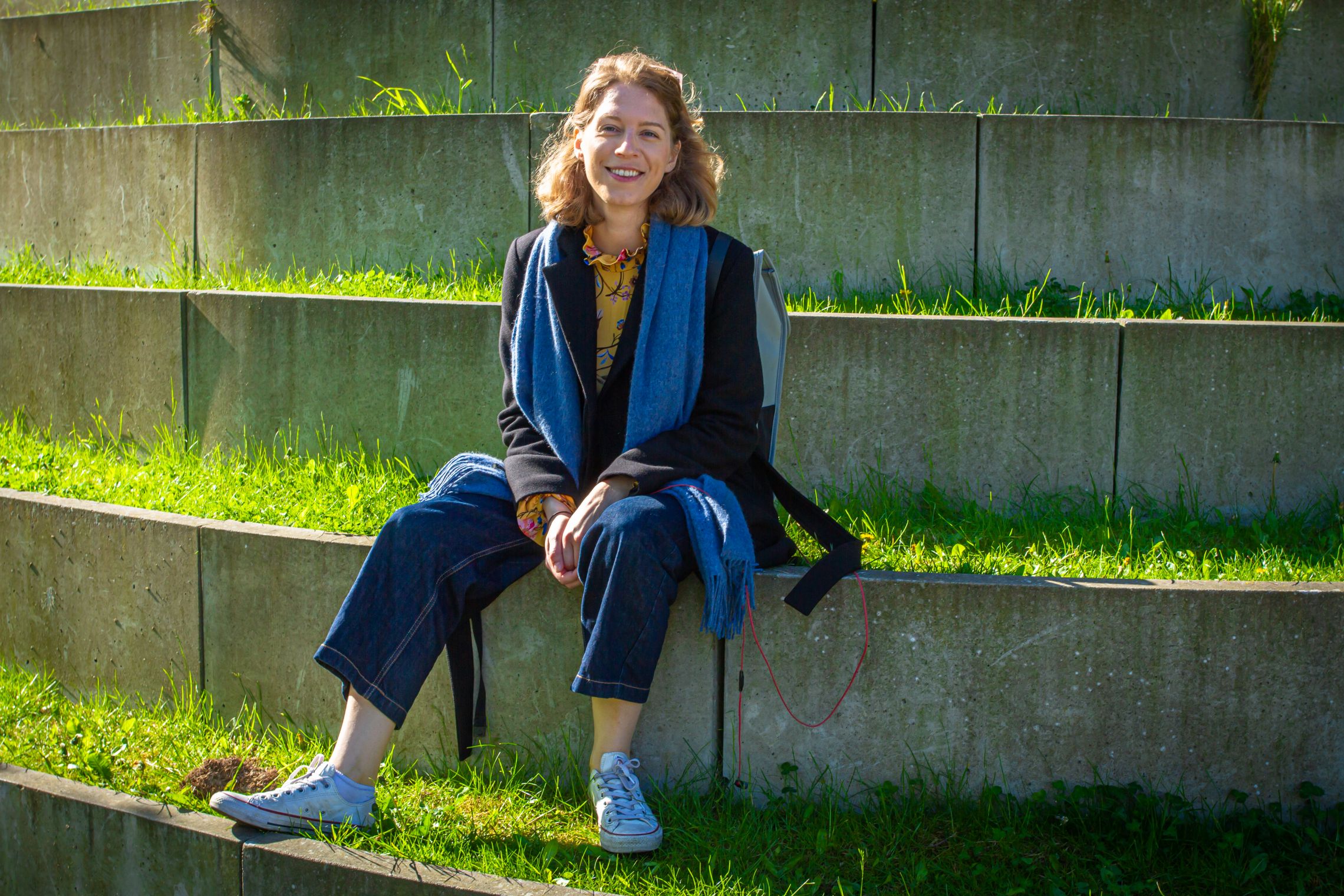


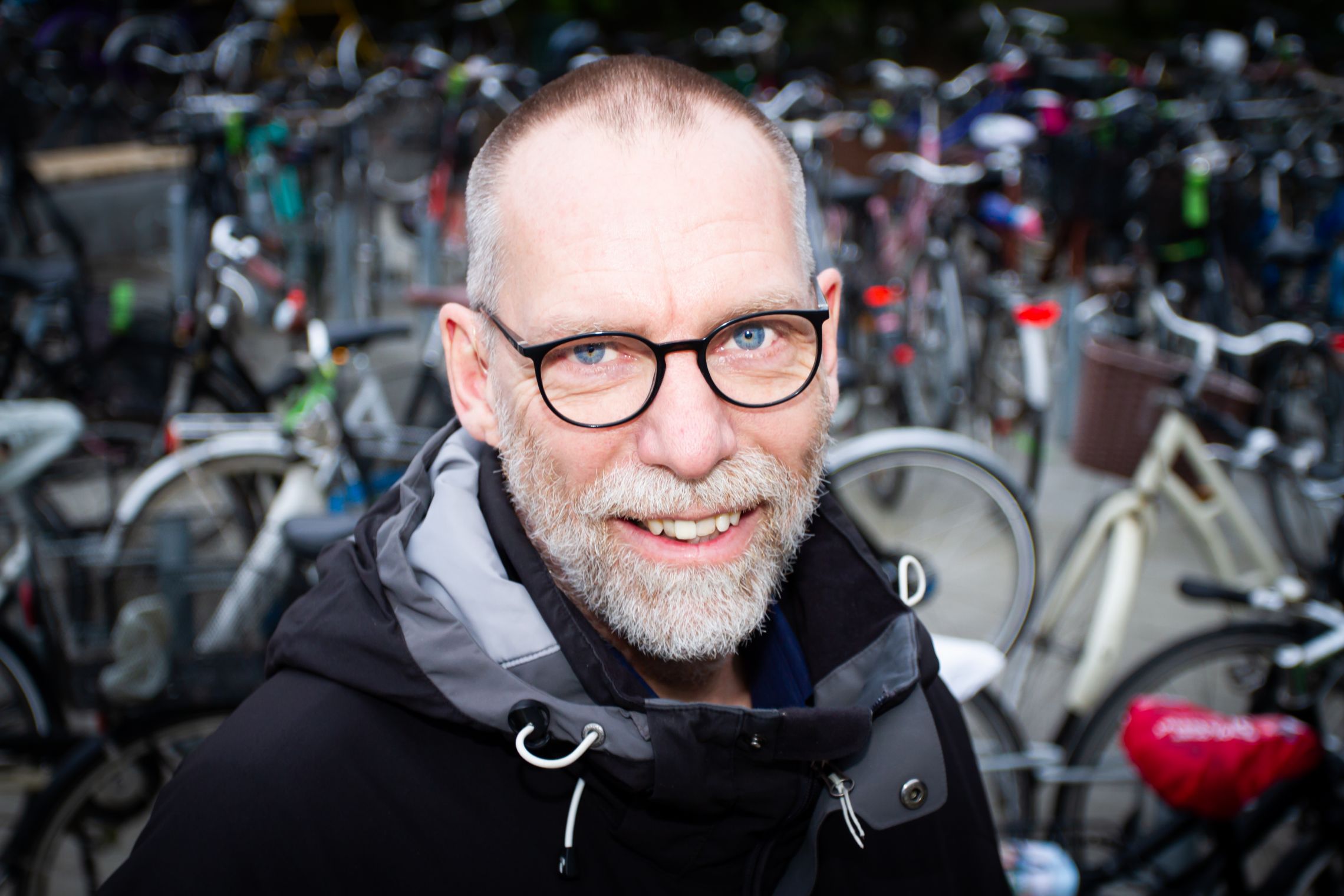
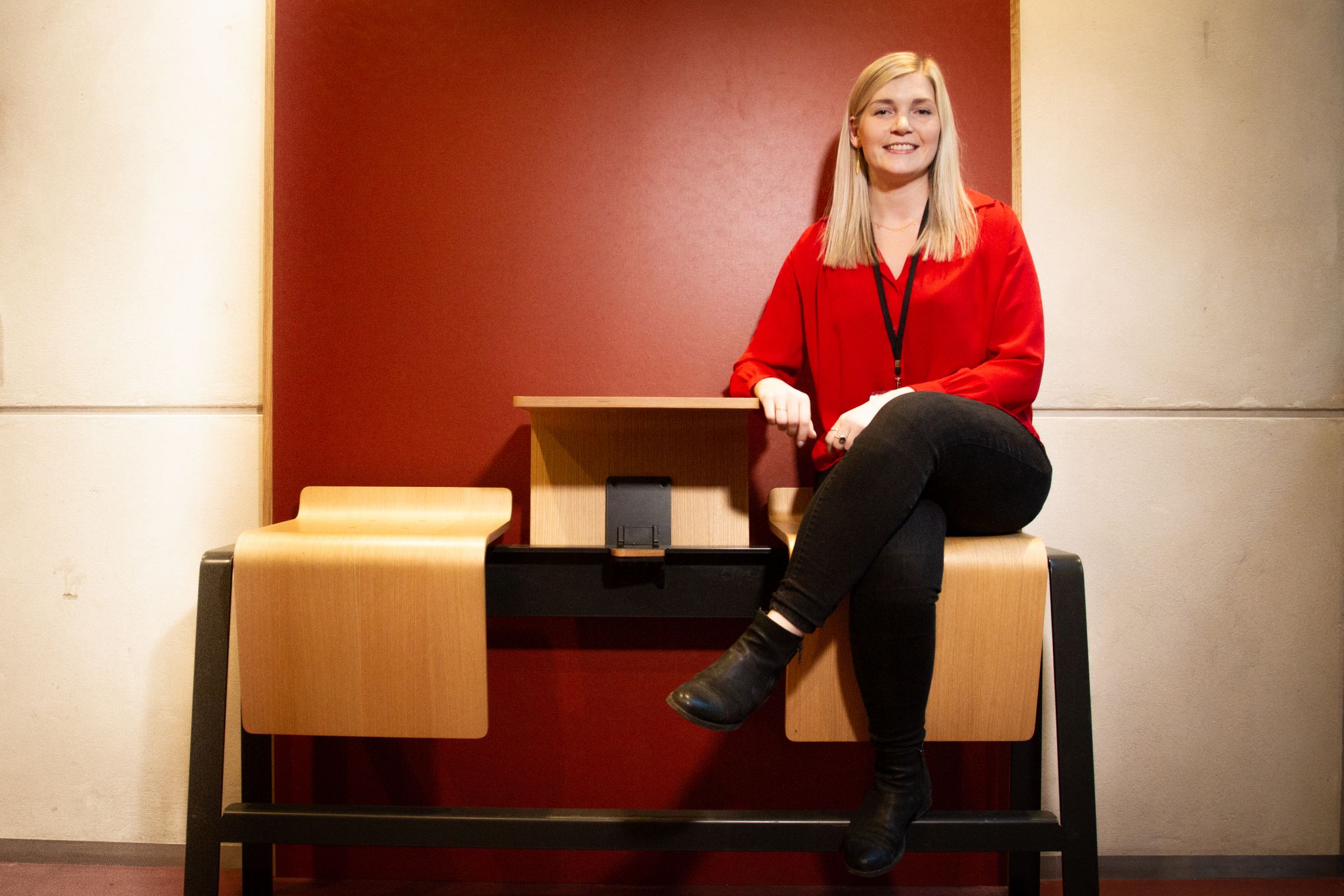

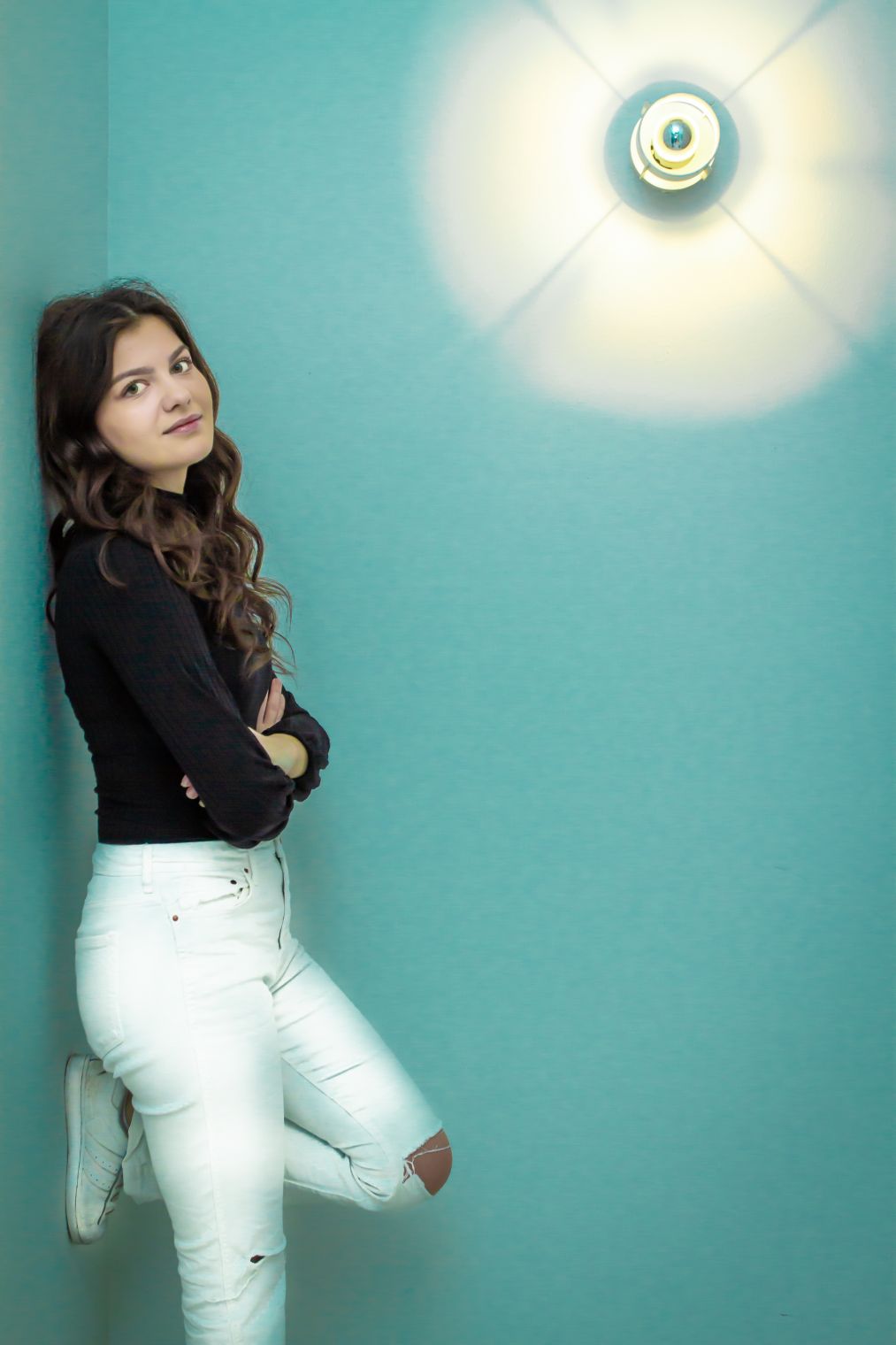
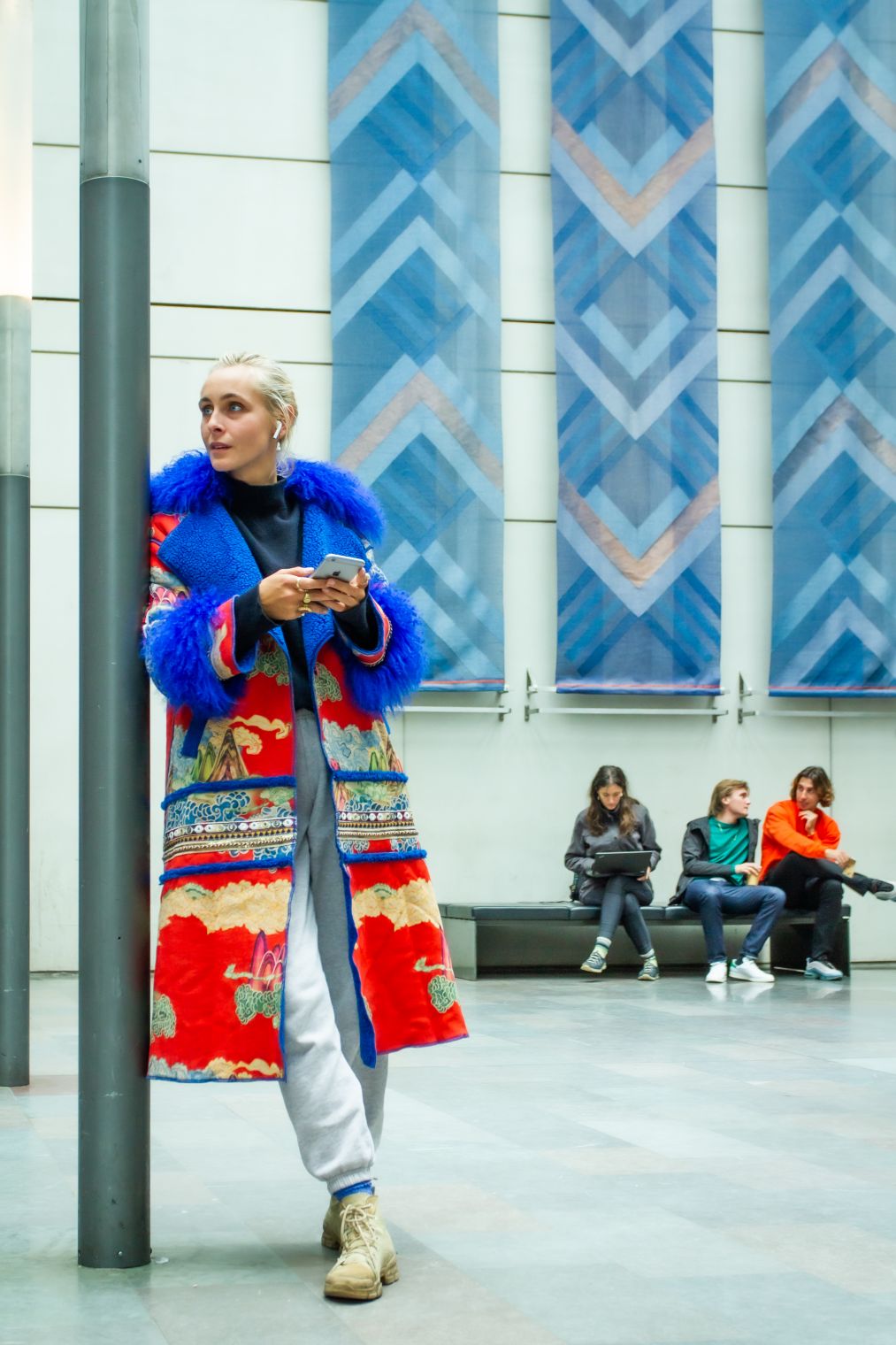
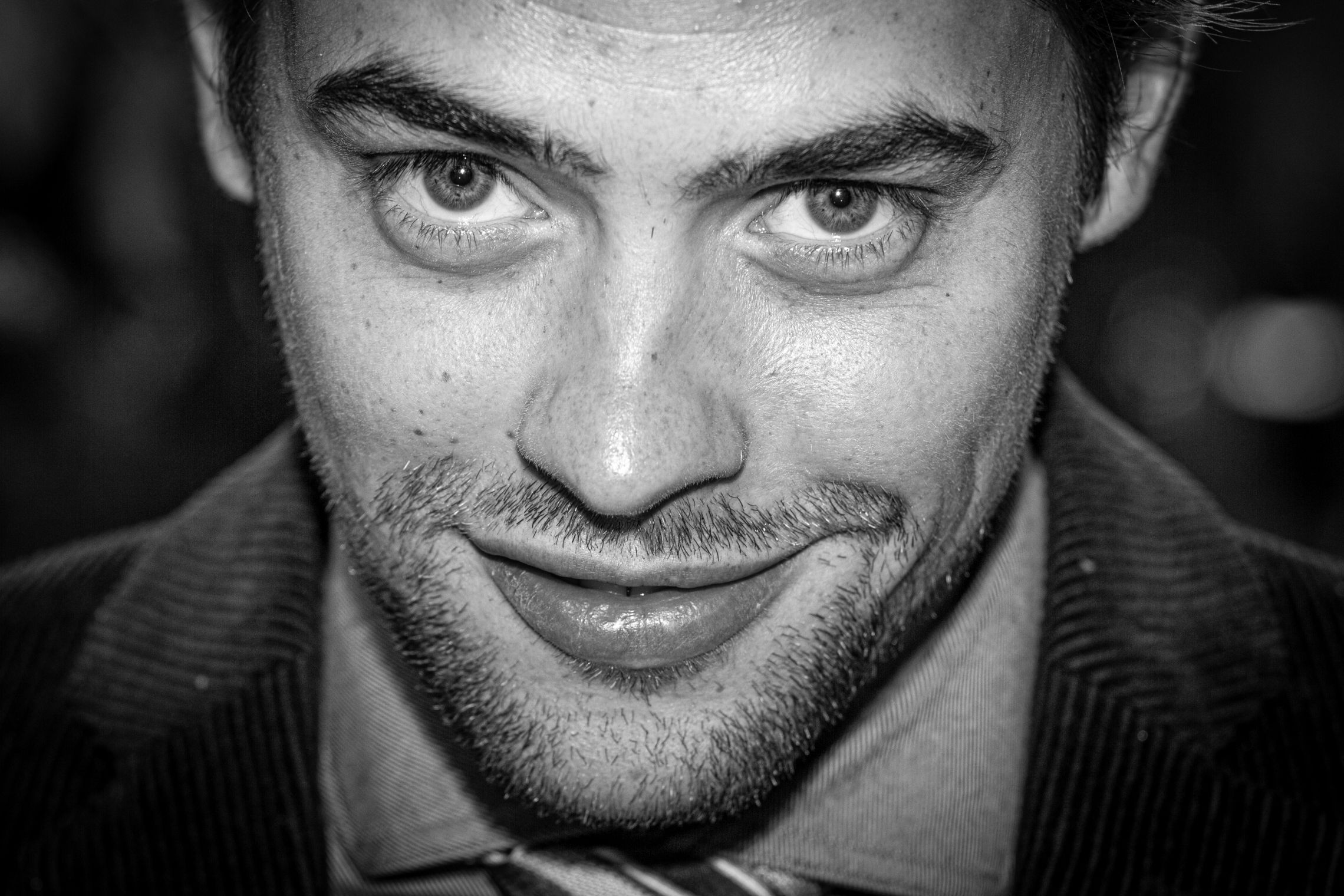
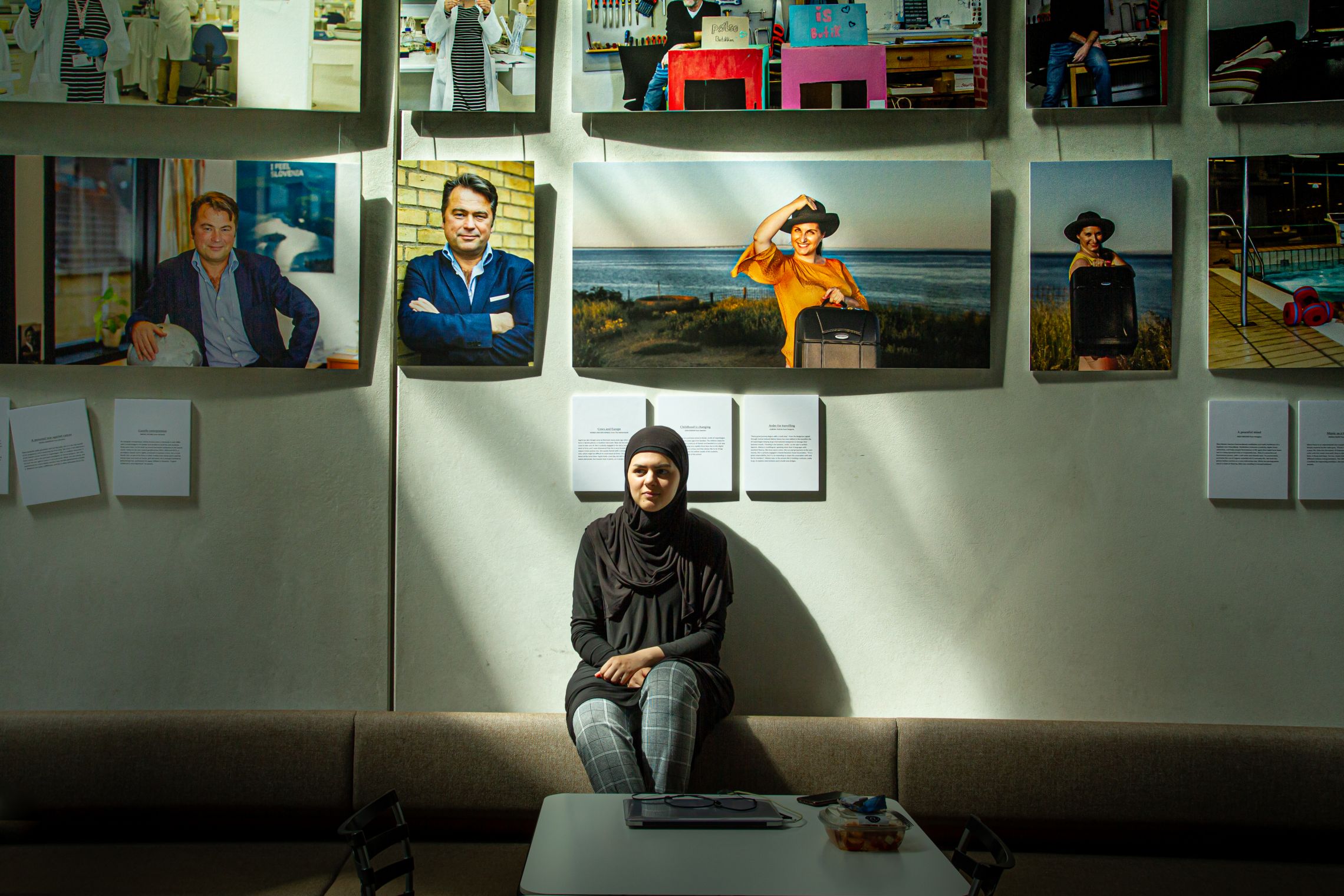
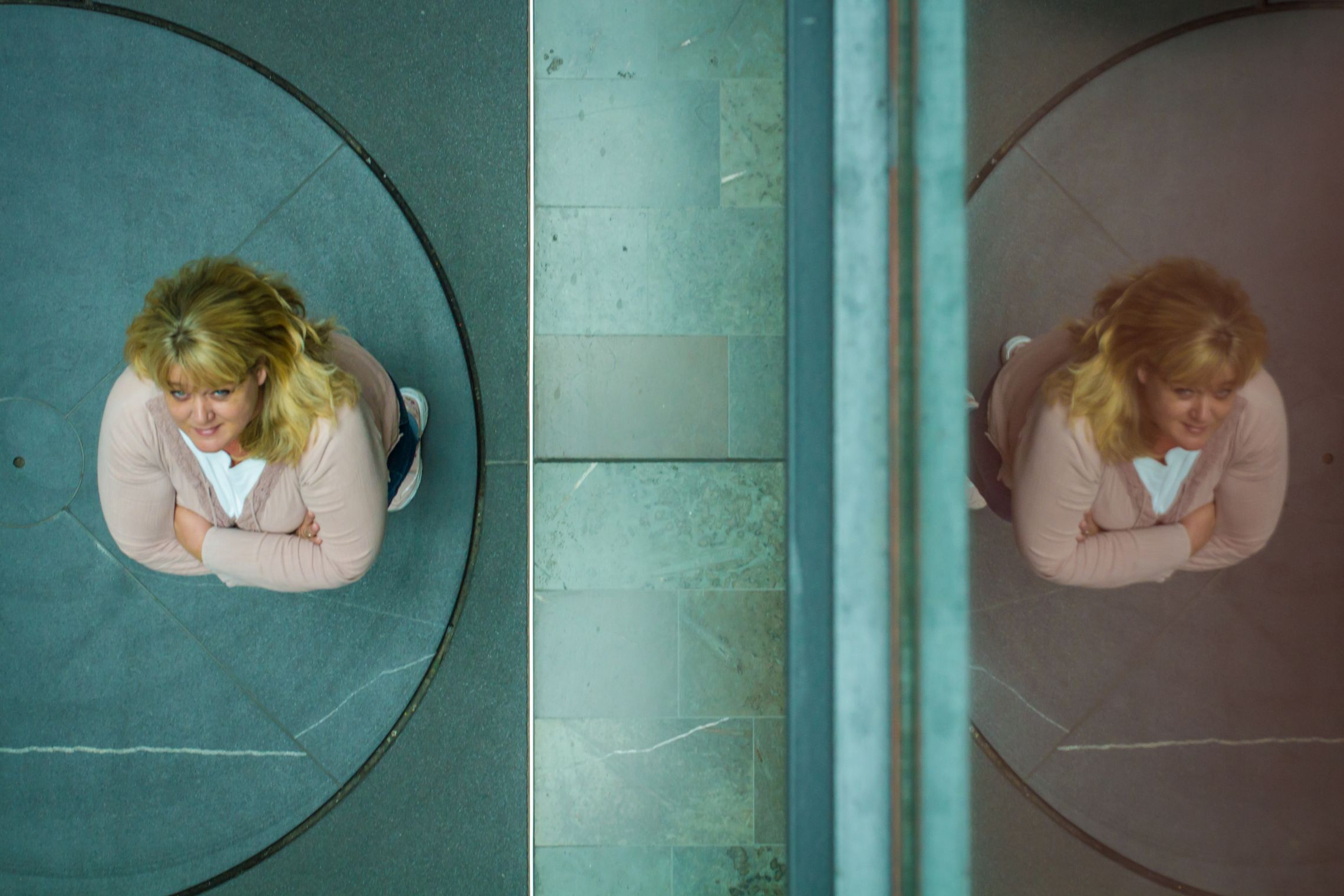

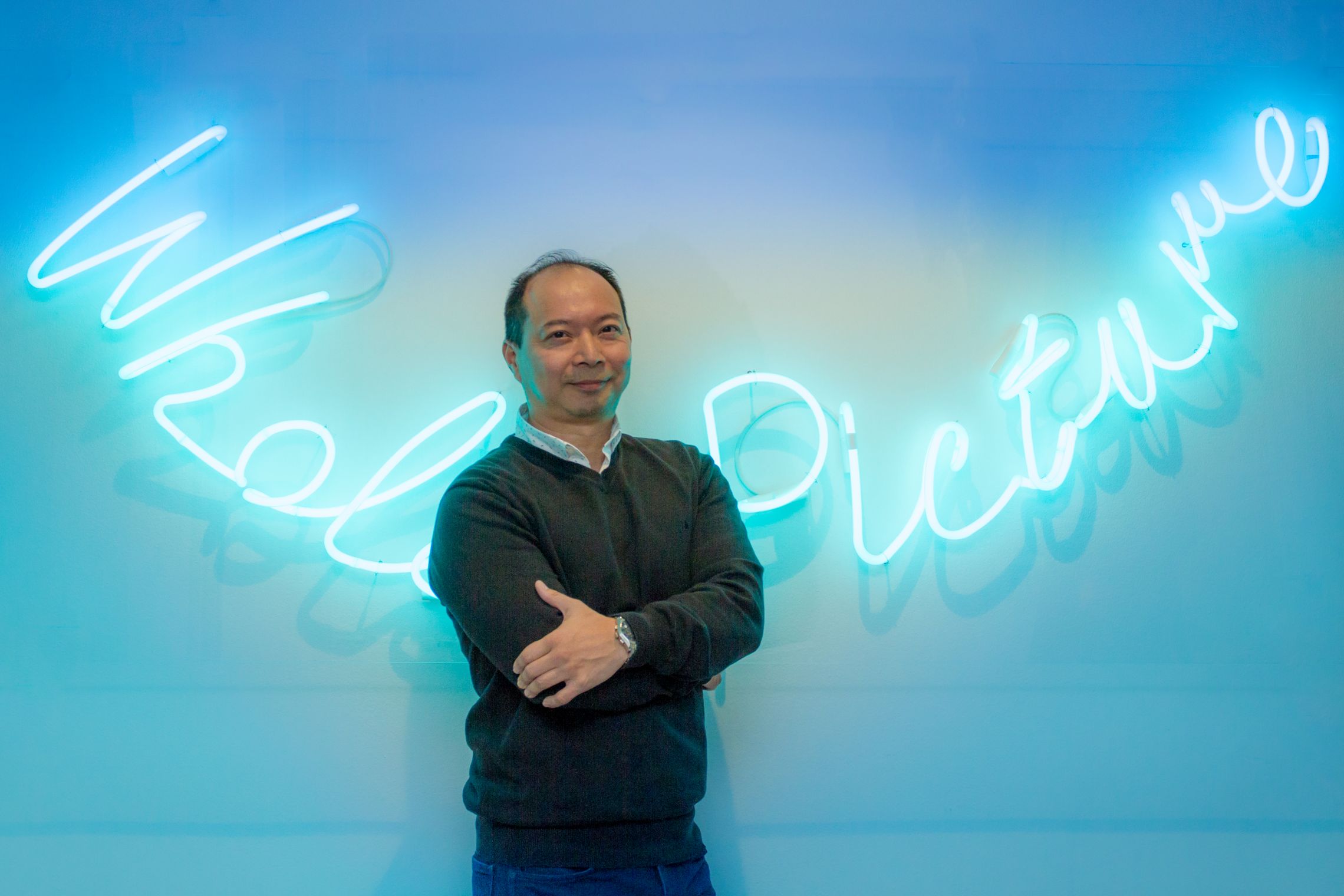
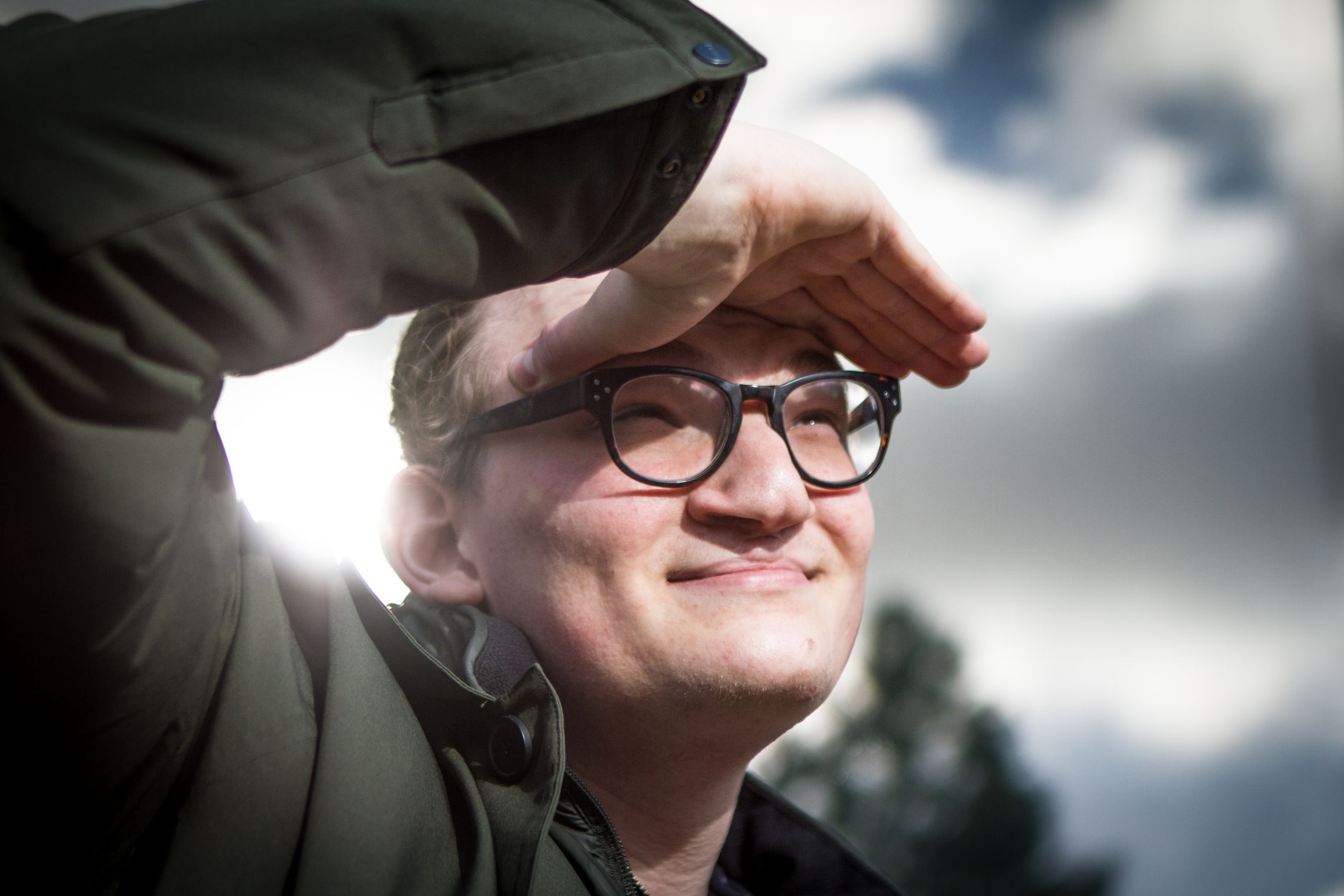
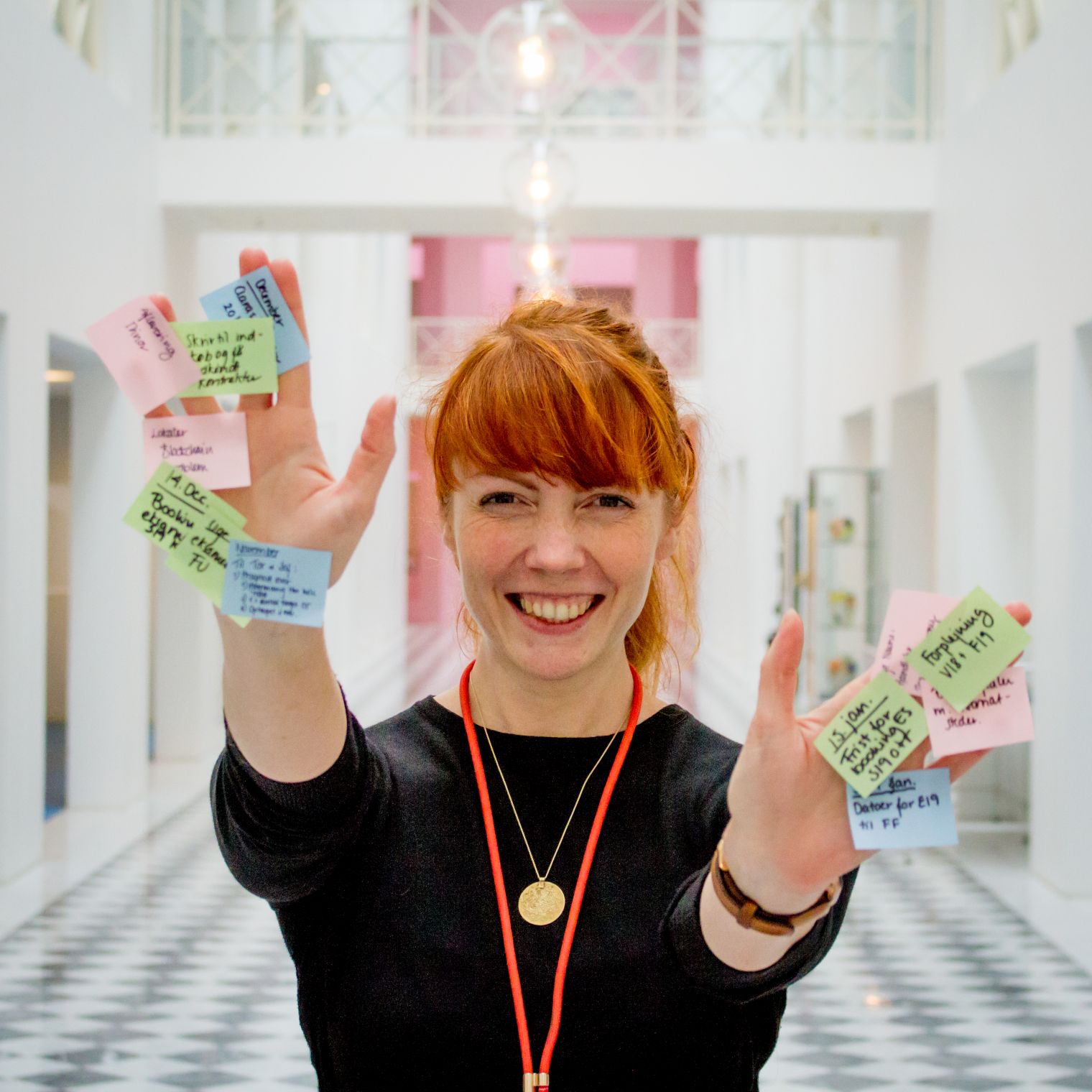
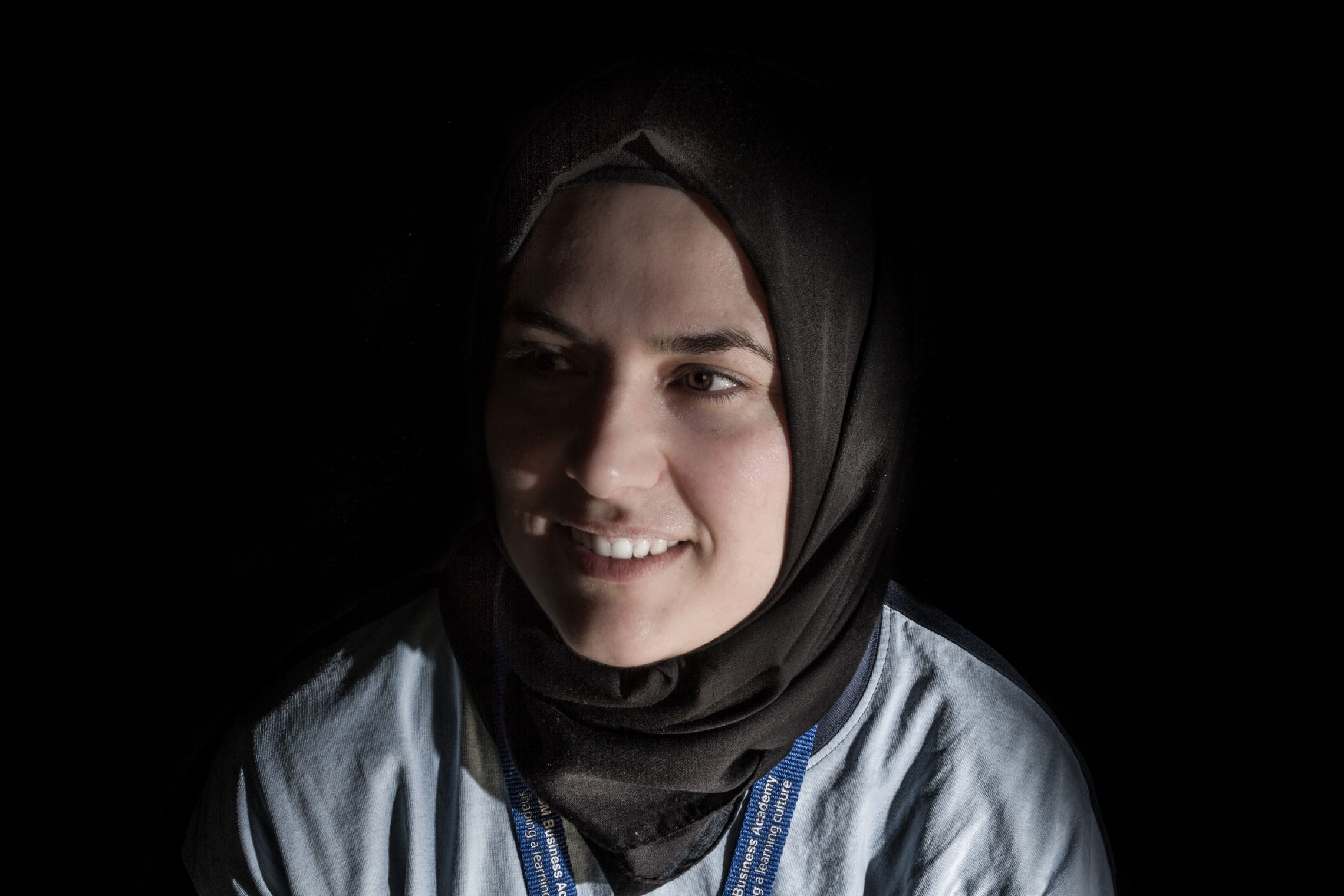
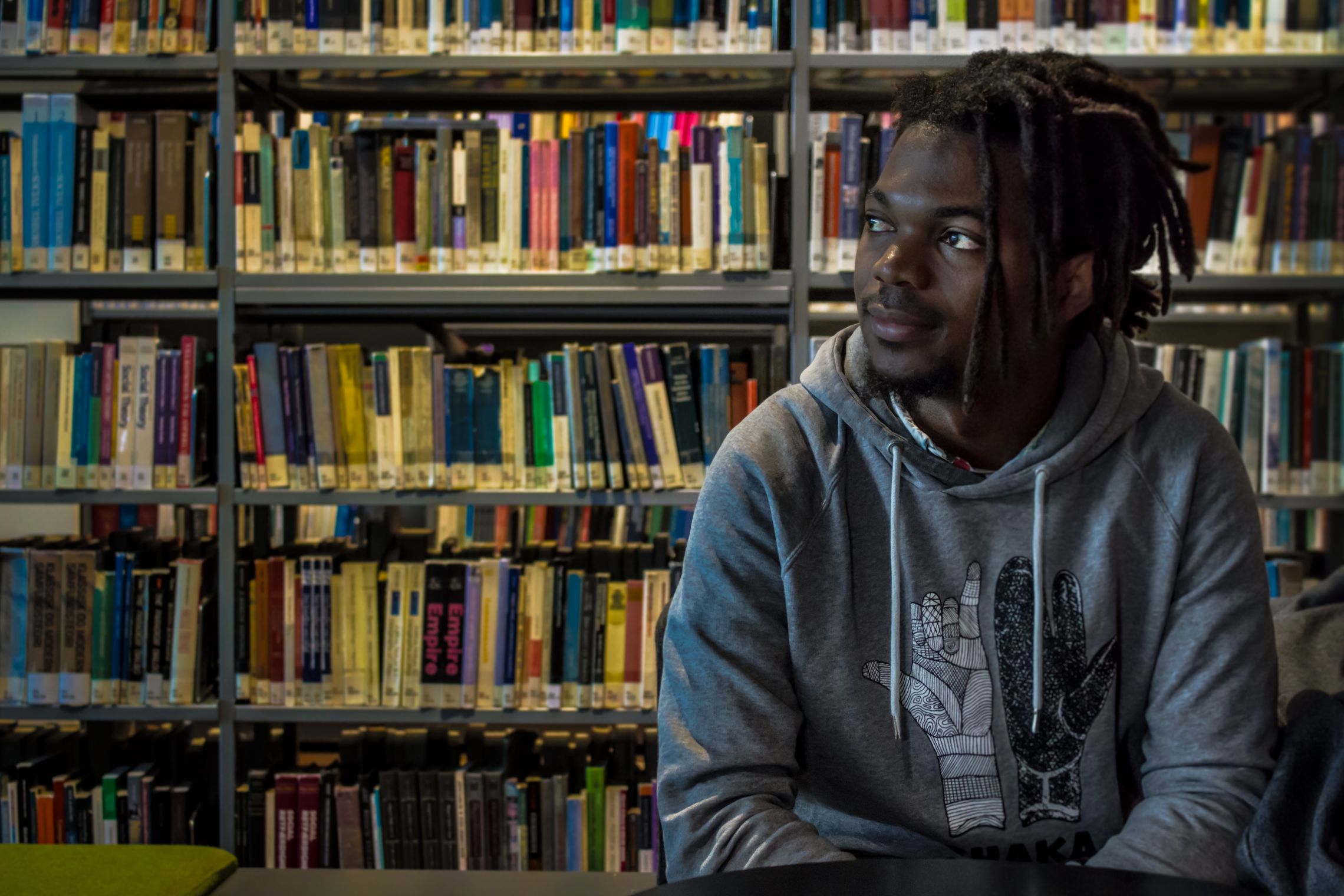

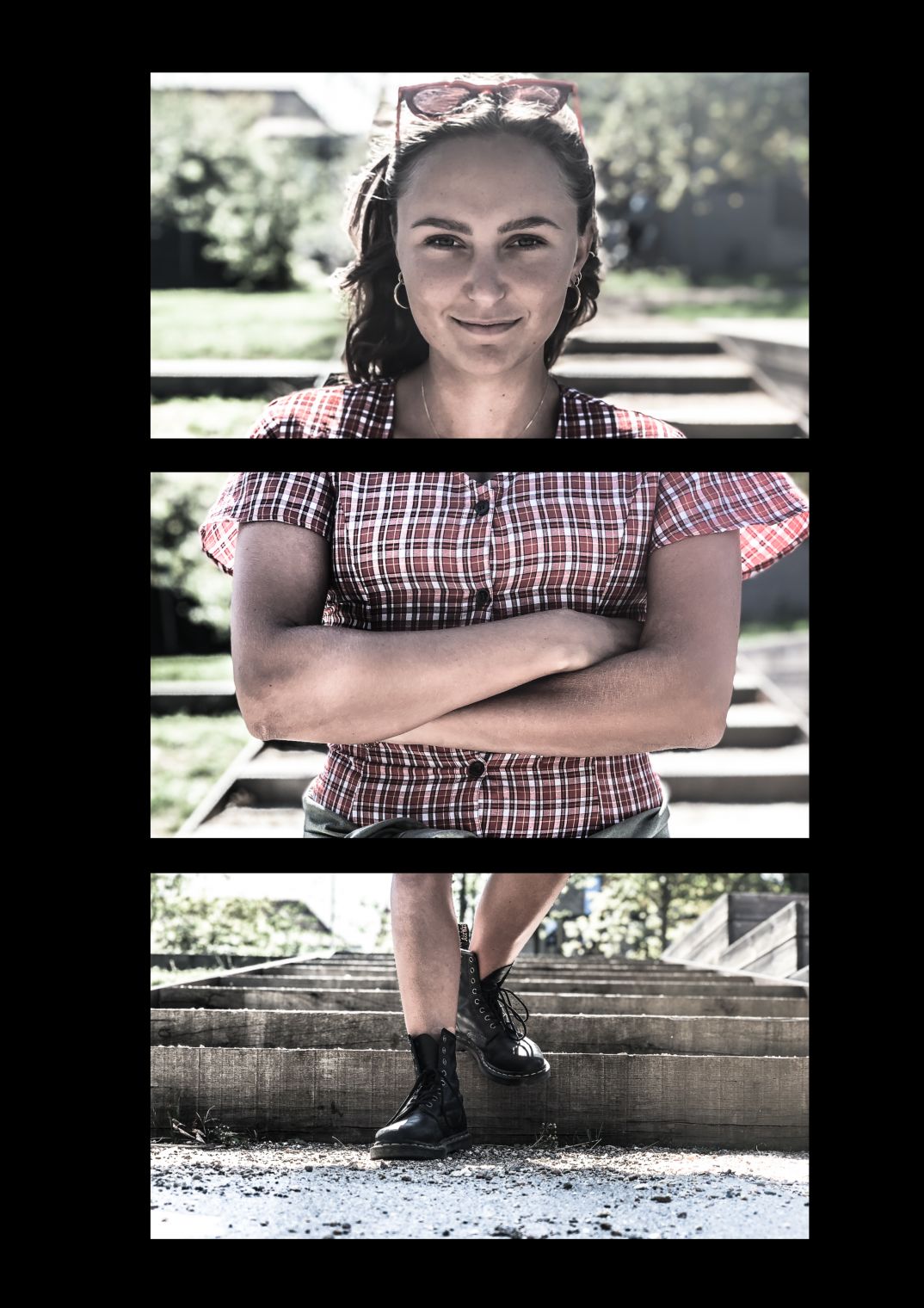
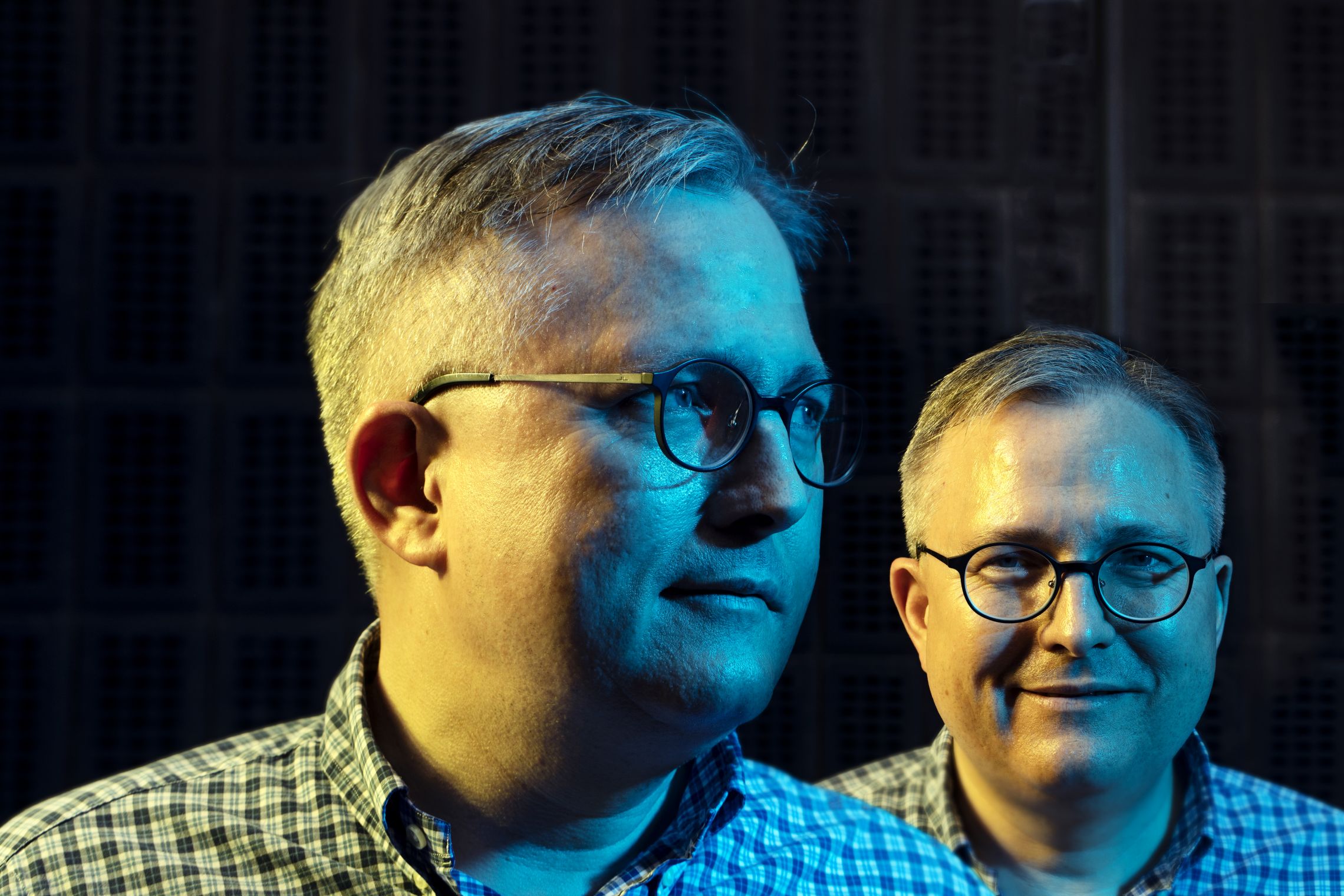
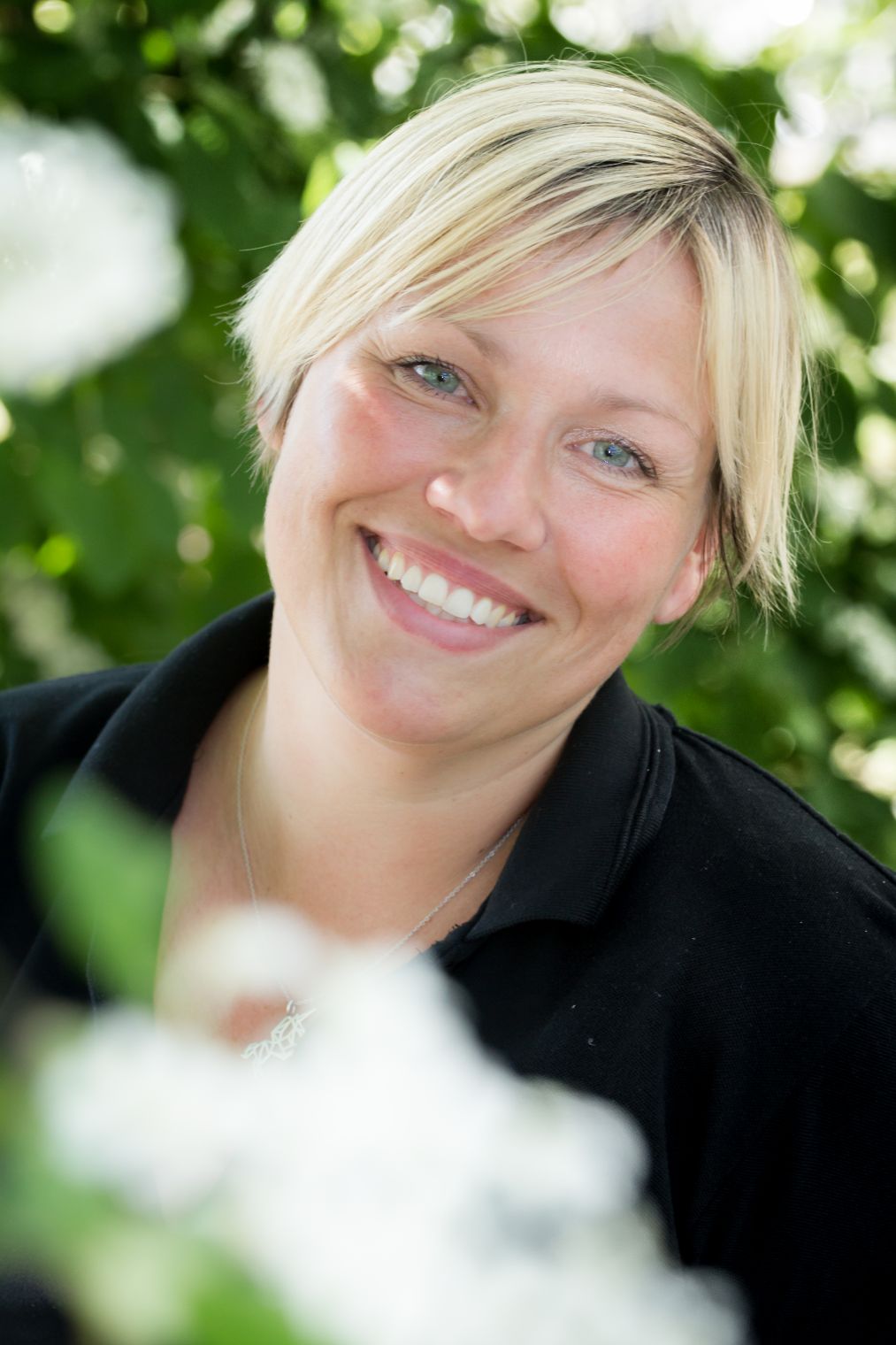
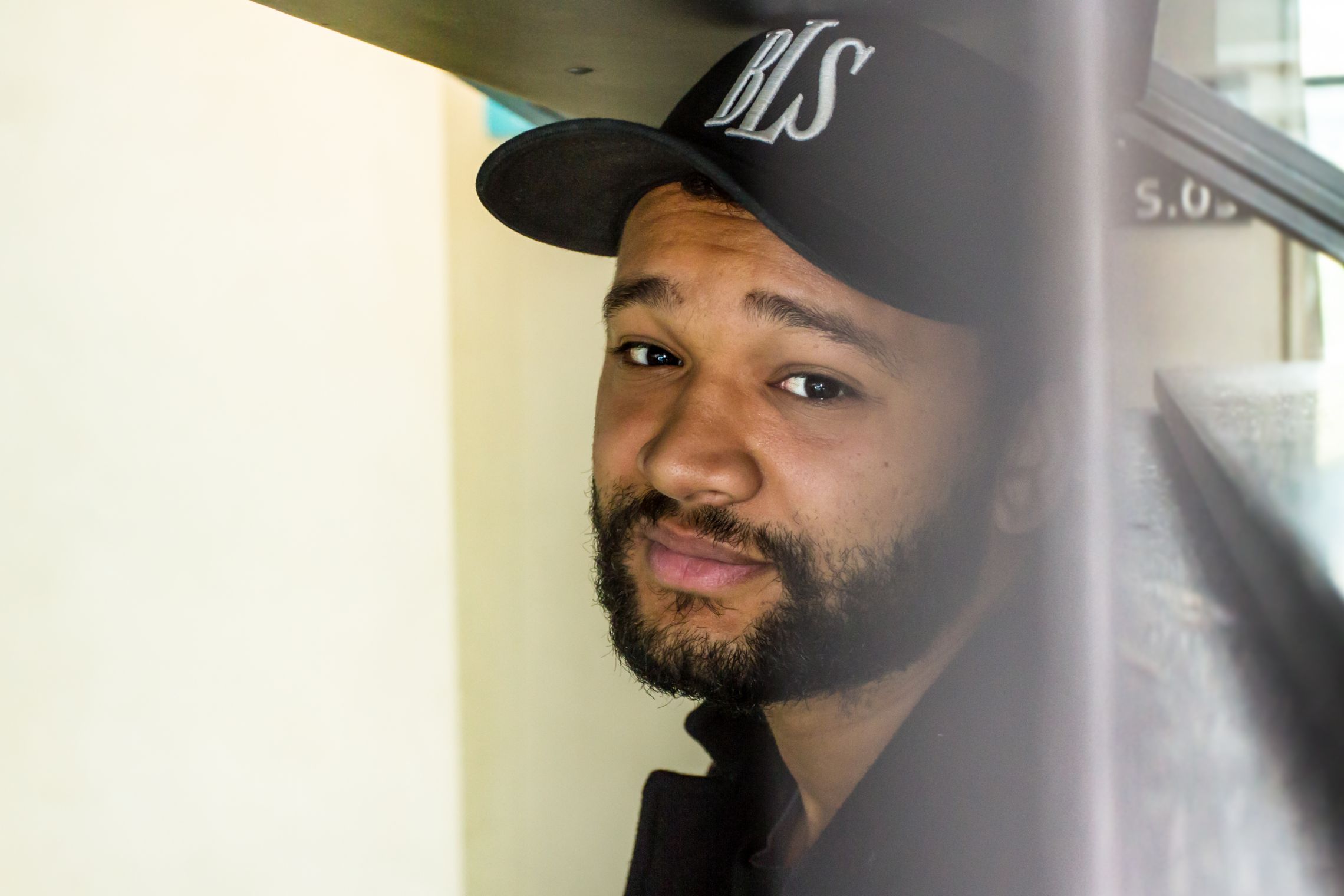
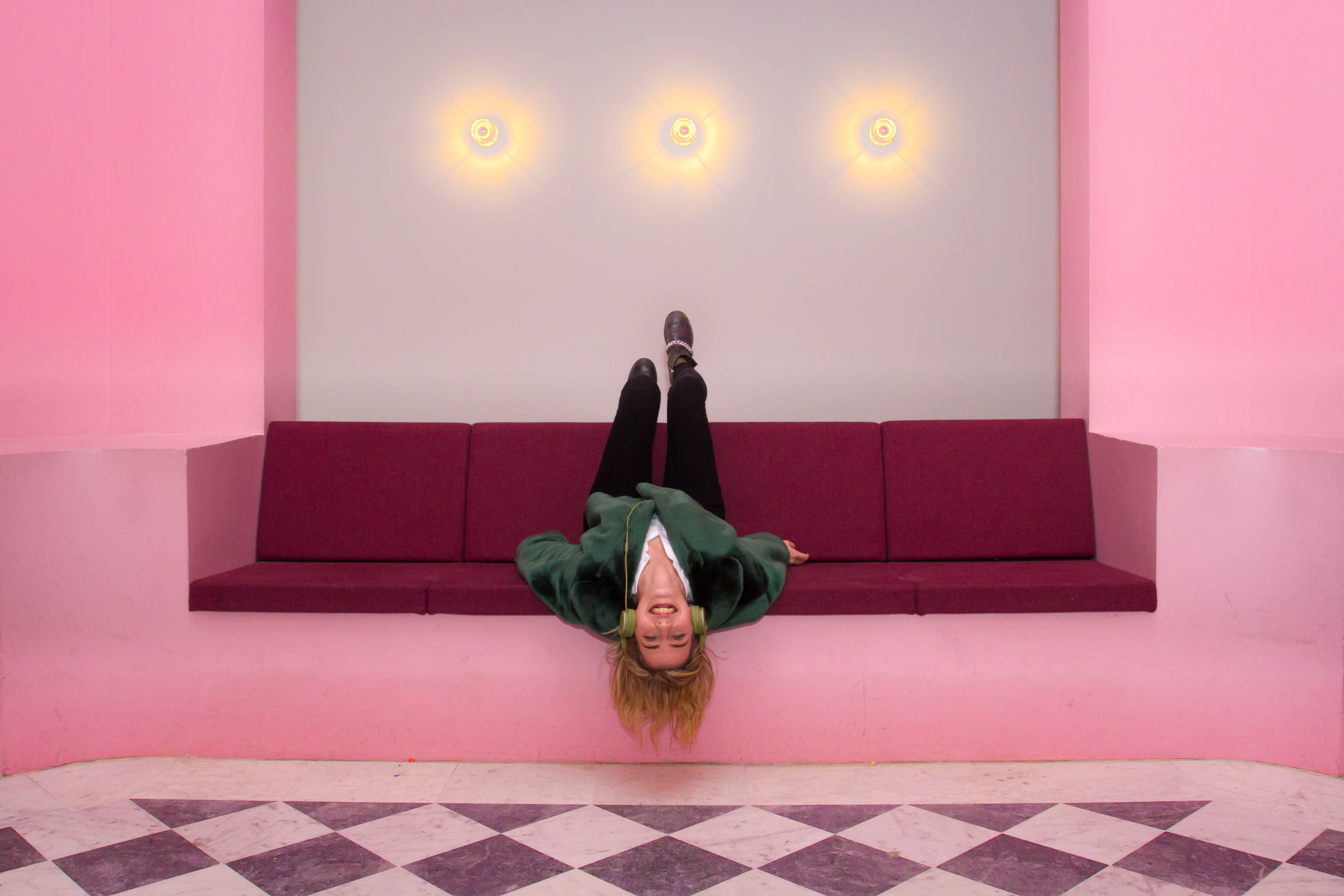
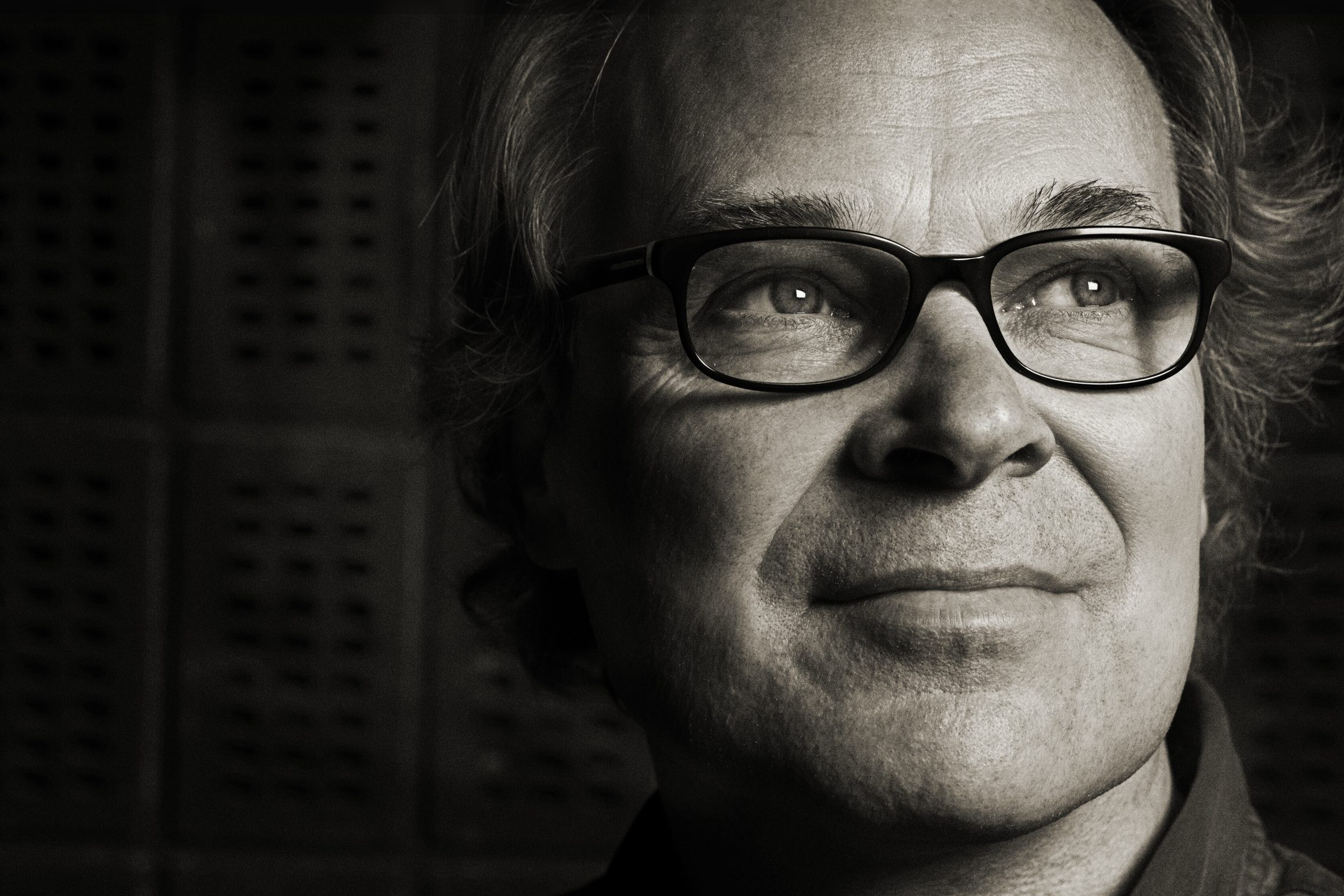

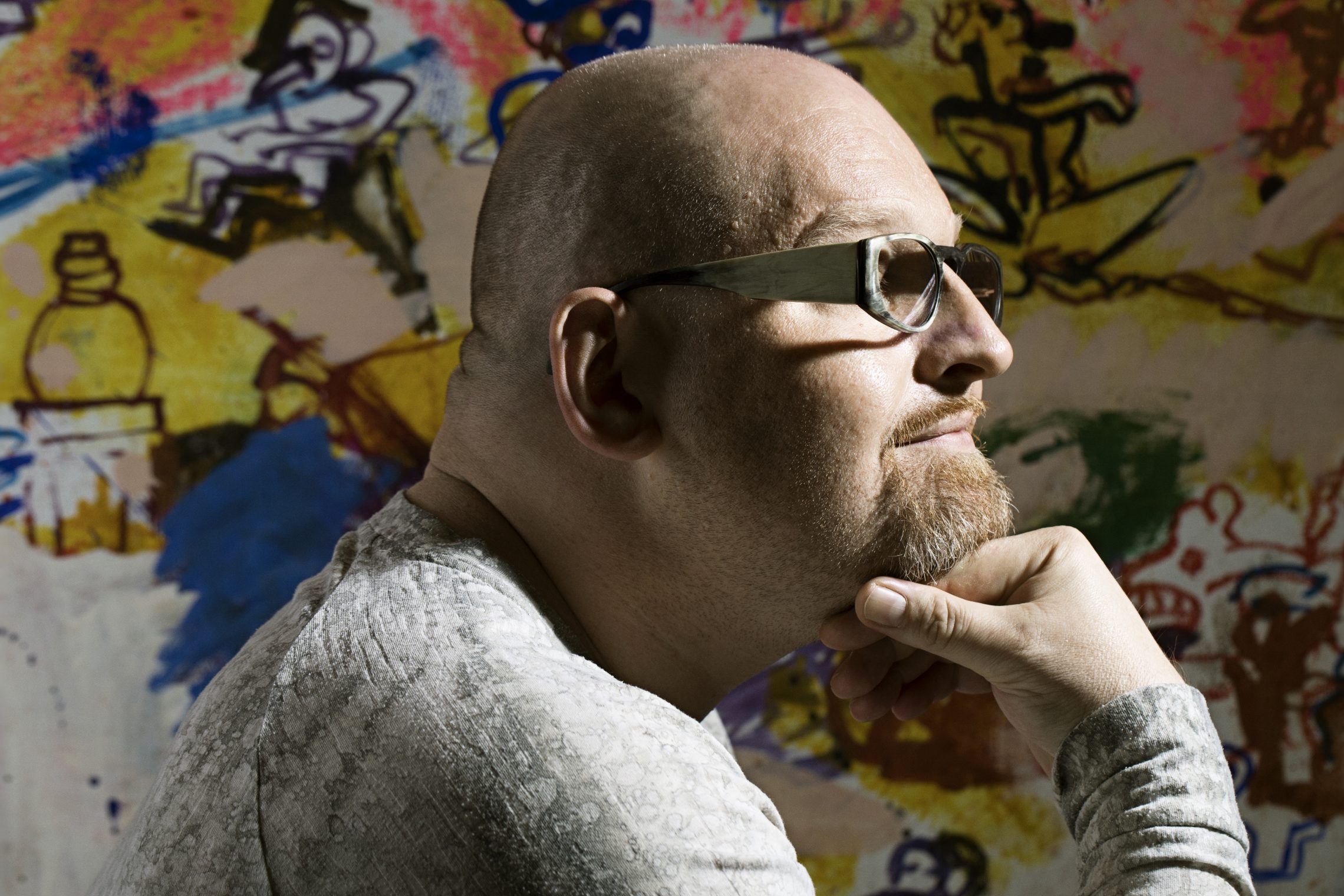
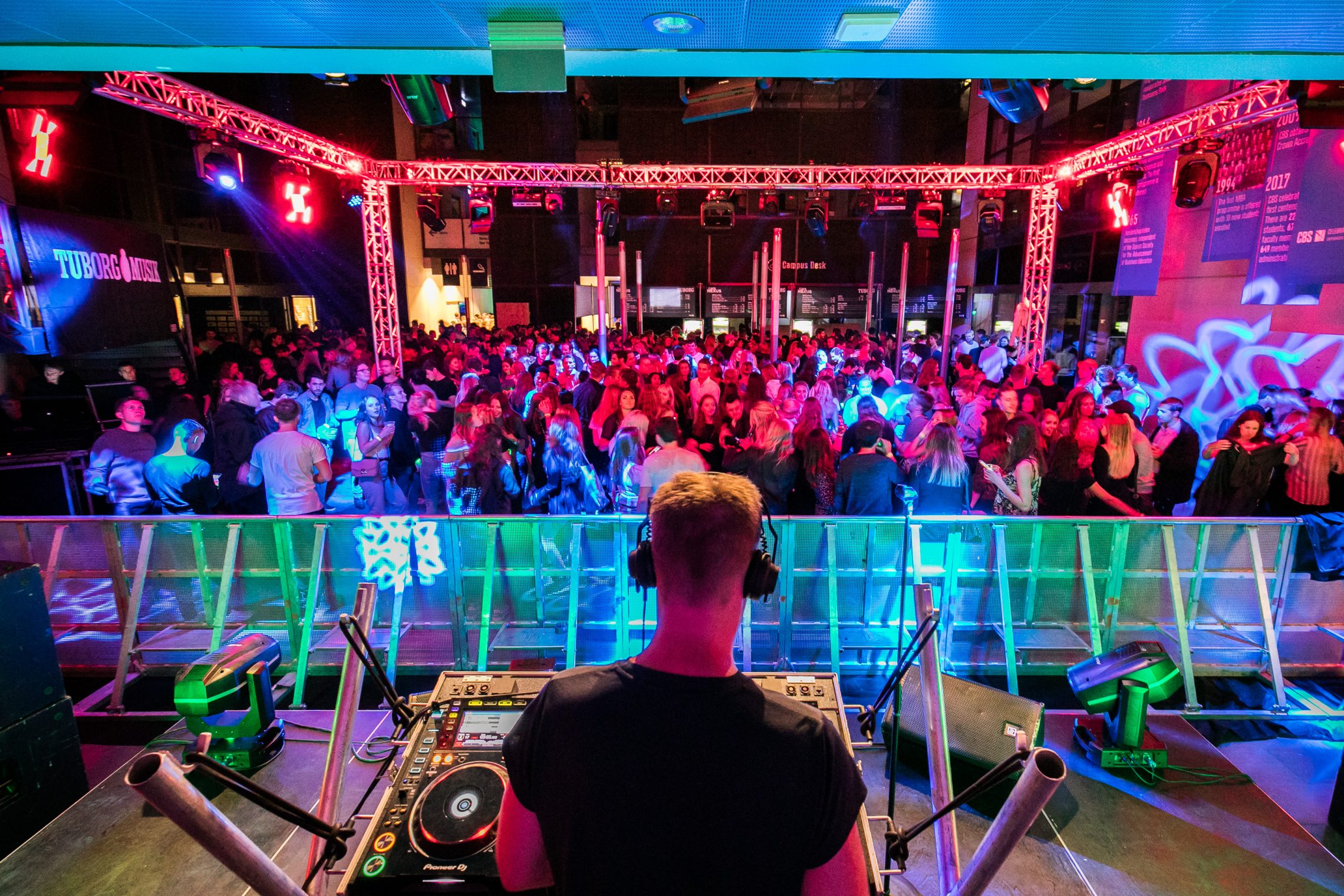

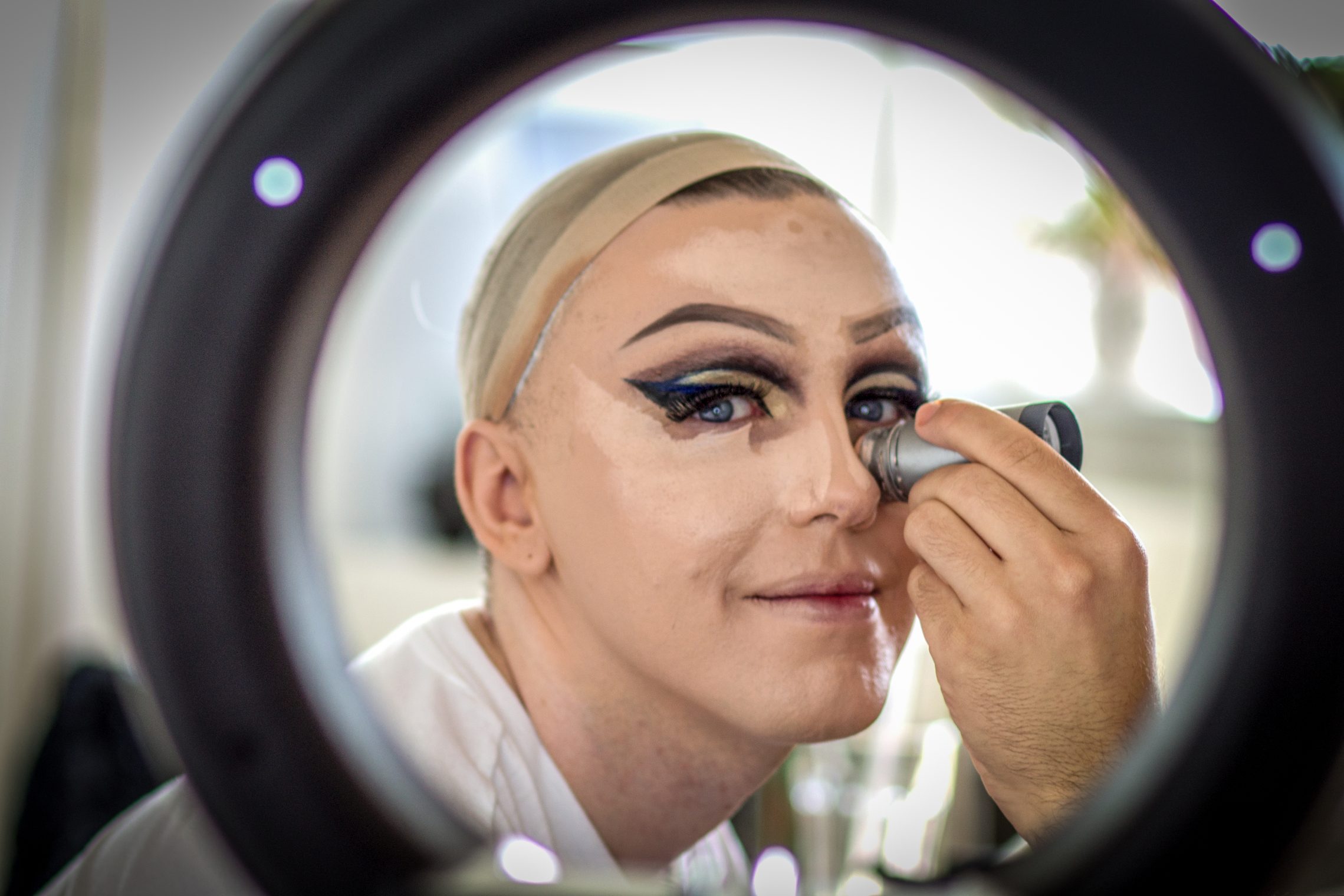
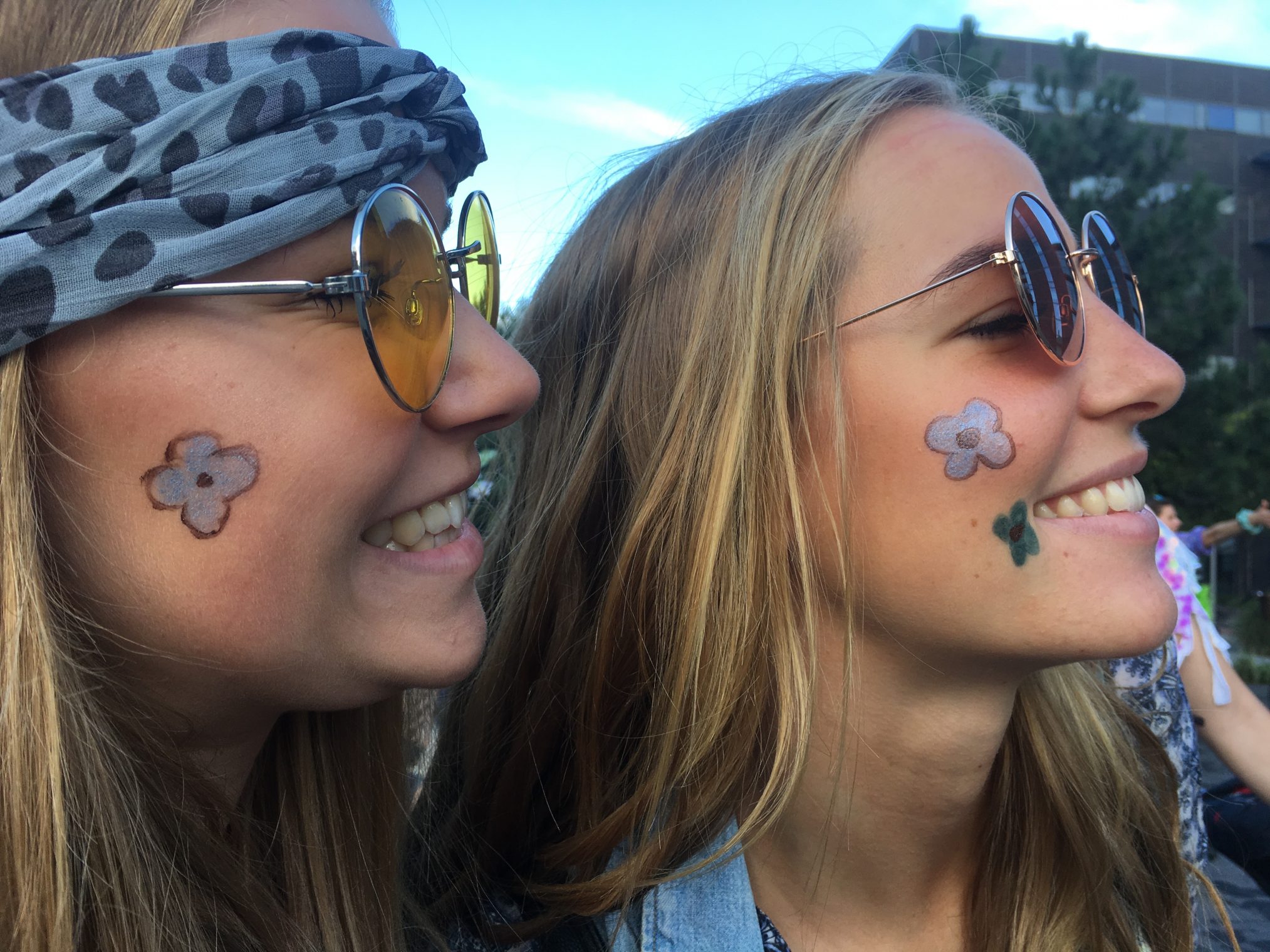
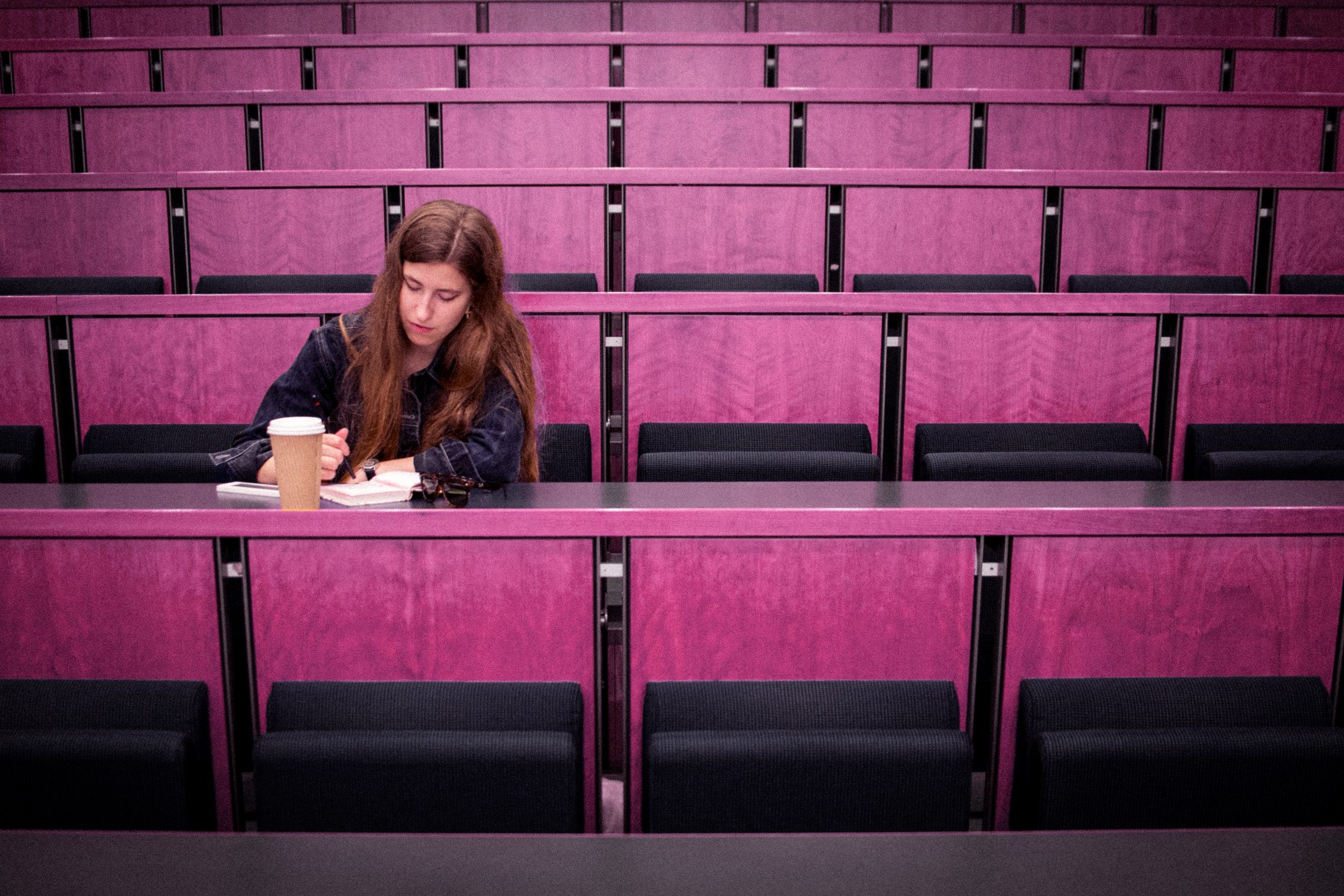
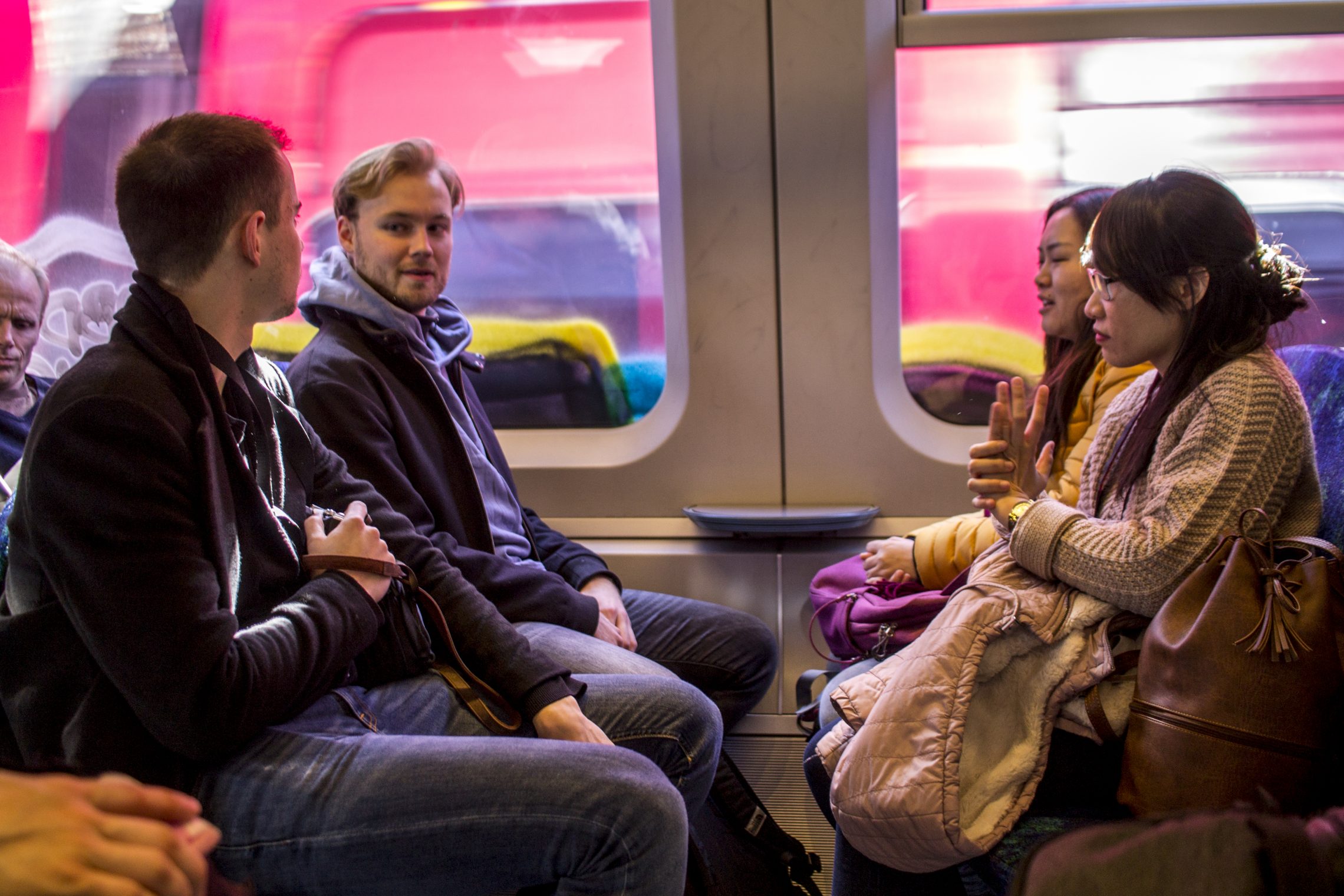
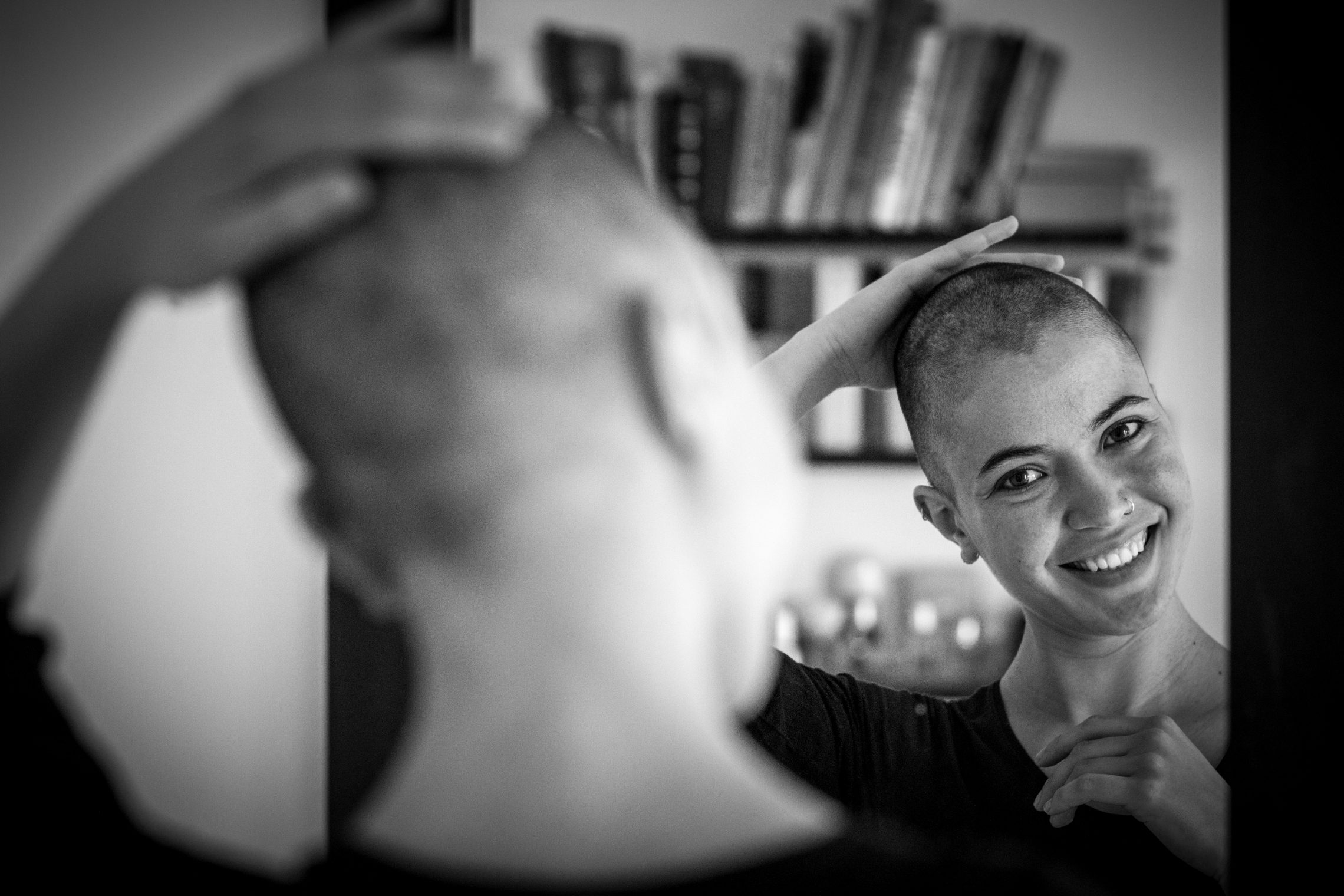
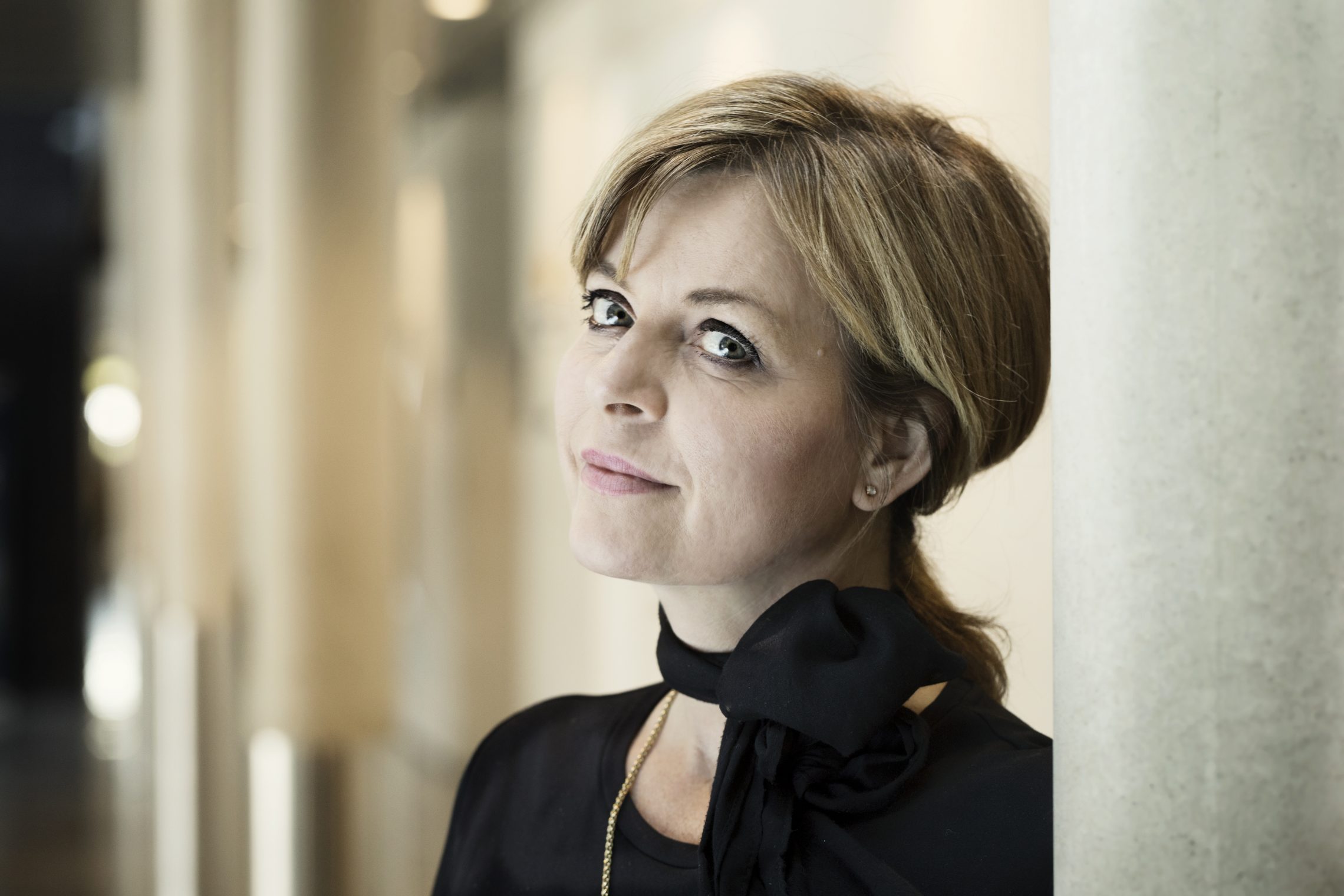
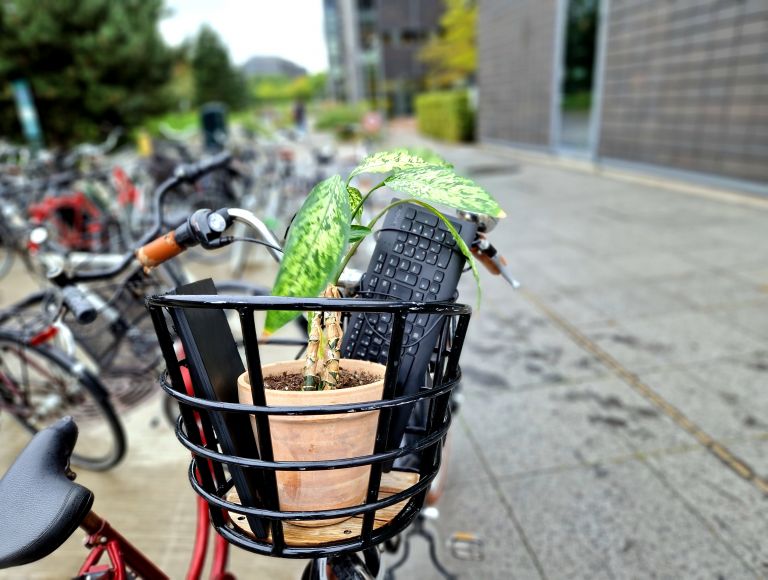

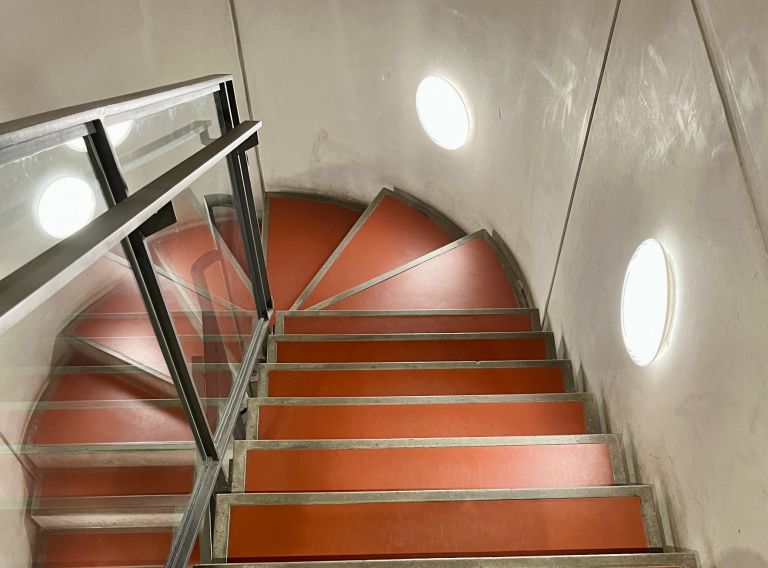
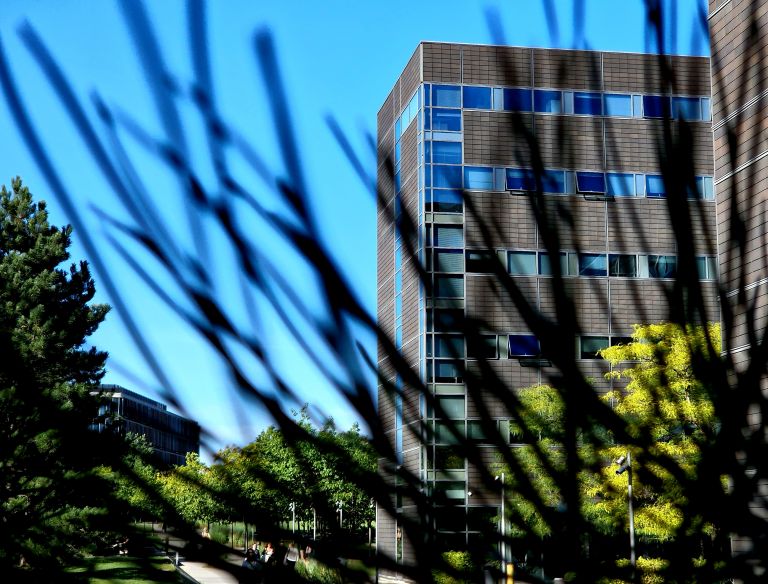
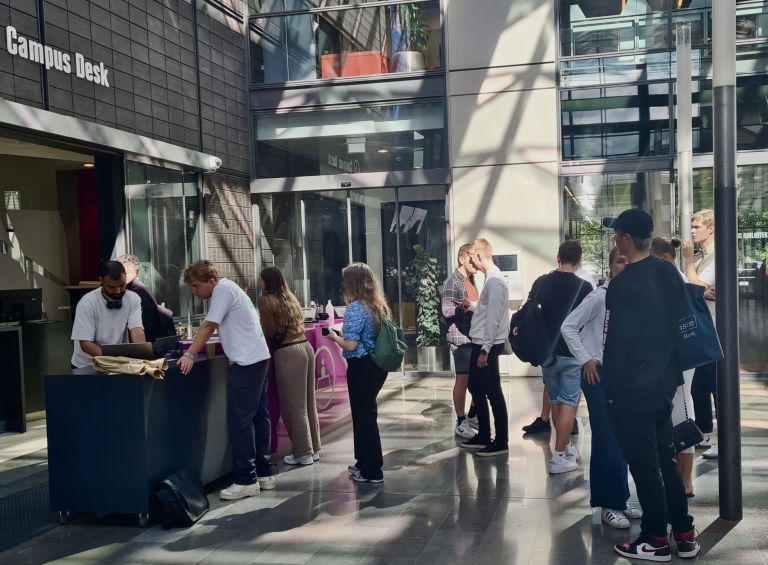

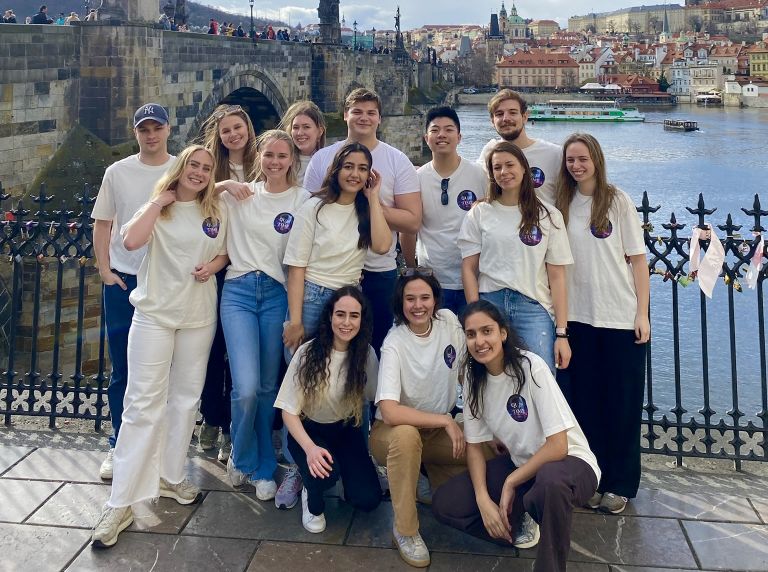
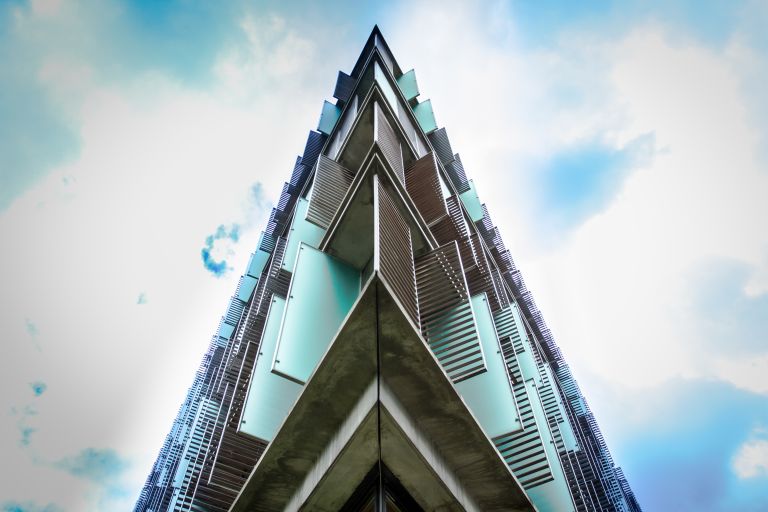

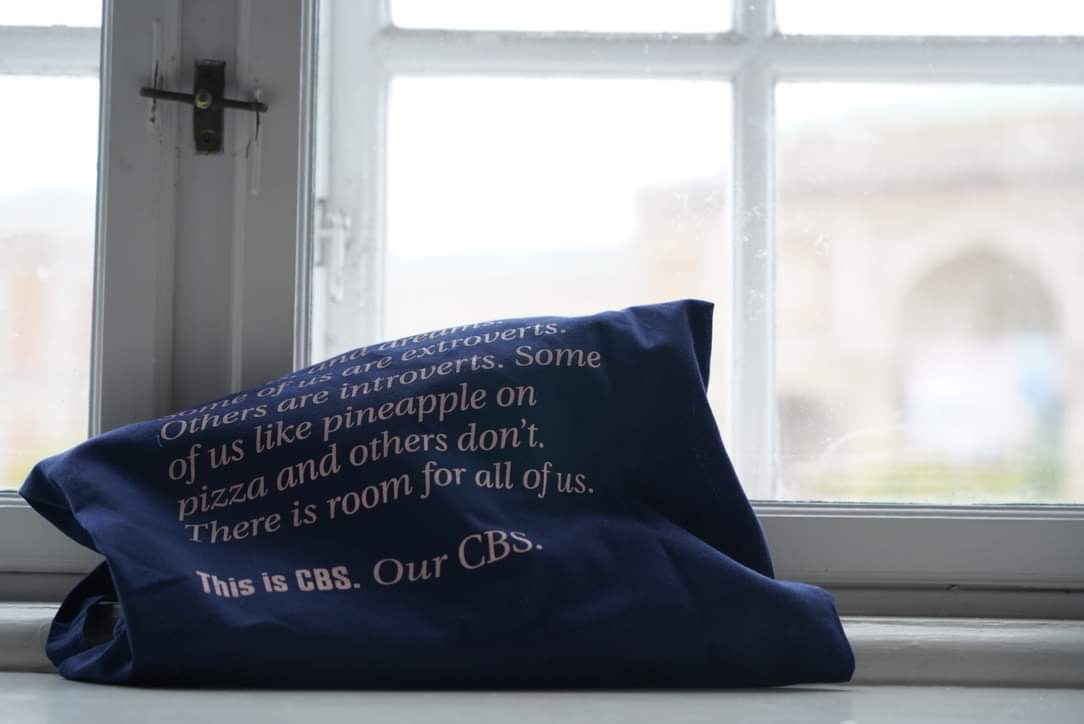

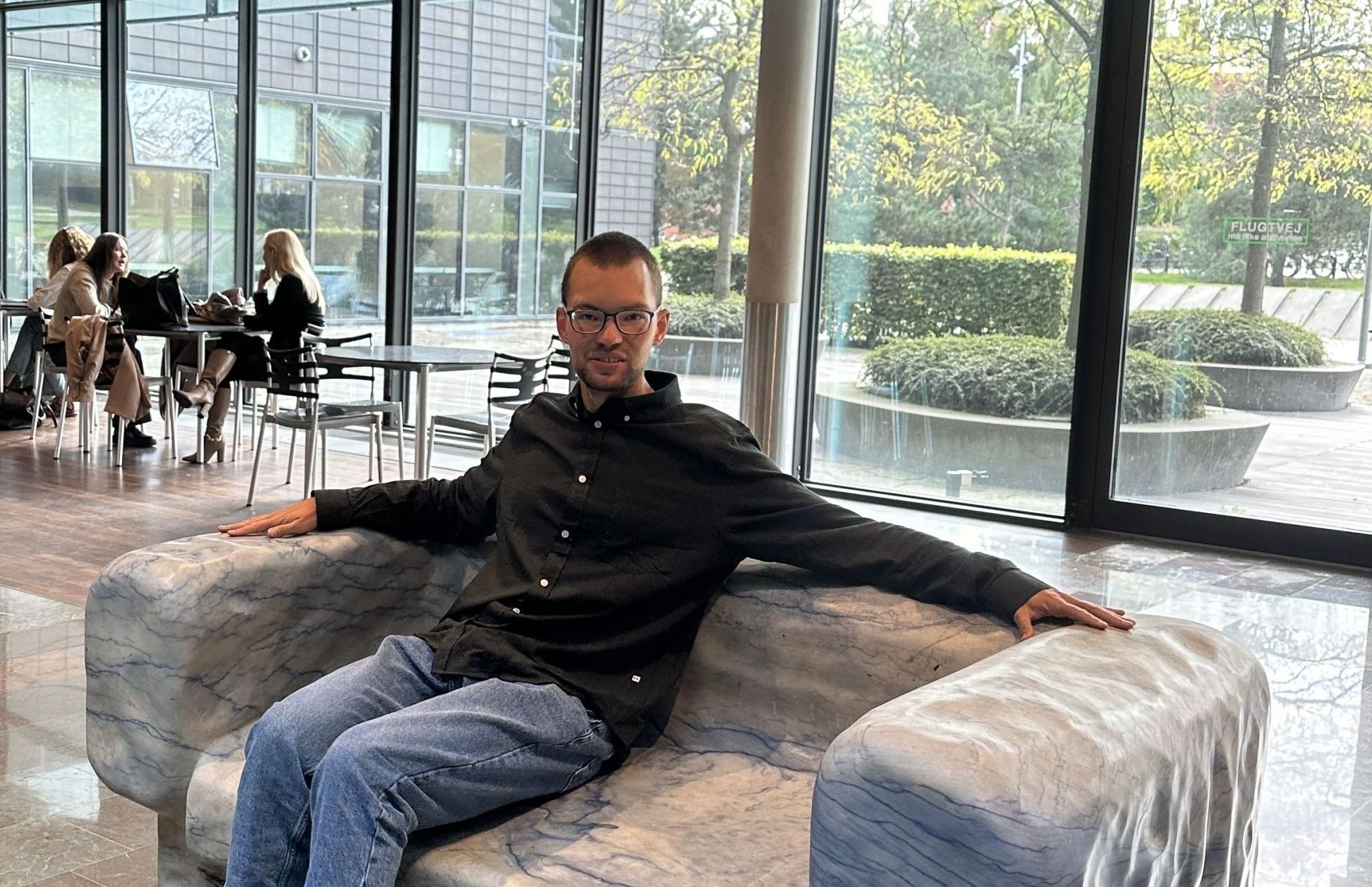
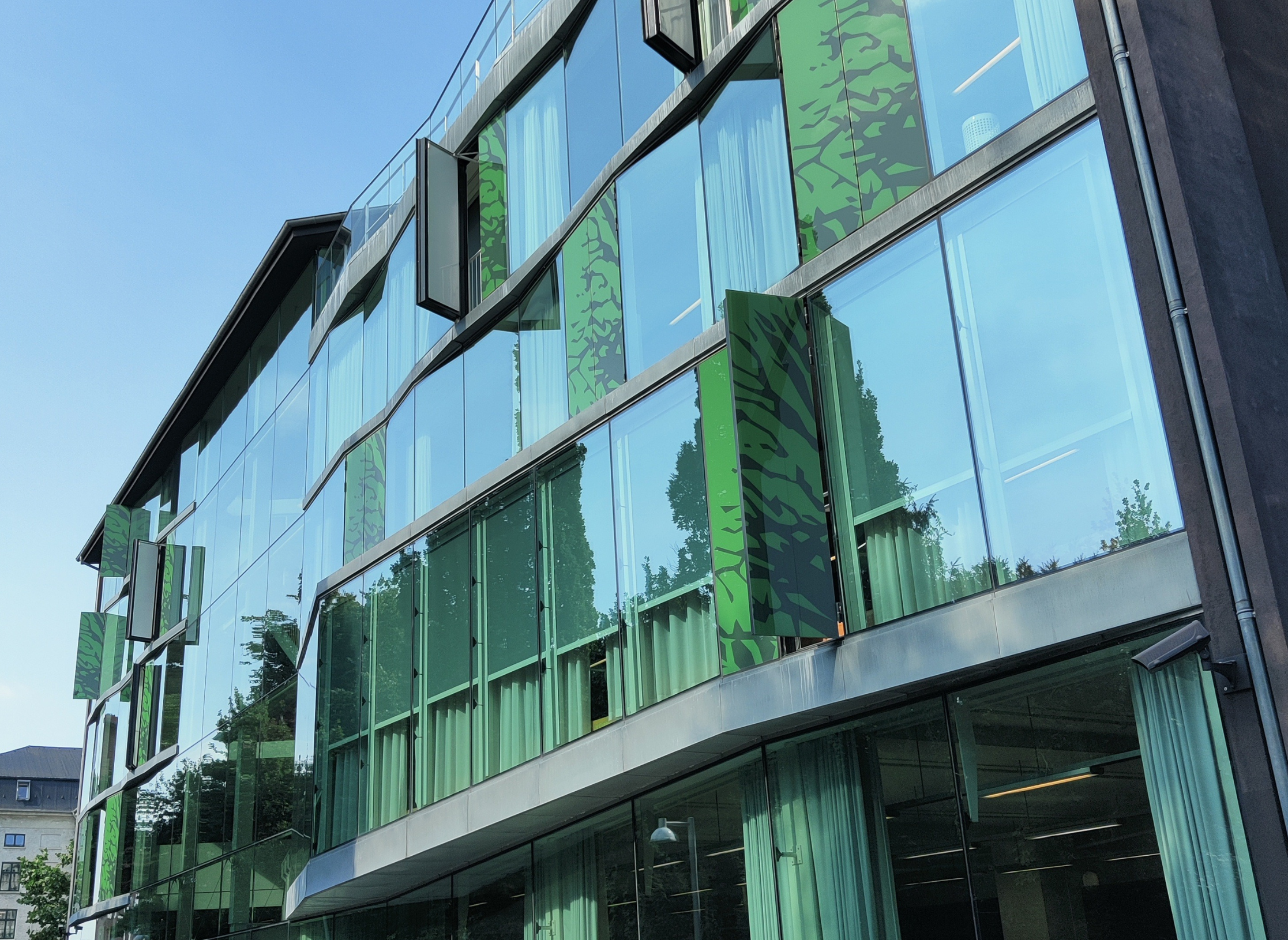


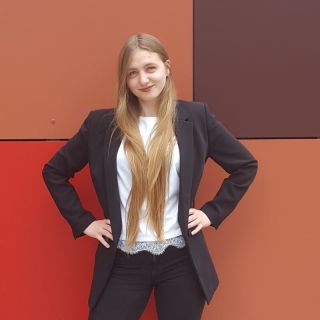



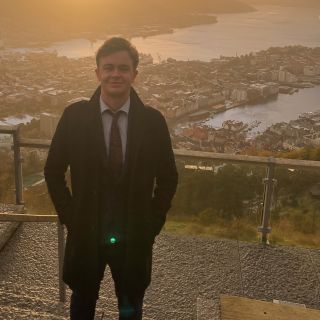


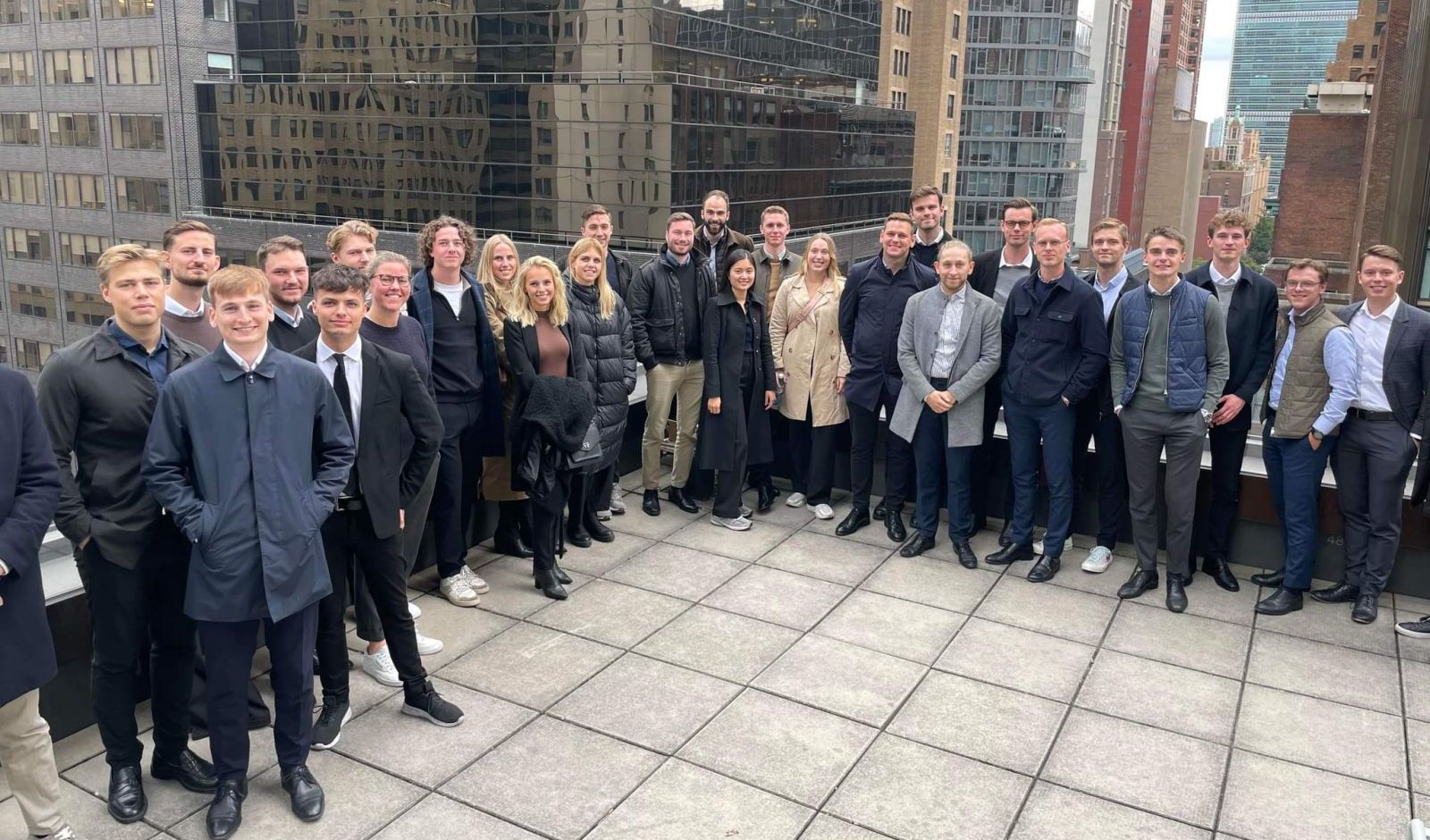
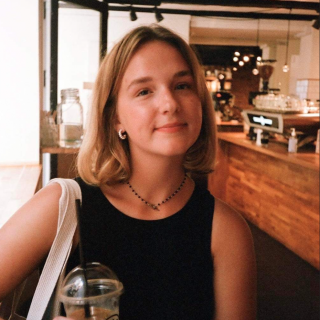


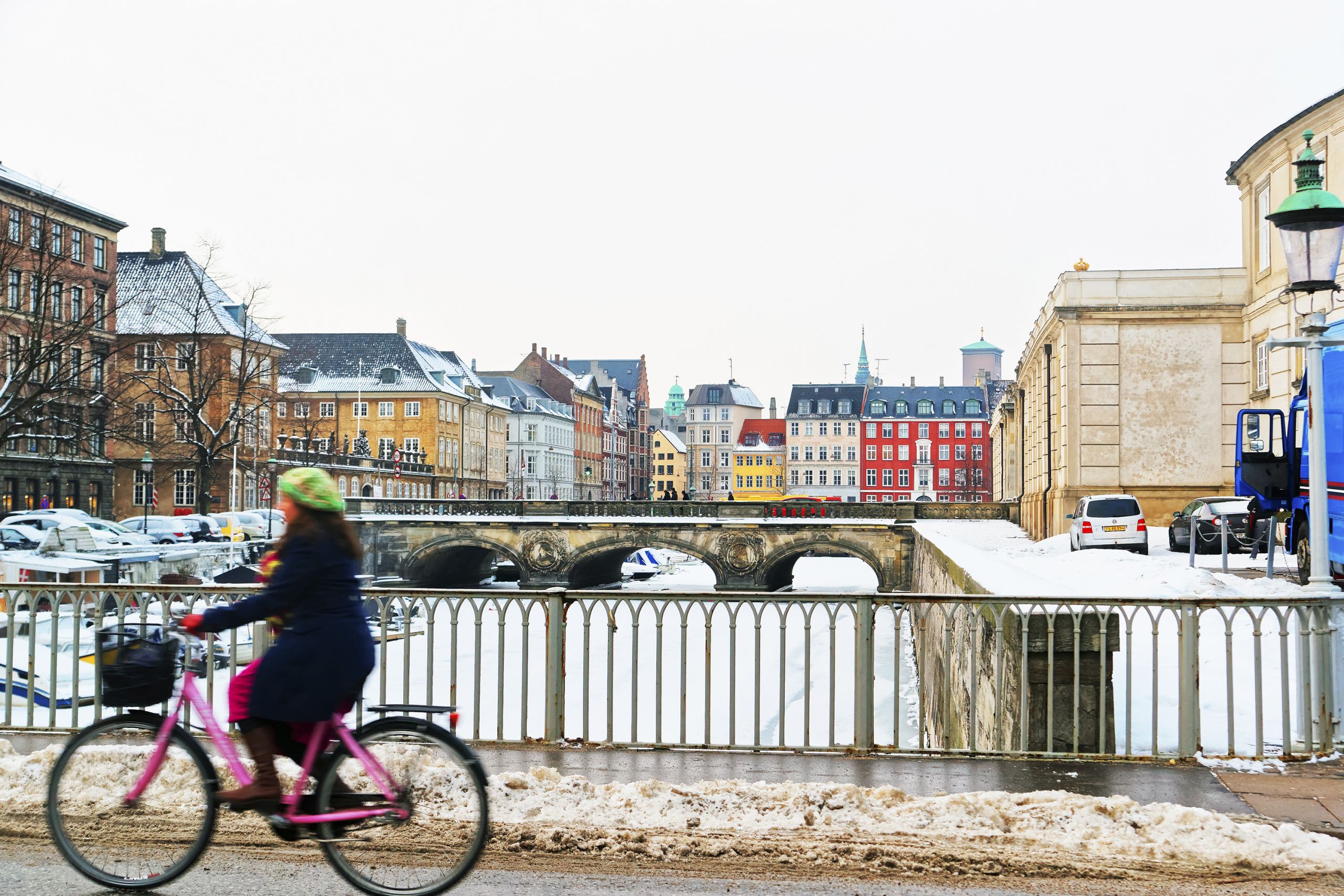
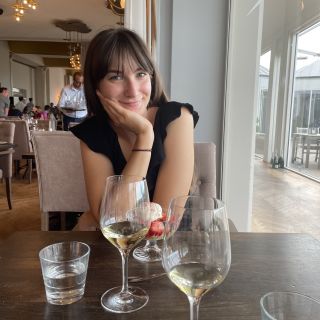
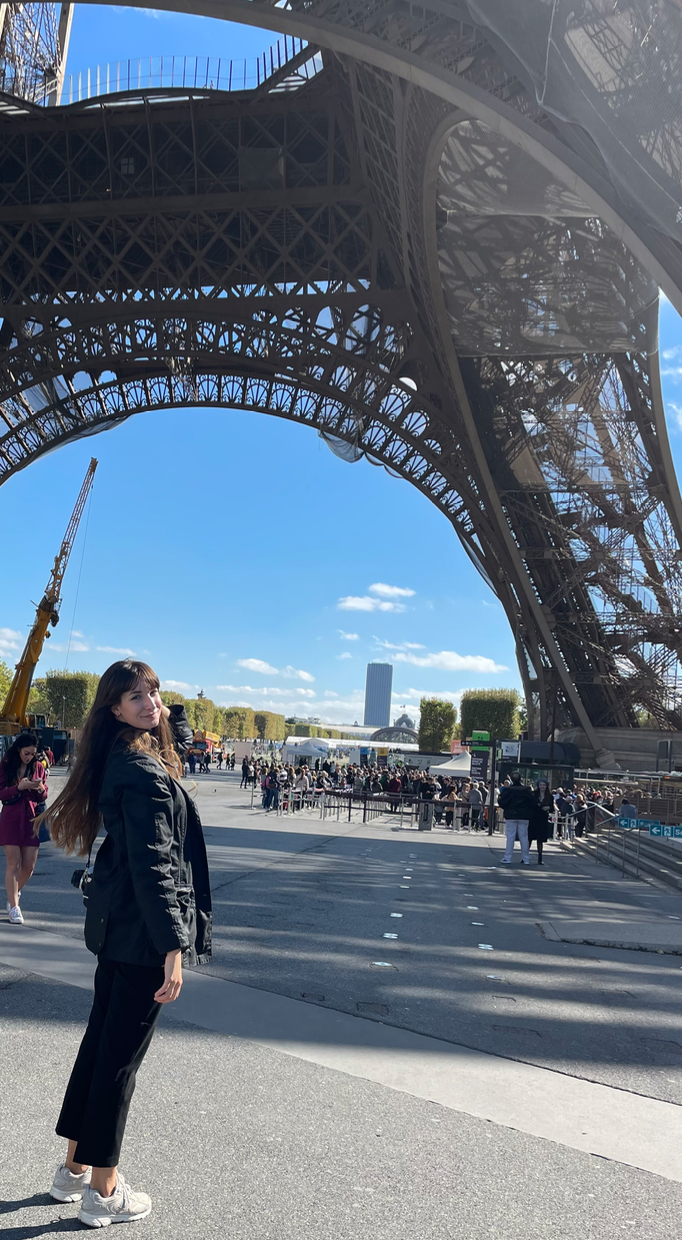
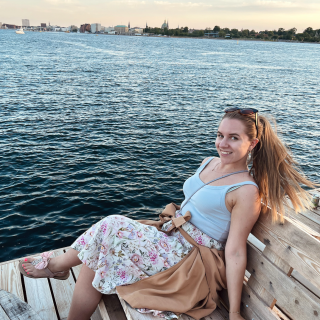


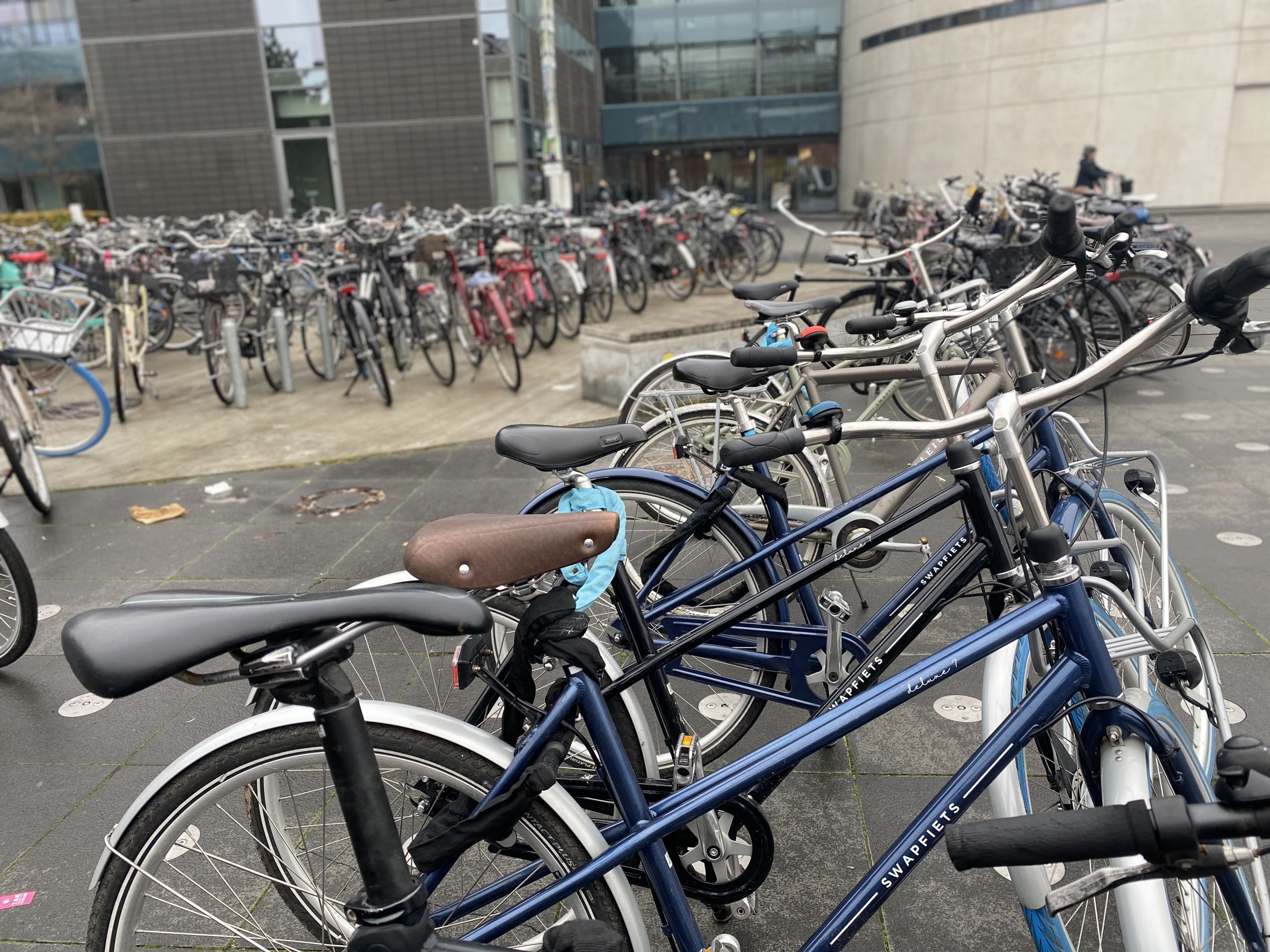
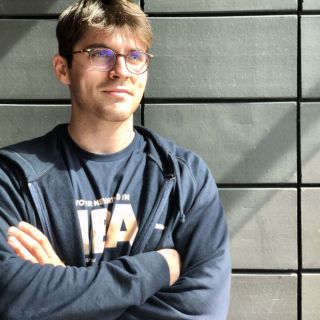
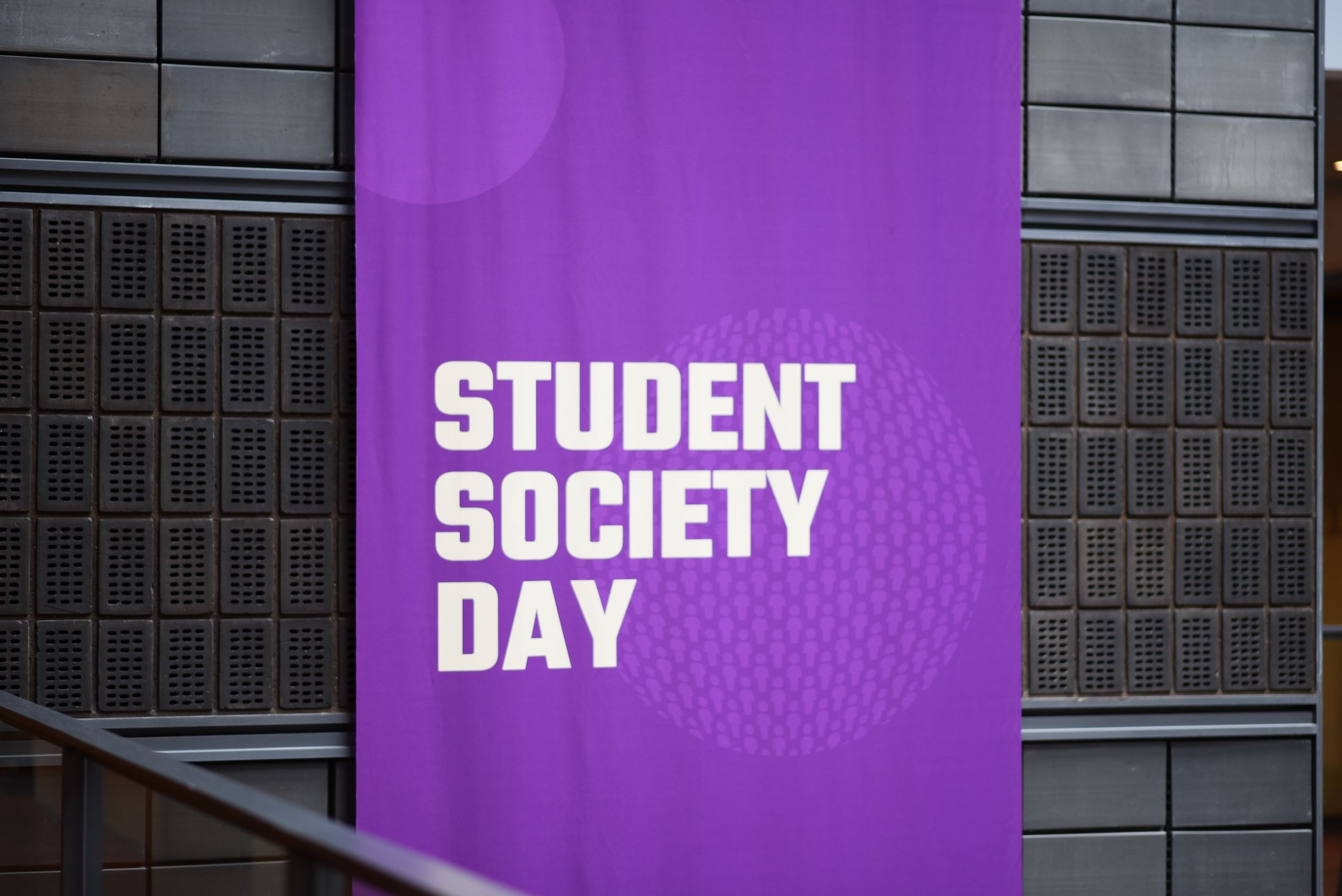
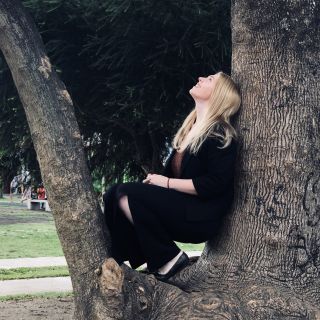
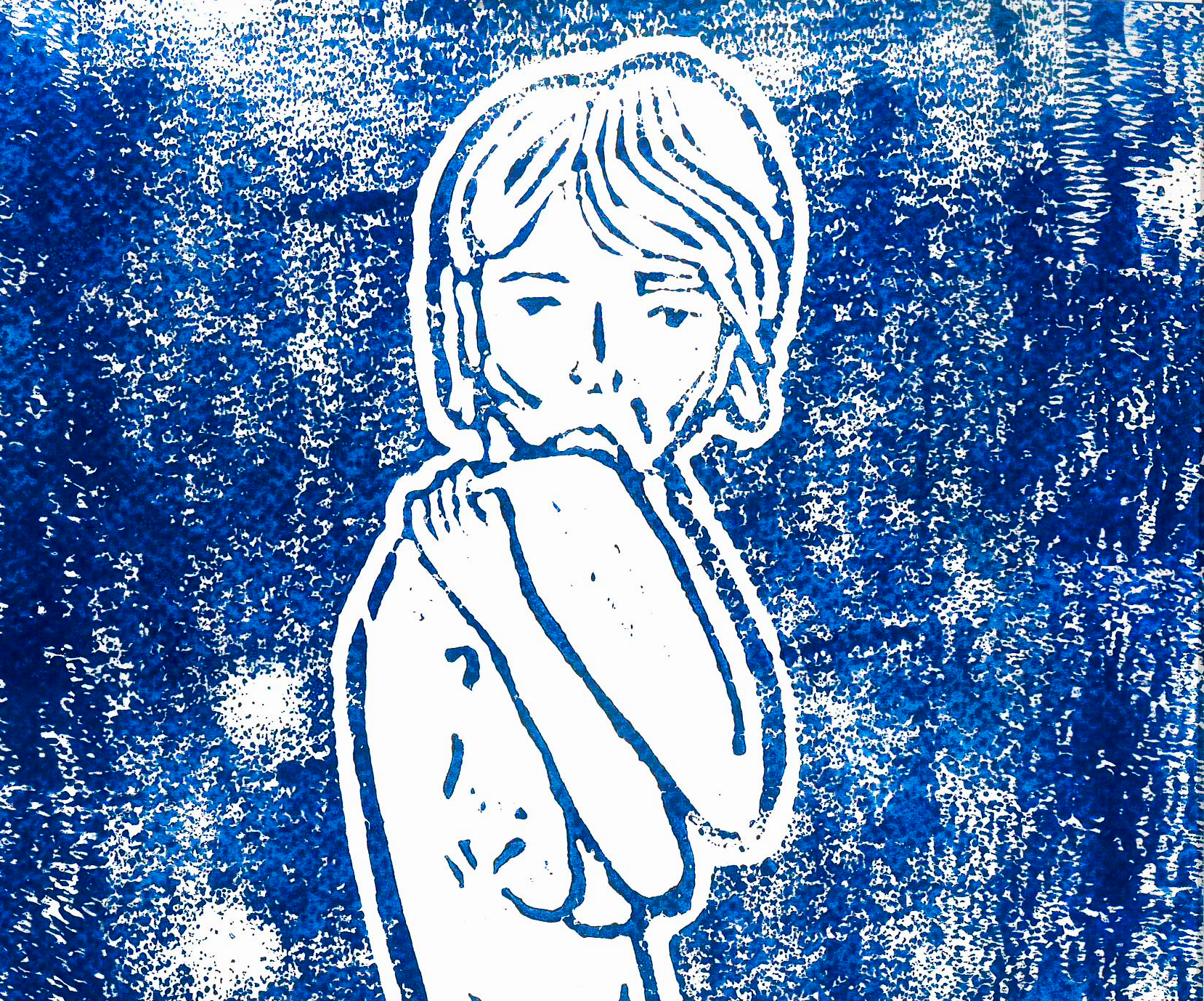





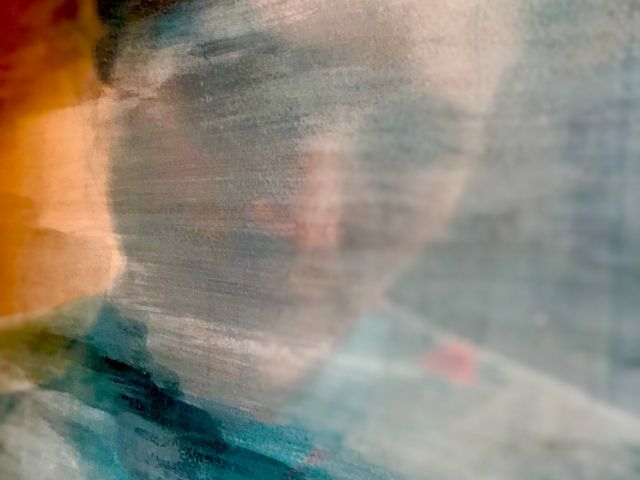

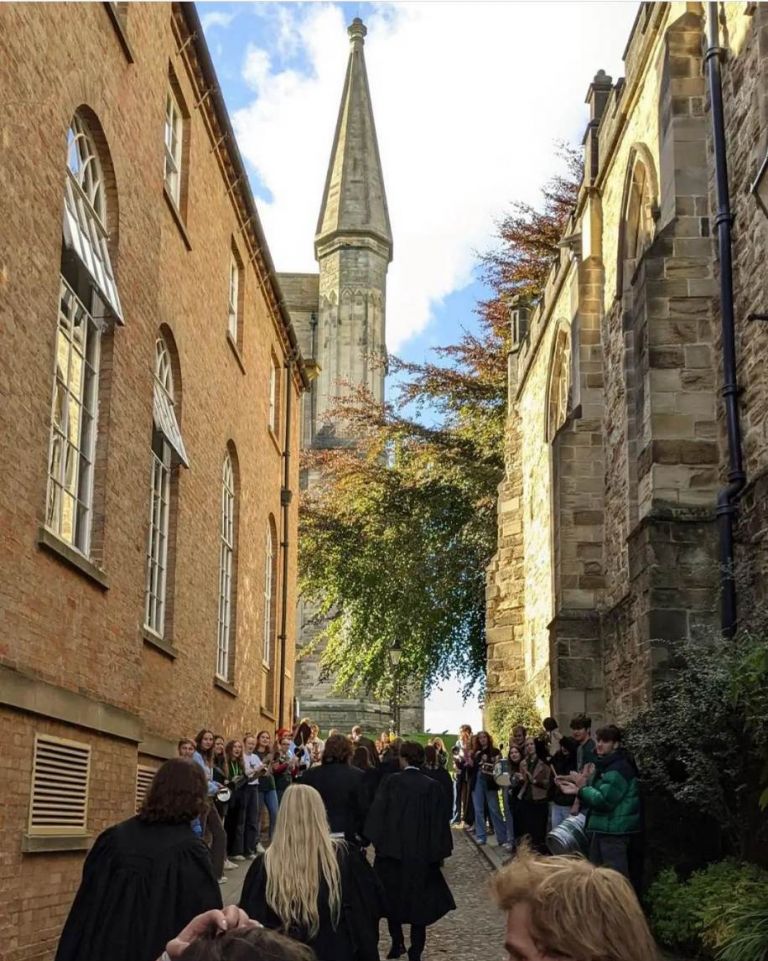

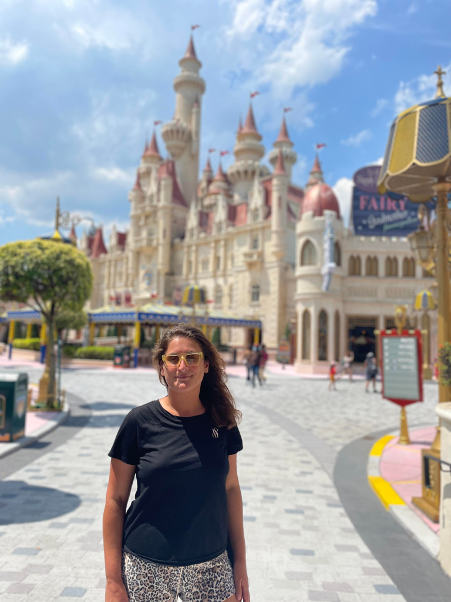





Comments